

The Ultimate 3, 4 or 5 Day Normandy Road Trip Itinerary
Last Updated on February 19, 2024
by Neota Langley
Disclaimer: This article contains affiliate links. That means if you click a link and make a purchase, we may make a small commission. As an Amazon Associate we earn from qualifying purchases. For more information, see our privacy policy.

Located along the northwest coast of France, planning the perfect 3, 4 or 5-day Normandy road trip itinerary is an excellent way to experience this diverse region. Boasting picturesque countryside, charming coastal towns, and iconic landmarks, this is an excellent corner of France to explore.
Whether you’re interested in the history of the D-Day landing beaches, the imposing charms of the Mont Saint-Michel tidal island or want to walk in the footsteps of an impressionist painter, you cannot go wrong with a road trip to Normandy.
Table of Contents
How Many Days in Normandy?
Whether you are hoping to go on a cultural tour of this historically significant region in Northern France or enjoy the picturesque towns and dramatic coastal scenery, you may be wondering how many days to spend in Normandy.
If you only have 3 days for your trip or are passing through as part of a more extended road trip through France, don’t worry. You will still be able to visit the highlights but may have to focus your trip on either the eastern or western side of the region to make the most out of your time.
With 3 days in the Normandy region, you will be able to visit Mont Saint-Michel, Caen and the D-Day landing beaches without feeling rushed.
If you have 4 days in Normandy, you will have time to visit the highlights as well as Honfleur, a charming town on the coast of Normandy that’s known for its picturesque harbour, quaint streets, artistic ambience and the dramatic white cliffs of Étretat.
Ideally, you would spend a full 5 days exploring this varied region. 5 days in Normandy will give you time to visit the highlights as well as a bonus day in Rouen, the historic capital of Normandy, which transports you back in time with its stunning medieval architecture, narrow cobblestone streets, and grand Gothic cathedral.
Those who have more time can continue to explore more of Normandy itself or even head south to explore neighbouring Brittany .

Getting To & Around Normandy
Getting to Normandy is a breeze, with several convenient transportation options available. If you’re travelling from within France, the region is easily accessible by train.
The cities of Caen, Rouen, and Le Havre have well-connected train stations, offering regular services from Paris and other major cities across France. You can view train schedules here.
For those flying in from abroad, the closest international airports are both located on the outskirts of Paris , Paris Charles de Gaulle and Paris Orly.
From there, you can rent a car, drive to Normandy, or take a train to one of the region’s main cities. The train journey from Paris to Normandy takes approximately 1-2 hours, depending on your destination.
If you are visiting from the UK and prefer to take the scenic route, consider taking a ferry. Regular ferry services are operating between UK ports (such as Portsmouth or Dover) and ports in Normandy (such as Ouistreham or Le Havre). It’s a fantastic way to enjoy the sea views and arrives directly in Normandy with your vehicle.
The Eurotunnel is also an option if you are coming from the UK which can be cheaper than the ferry, especially during peak times. However, if you do opt for the Eurotunnel, bear in mind you will have to drive from Calais, which takes around 5 hours.
Taking a road trip in Normandy is the best way to explore this compact region so if you are travelling without your vehicle, you may wish to hire a car. This will allow you time to discover the highlights at your own pace and stumble across the hidden gems along the way.
If you need to rent a car for your trip, you can browse Rentalcars.com which compares prices for major companies.
Normandy has a local network of buses and trains, and the towns and cities are small enough to explore on foot once you have arrived. There is a direct train between the two main cities, Rouen and Caen, but travelling using public transport to the smaller villages can be more fragmented with several changes giving you less time to explore your destination.
If you don’t have access to a vehicle, you may want to consider staying in Paris and taking guided day tours out to Normandy to explore the D-Day sights or Mont Saint Michel.

3, 4 or 5-Day Normandy Itinerary
On this Normandy road trip, we are taking you on a journey from west to east along the region, starting with Mont Saint Michel and ending in the picturesque city of Rouen.
The climate of this region is much the same as the southern corner of the UK, they are close neighbours looking out at one another across the English Channel. During the summer months, you can expect glorious sunshine, long summer evenings and pastel sunsets, but be aware the main attractions can get busy during the peak times.
Spring is a beautiful time to visit, with flowers exploding into bloom after a long winter. The crowds have yet to arrive and you can often enjoy the highlights all to yourself.
The autumn and winter months can be wild, windy and wet so if you are hoping to wander through the streets, stand tall on the white cliffs and take the bridge across the Mont Saint Michel, you may want to avoid these seasons – or pack a decent waterproof.
Day 1 – Mont Saint-Michel
Mont saint-michel village.
You’ll find the captivating rocky mound of Mont Saint-Michel, North of the Normandy coastline, where the Breton coast meets the Couesnon River. With its abbey dating back to the 8th century, this island is one of the Western world’s most ancient Christian pilgrimage sites.
Today, Mont Saint-Michel is a world UNESCO heritage site and is France’s second most visited tourist attraction, pipped to the post by the Eiffel Tower in Paris.
Arrive at Mont Saint-Michel early to beat the crowds, parking spaces can be limited so if you are arriving by car, set the alarm early to avoid disappointment.
If you are arriving by train, head to Pontorson, the closest station to the Mont-Saint-Michel, and then take the free shuttle bus. You can walk across to the island in around 50 minutes, but there is a free shuttle bus from the car park.
Mont Saint Michel is a tidal island and although there is a bridge connecting the island to the mainland, during high tide times eg. spring tides, the bridge can become fully or partially submerged, so check tide times before you set off.
Start your day in the picturesque village, wandering through its narrow streets and admiring medieval architecture. Then, spend some time exploring the shops and boutiques, where you can find souvenirs, local crafts, and tasty treats such as buttery biscuits and cider.
Grab a coffee and a croissant from an artisan boulangerie in the village centre before heading up to the Abbey.

Mont Saint-Michel Abbey
Mont Saint-Michel Abbey, perched atop the rocky island, is a magnificent architectural masterpiece. Dating back to the 8th century, it showcases stunning Gothic design and houses intricate chapels, grand halls, and a beautiful cloister.
Make sure to buy your tickets in advance and download them onto your phone on the mainland as internet connectivity is patchy on the island itself.
Enjoy a delicious lunch at one of the charming restaurants on the island, savouring local specialities like salted lamb or a fresh seafood dish.
Mont Saint Michel is a fortified village, meaning it is surrounded by medieval ramparts. Spend the afternoon walking around these ramparts for a scenic tour of the island with excellent views of the bay. You can also take a walking tour of the area.
This is a spectacular way to enjoy the sunset, especially if you can get up to one of the towers – North Tower, Gabriel Tower or Tour du Roi.
You can either spend the night on the island or head back to a nearby village for more budget-friendly accommodation, such as the historic town of Avranches or the charming coastal town of Cancale, known for its oysters.

Where to Stay in Mont Saint-Michel
Hôtel Vert – Mid-range visitors to Mont Saint-Michel will love this comfortable hotel just outside of the tidal island. They have a range of rooms on offer, breakfast available in the mornings and a great restaurant/bar on site.
Le Relais Saint Michel – Those looking for a high-end option close to Mont Saint-Michel will love this 4-star hotel. Overlooking the bay of Mont Saint-Michel, many rooms have panoramic views of the tidal island and the hotel also offers a shuttle service to and from the attraction.
La Ramade – This hotel in the town of Avranche makes for another great base for exploring Mont Saint-Michel. They have a beautiful location in an old mansion, a number of lovely rooms to choose from, free parking for guests and a fabulous breakfast each morning.
Edd Hostel – Budget and solo travellers will love this highly-rated hostel located within easy reach of Mont Saint-Michel. Offering both dorms and private rooms, they also operate shuttle services to Mont Saint-Michel along with Saint-Malo and Dinan in Brittany.
Not quite what you’re looking for? Click here to browse more Mont Saint-Michel hotels!
Day 2 – Caen
Château de caen.
Caen is a vibrant city, a captivating blend of ancient history and modern vitality. The city showcases its medieval past with picturesque cobblestone streets and charming timber-framed houses.
Begin your day in Caen by visiting the magnificent Château de Caen. Built by William the Conqueror, it stands as a testament to medieval architecture and history. Explore its imposing walls, towers, and ramparts, and delve into the castle’s rich past as a symbol of power and conquest.
Abbaye-aux-Hommes
Next, take a short stroll over to Abbaye-aux-Hommes, another architectural marvel founded by William the Conqueror. This abbey showcases Romanesque design and houses the tomb of the legendary king.
Admire its grandeur, explore its serene interior, and immerse yourself in the rich history and spiritual significance of this iconic Norman landmark.

After enjoying some of the city’s awe-inspiring architecture, head over to stroll through the picturesque streets of Caen’s Old Town, known as the Vaugueux Quarter. Admire the charming half-timbered houses, quaint shops, and cosy cafes.
The old town is the perfect spot to stop for lunch. Enjoy one of Caen’s charming restaurants, indulging in local specialities such as tripe à la mode de Caen (a traditional dish) or delicious seafood. If you have a sweet tooth, opt for a wafer-thin crepe at Crêperie l’Instant.
Memorial Museum
Take the afternoon to explore the exhibits of the Memorial Museum, dedicated to the events of World War II and the Battle of Normandy. Explore the extensive exhibits, including interactive displays and powerful testimonials.
This is the perfect opportunity to delve into the history of the 1944 D-Day landing beaches before taking a tour on day 3. You can book tickets in advance here.
Where to Stay in Caen
Hôtel Mary’s – Located in the centre of Caen, this hotel is a great option for mid-range visitors. Offering a range of clean and comfortable rooms, they have a great continental breakfast available each morning.
Clos Saint Martin – This bed and breakfast is located in a 16th-century mansion in the centre of Caen. Perfect for those looking for a boutique, upmarket stay, there are a range of lovely rooms to choose from along with a hearty breakfast on offer in the mornings.
City’O aparthotel – This aparthotel is a good option for those looking for a great self-catering option in Caen. They have a number of fully-furnished flats available and a great location for exploring all this lovely little city has to offer.
Not quite what you’re looking for? Click here to browse more Caen hotels!

Day 3 – D-Day Beaches
Omaha beach.
A must-visit on any itinerary for Normandy, day 3 brings us to the hallowed grounds of the D-Day beaches. If you only have 3 days in the region, this is a highlight and is the perfect way to round off your trip.
These shores, locations of the historic World War II invasion, bear witness to the bravery and sacrifice of the Allied forces. Immerse yourself in the stories of courage and resilience that unfolded on these beaches, forever shaping history.
The best way to visit the D-Day beaches is by road trip, with your own vehicle you can take your time, visiting the beaches at your own pace. However, if you don’t have access to a car, several guided group day trips or private D-Day tours are available from Paris or from nearby towns – such as this day tour from Bayeux.
Start your day by heading to Omaha Beach, one of the most significant D-Day landing sites. Visit the Omaha Beach Memorial Museum to learn about the Allied forces’ heroic efforts and the challenges they faced during the invasion.
Pointe du Hoc
Continue to Pointe du Hoc, a strategic location where U.S. Army Rangers scaled cliffs to neutralise German artillery. Explore the well-preserved bunkers and enjoy panoramic views of the coastline.
After taking a short lunch stop to enjoy a packed lunch or a bite to eat at one of the local restaurants, make your way to the American Cemetery and Memorial in Colleville-sur-Mer. Pay your respects at the solemn gravesites and reflect upon the sacrifices made by the soldiers.

Arromanches-les-Bains
Next, visit the Arromanches-les-Bains and the Mulberry Harbor remains. Discover the innovative engineering behind the artificial port and its vital role during the Normandy invasion.
If time allows, visit the Juno Beach Centre, dedicated to Canada’s contribution to the D-Day landings. Explore the exhibits and gain insight into the experiences of Canadian soldiers.
As the sun goes down, take a moment to reflect on the beaches themselves, where history unfolded. Then, you can either head back to Caen to spend the night or head on to Honfleur, our destination for day 4.
Alternatively, if you have more time, you can also visit the town of Bayeux on the way back. This is currently home to the Bayeux Tapestry which depicts the 1066 Norman Conquest and dates back to the 15th Century.
Day 4 – Honfleur
Honfleur .
Honfleur is a charming old port town known for its picturesque harbour, vibrant art scene, and quaint streets lined with colourful half-timbered houses.
Spend the morning wandering around Vieux Bassin, the heart of the port. Quaint buildings, artisan shops, bakeries and restaurants line the street, looking out on the harbour. You can organise a walking tour if you prefer.
Honfleur is pretty as a picture and has long been an artistic haven. Museums and galleries showcase masterpieces that pay homage to its Impressionist heritage. Notably, the birthplace of Eugène Boudin, mentor to Claude Monet, Honfleur holds pride in its connection to these renowned artists.
You’ll find numerous galleries across the town, but if you don’t feel like meandering through a gallery, you’ll often find artists set up with easels along the Vieux Bassin, painting the waterfront scenes just as the impressionists did 200 years before them.
Honfleur’s most famous landmark is the largest wooden church in France, Église Sainte Catherine. A short walk away from the hustle and bustle of the harbour, the church is free to enter and the interior is a marvel of craftsmanship.
The church was built by shipbuilders in the 15th century using wood from local forests. Don’t forget to look up at the unique ceiling which looks like two upside-down ships’ hulls.

Grab a picnic from Honfleur, a variety of local delights such as Camembert and Pont-l’Évêque Cheese or a slice of Tarte Tatin (caramelised apple tart) and take a drive out to the dramatic white cliffs of Étretat. You can also take a bus from Honfleur to Étretat with a change in La Havre.
Nestled along the picturesque cliffs of the Alabaster Coast in Normandy, Étretat is a charming seaside village renowned for its breathtaking natural beauty. Its iconic white chalk cliffs, including the majestic formations of the Falaise d’Amont and Falaise d’Aval, have inspired countless artists and writers throughout history.
Take a leisurely stroll along the promenade, admiring panoramic views of the English Channel and the famous Arch and Needle rock formations. Then, for the best view of the Needle Rock and Elephant Trunk, head up to the cliff paths and take a hike out of the village.
The views from either end are breathtaking, but Falaise Aval offers better views of the needle and the third arch, making it the most popular route.
Spend the evening in the sunshine sitting out on a restaurant terrace in the village. Normandy is known for its apple orchards, so make sure to sample some local cider with your dinner or try some apple brandy, known as calvados.
If you only have 4 days, this is the perfect way to round off your trip.

Where to Stay in Honfleur
B&B Le Fond de la Cour – This cosy bed and breakfast makes for the perfect mid-range base in Honfleur. They have a number of lovely rooms on offer, a delightful garden courtyard and terrace, and a wonderful breakfast in the mornings.
A L’ecole Buissonniere – Another rustic yet comfortable bed and breakfast, this is a great place to base yourself in Honfleur. They have a number of comfortable rooms on offer, a wonderful breakfast available in the morning and a great location.
La Petite Folie – Situated in the historic centre of Honfleur, this modern bed and breakfast is a great choice for those looking for a comfortable base in this area of Normandy. They have a number of great rooms to choose from and plenty of amenities for guests.
Not quite what you’re looking for? Click here to browse more Honfleur hotels!
Day 5 – Rouen
Rouen cathedral.
Welcome to Rouen, the historic capital of Normandy, France. This enchanting city, steeped in rich history and architectural splendour, boasts magnificent Gothic cathedrals, charming cobblestone streets, and a vibrant cultural scene.
Start your day in Rouen by visiting the magnificent Rouen Cathedral, a masterpiece of Gothic architecture immortalised by Claude Monet’s paintings. Admire the intricate facade and explore the interior, including the stunning stained glass windows.
During the summer months, make sure to return to the cathedral at dusk, as it transforms into a sound and light show. The themes change regularly, ranging from Joan of Arc, the Viking adventure or the impressionist movement.
Explore the Historic Centre
Next, take a stroll through the charming streets of the historic centre, making your way to the Gros Horloge, an iconic 14th-century astronomical clock. The clock’s mechanism is thought to be one of the oldest in France, the movement having been made in 1389.
Spend the early afternoon exploring the Rue du Gros-Horloge, a vibrant street lined with shops and cafes. Indulge in retail therapy or relax at a sidewalk café while enjoying the lively atmosphere. You take a walking tour of the area.
This is the perfect place to stop for lunch at one of Rouen’s cosy bistros, savouring local specialities such as duck confit, creamy Normandy cheeses, or a savoury galette.

Musée des beaux-arts de Rouen & Musée Le Secq des Tournelles
After lunch, take your pick from several world-class museums and galleries. Visit the Musée des beaux-arts de Rouen (Fine Arts Museum of Rouen), home to the second-largest collection of Impressionist works in France.
For a more unusual artistic experience, the Musée Le Secq des Tournelles is a must-visit. Home to unusual, ornate pieces of wrought ironwork.
Ordinary objects like hinges, tools, signs, locks, and cutlery undergo a surreal transformation, resembling works of art straight out of the Surrealist movement. They metamorphose into whimsical faces, intricate swirling patterns, and animal-like forms.
Joan of Arc Square
If art is not your thing, head to the Joan of Arc Square and the Church of Saint Joan of Arc, an open-air museum experience dedicated to retelling the story of Saint Joan of Arc. This is a truly immersive experience with projected images and films on the building’s stone walls.

Seine River Cruise
If you have time, taking a boat trip on the Seine River is a wonderful way to view the city and Normandy countryside from a different perspective to bring your 5 days in Normandy to a close.
Leaving from Rouen, embark on a 1.5-hour sailing around the marina. Learn about the history of the area with a local guide, before returning to the docks.
Those who have a bit more time or are heading back to Paris from here may love to stop in the town of Giverny, which was once home to impressionist painter Claude Monet.
Normandy is a diverse region, with bags of history and culture to discover alongside the beautiful French countryside. Whether you are lucky enough to have 5 days to explore Normandy or are only passing through, you’re bound to be enchanted by this region. So pack your picnic, and hit the road for a Normandy road trip you’ll never forget.
Are you planning to visit Normandy? Have any questions about this itinerary? Let us know in the comments!

Related Posts:

One Day in Biarritz Itinerary: Day Trip from San Sebastian

The Perfect Champagne Day Trip from Paris

The Perfect Carcassonne Day Trip from Toulouse

About Neota Langley
Neota is a writer for The World Was Here First. Born and bred in Cornwall, she can usually be found with hiking boots on, ready to embark on an adventure. For the last 6 years, she has travelled throughout Europe in her self-built campervan with her trusty canine companion, Ivy. She loves exploring France, the Nordics and spending time in Alpine destinations.
Day 5 – Rouen
Seine River Cruise – we are travelling this coming May and are following your suggestions. Do you know the name of the Co. we could book a tour with? Thank you Jane Canada
Leave a Comment Cancel reply

© Thierry Houyel/Normandy Tourism

Check out this year's Best in Travel winners
From the Norman invasion of England in 1066 to the D-Day landings of 1944, Normandy has long played an outsized role in European history. This rich and often brutal past is brought vividly to life by the spectacular and iconic island monastery of Mont St-Michel; the incomparable Bayeux Tapestry, world-famous for its cartoon scenes of 11th-century life; and the transfixing cemeteries and memorials along the D-Day beaches, places of solemn pilgrimage.
Best Things to Do
Leave the planning to a local expert.
Experience the real Normandy. Let a local expert handle the planning for you.
Attractions
Must-see attractions.
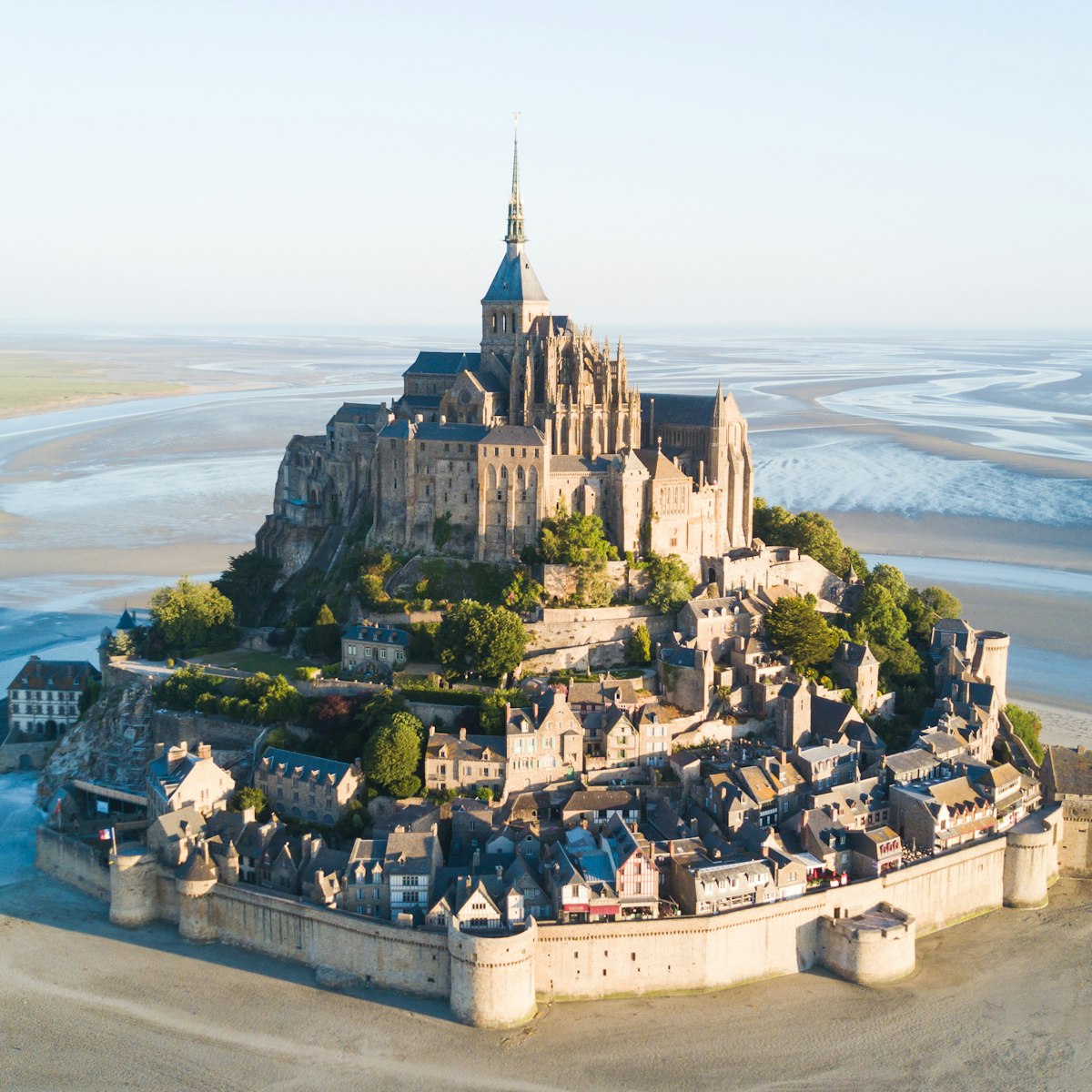
Abbaye du Mont St-Michel
Mont St-Michel
Mont St-Michel's one main street, the Grande Rue, leads up the slope – past souvenir shops, eateries and a forest of elbows – to the star attraction of a…
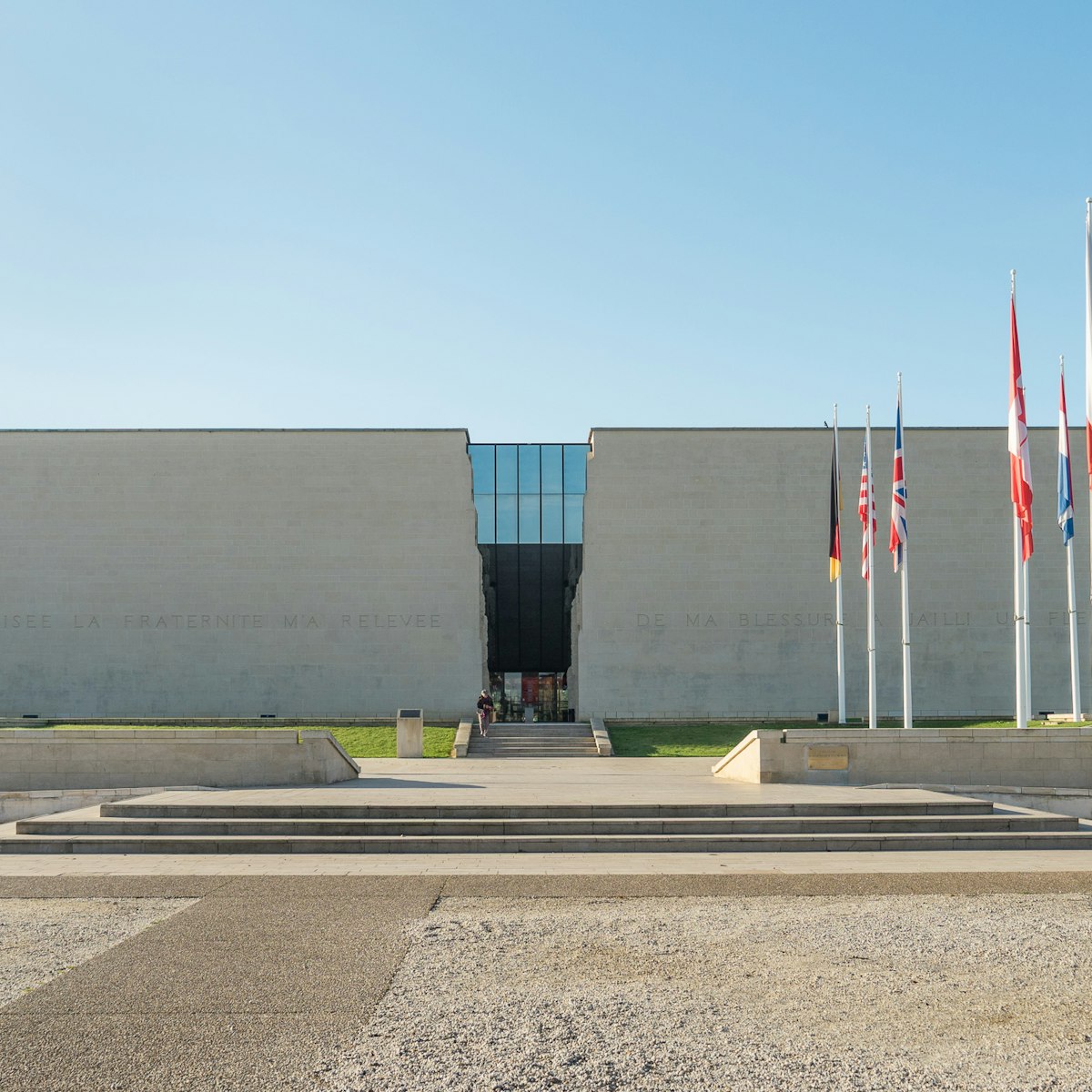
Le Mémorial – Un Musée pour la Paix
For a very insightful and vivid account of the entire war, with special focus on the Battle of Normandy, Le Mémorial is unparalleled – it's one of Europe…
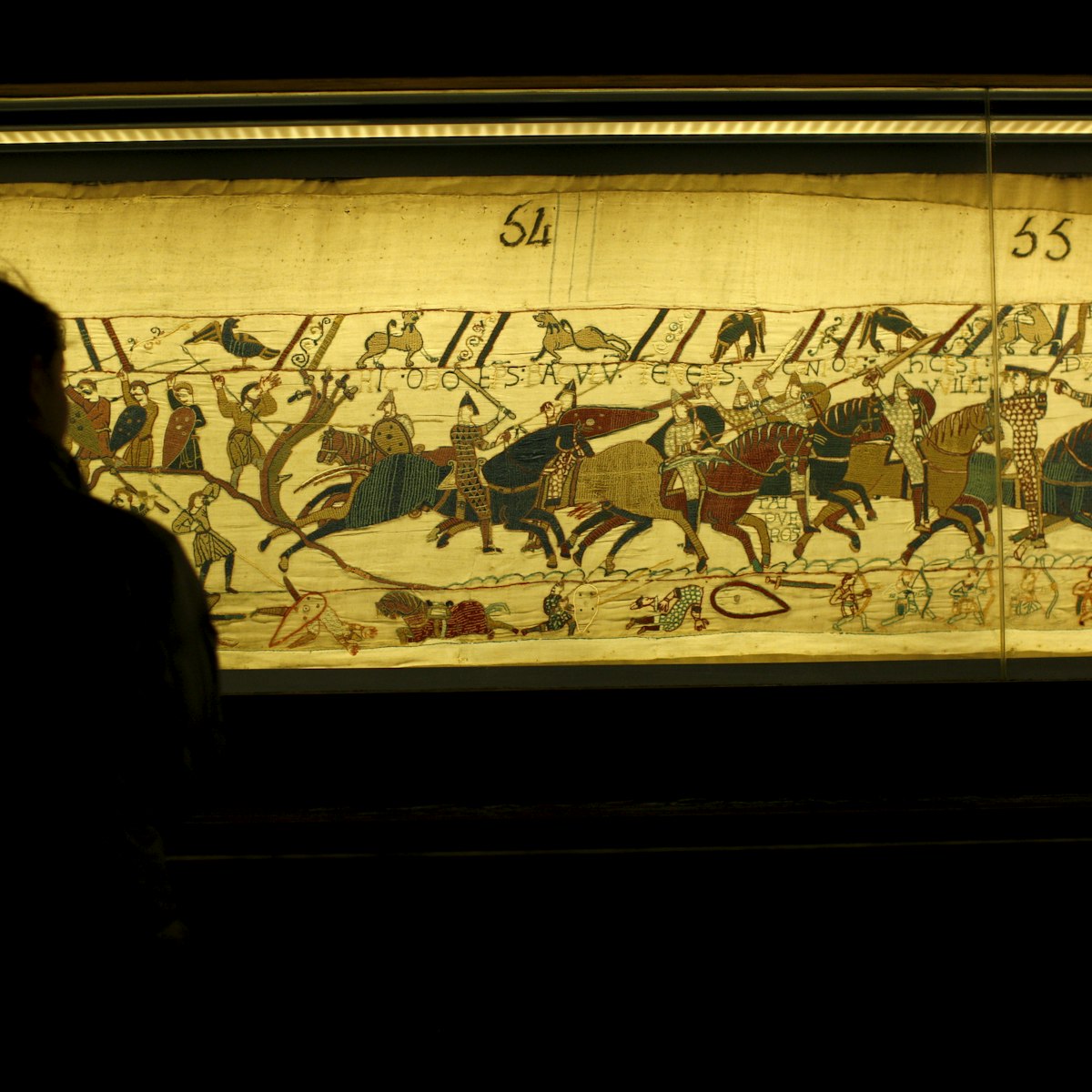
Bayeux Tapestry
The world’s most celebrated embroidery depicts the conquest of England by William the Conqueror in 1066 from an unashamedly Norman perspective…
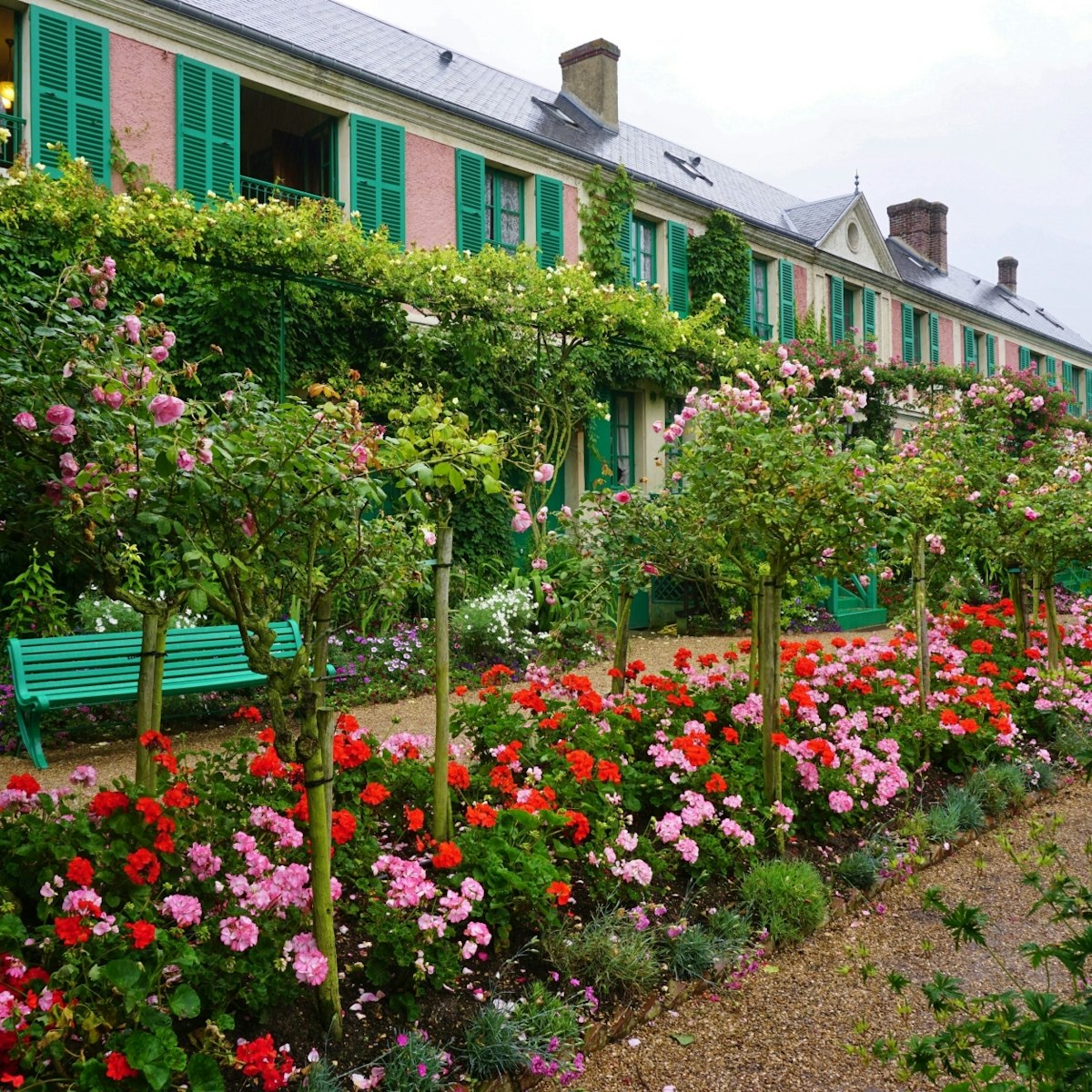
Maison et Jardins de Claude Monet
Monet’s home for the last 43 years of his life is now a delightful house-museum. His pastel-pink house and Water Lily studio stand on the periphery of the…
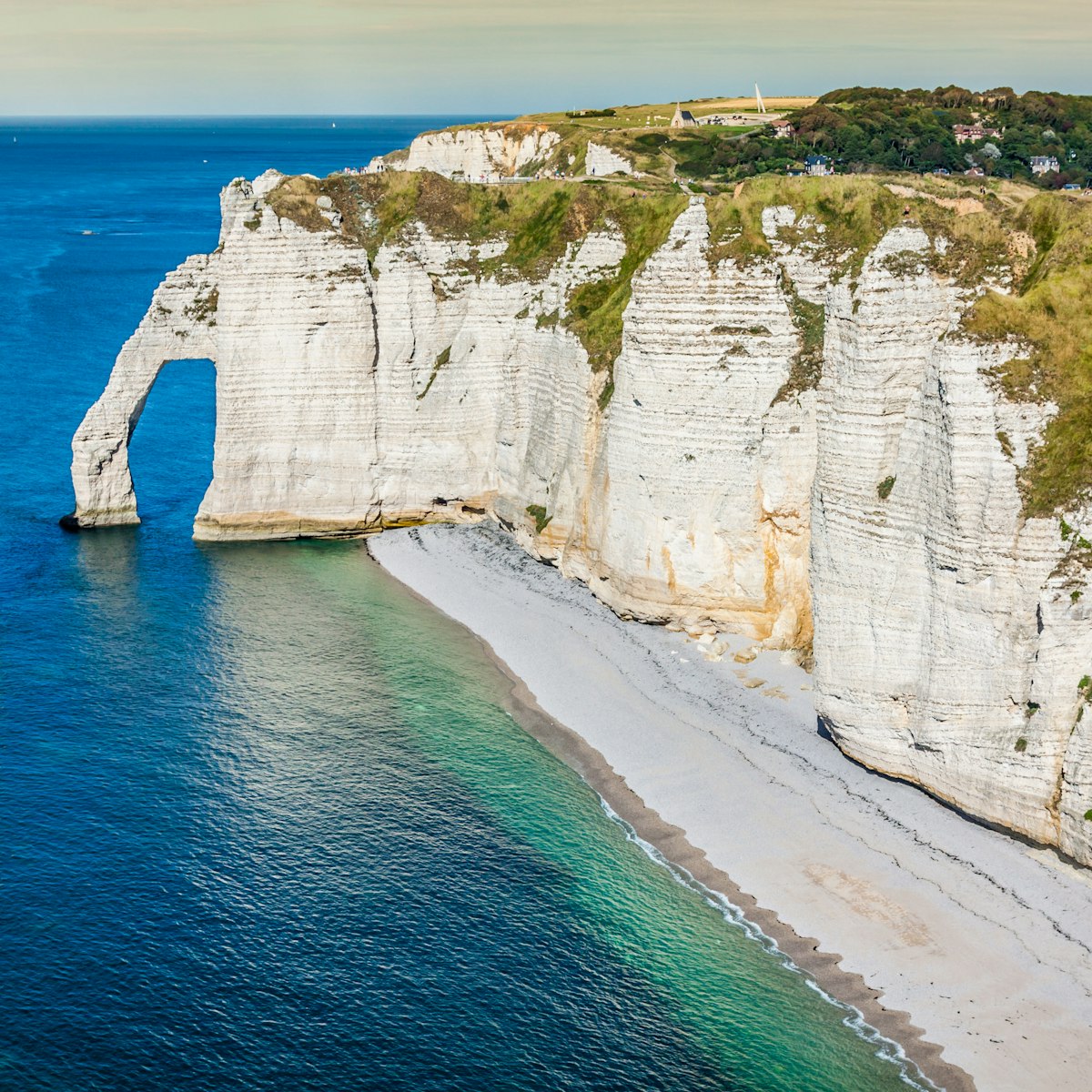
Falaise d’Aval
It's impossible to miss this cliff, as the shingle beach bends around off to the southwest, with its natural arch and solitary needle. You will spy…

Les Maisons Satie
This unusual and intriguing complex captures the whimsical spirit of the eccentric avant-garde composer Erik Satie (1866–1925), who lived and worked in…
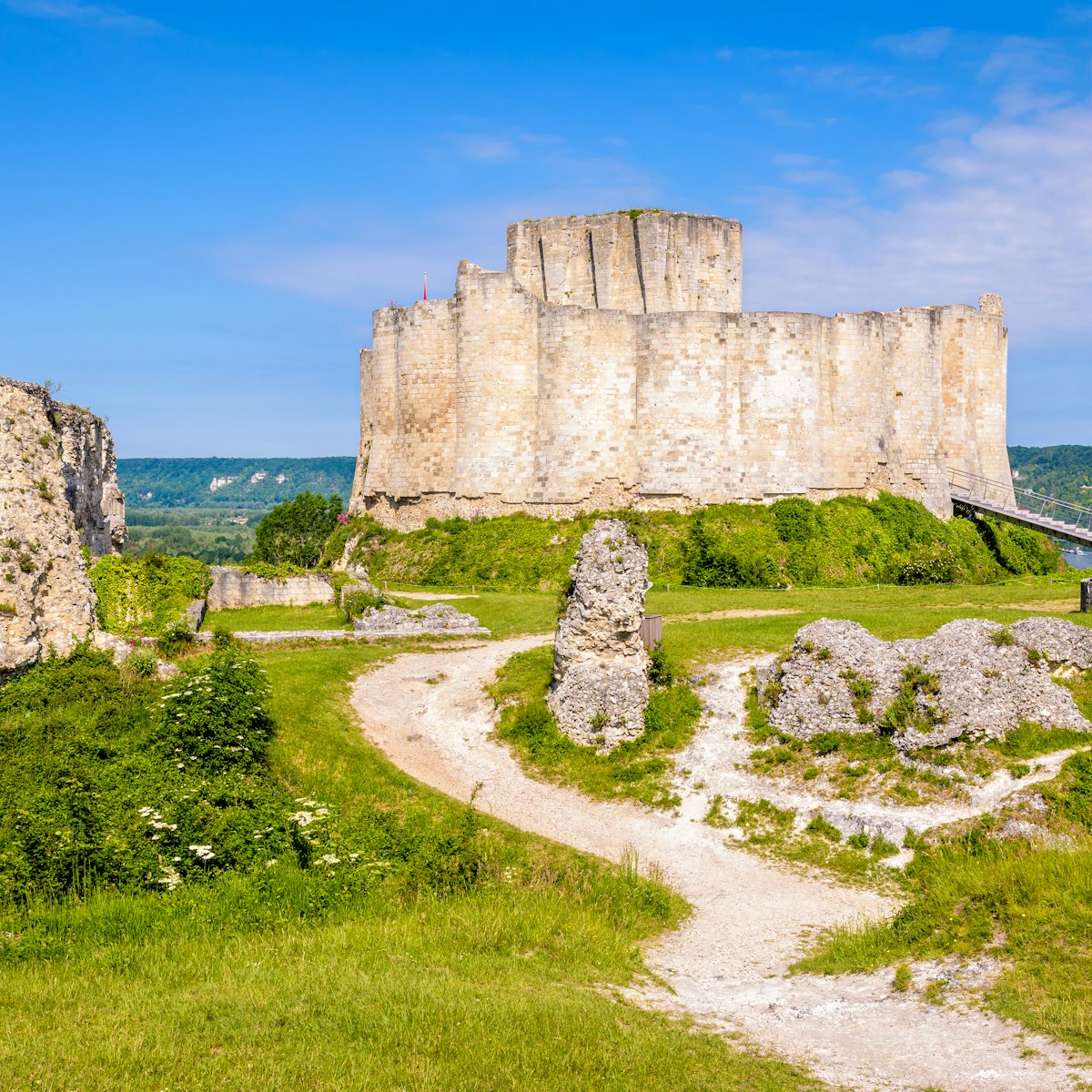
Château Gaillard
Under Richard the Lionheart's command, Château Gaillard was built with unbelievable dispatch between 1196 and 1198, securing the western border of English…
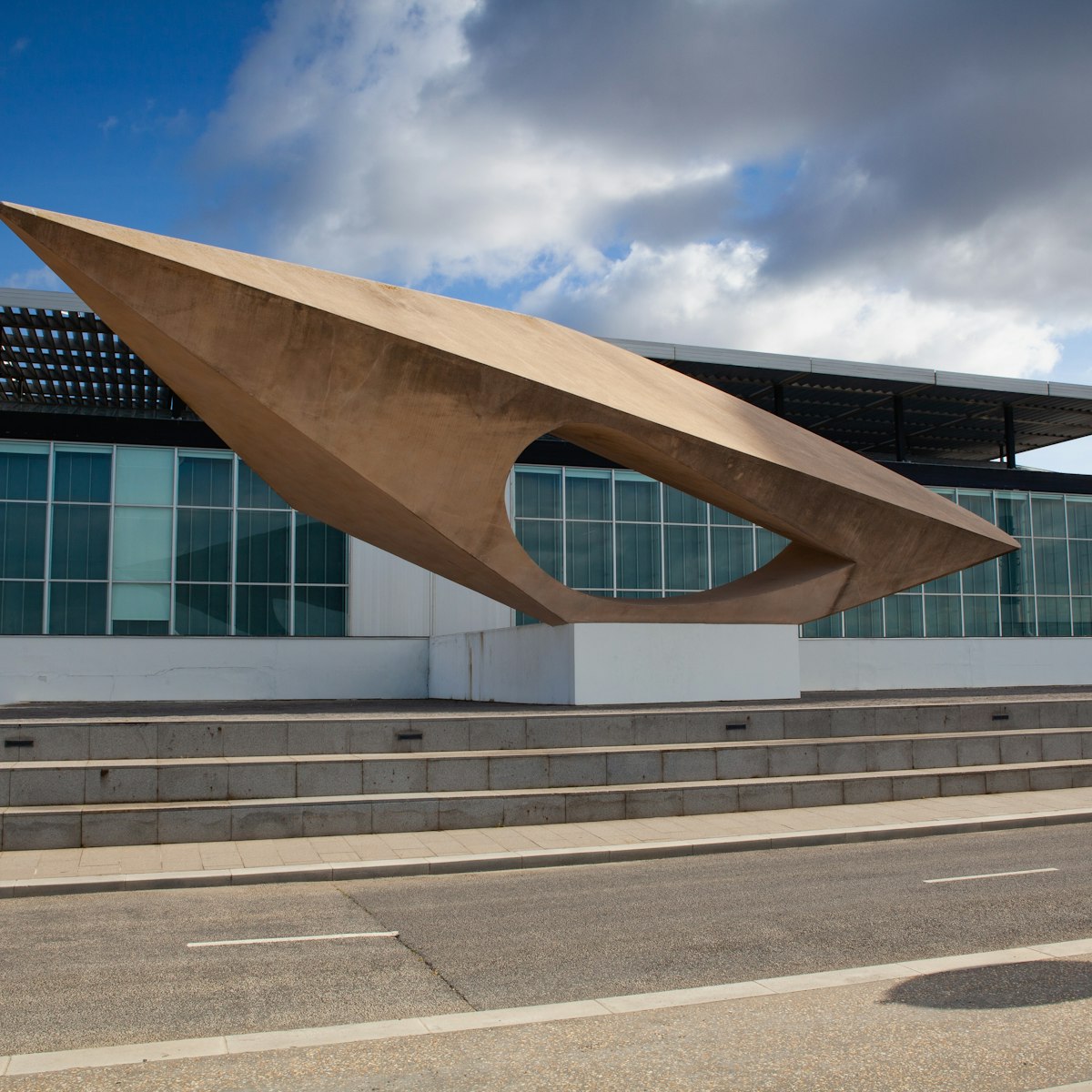
Musée Malraux
Near the waterfront, this luminous and tranquil space houses a fabulous collection of vivid impressionist works – the finest in France outside Paris – by…
Top picks from our travel experts
14 of the best things to do in normandy.

Normandy American Cemetery & Memorial
D-Day Beaches
White marble crosses and Stars of David stretch off in seemingly endless rows at the Normandy American Cemetery, situated on a now-serene bluff…

Abbaye-aux-Dames
Highlights at the Women’s Abbey complex in the east of the town centre, once run by the Benedictines, include Église de la Trinité – look for Matilda’s…

Abbaye-aux-Hommes
Caen’s most important medieval site is the Men’s Abbey – now city hall – and, right next door, the magnificent, multi-turreted Église St-Étienne (St…
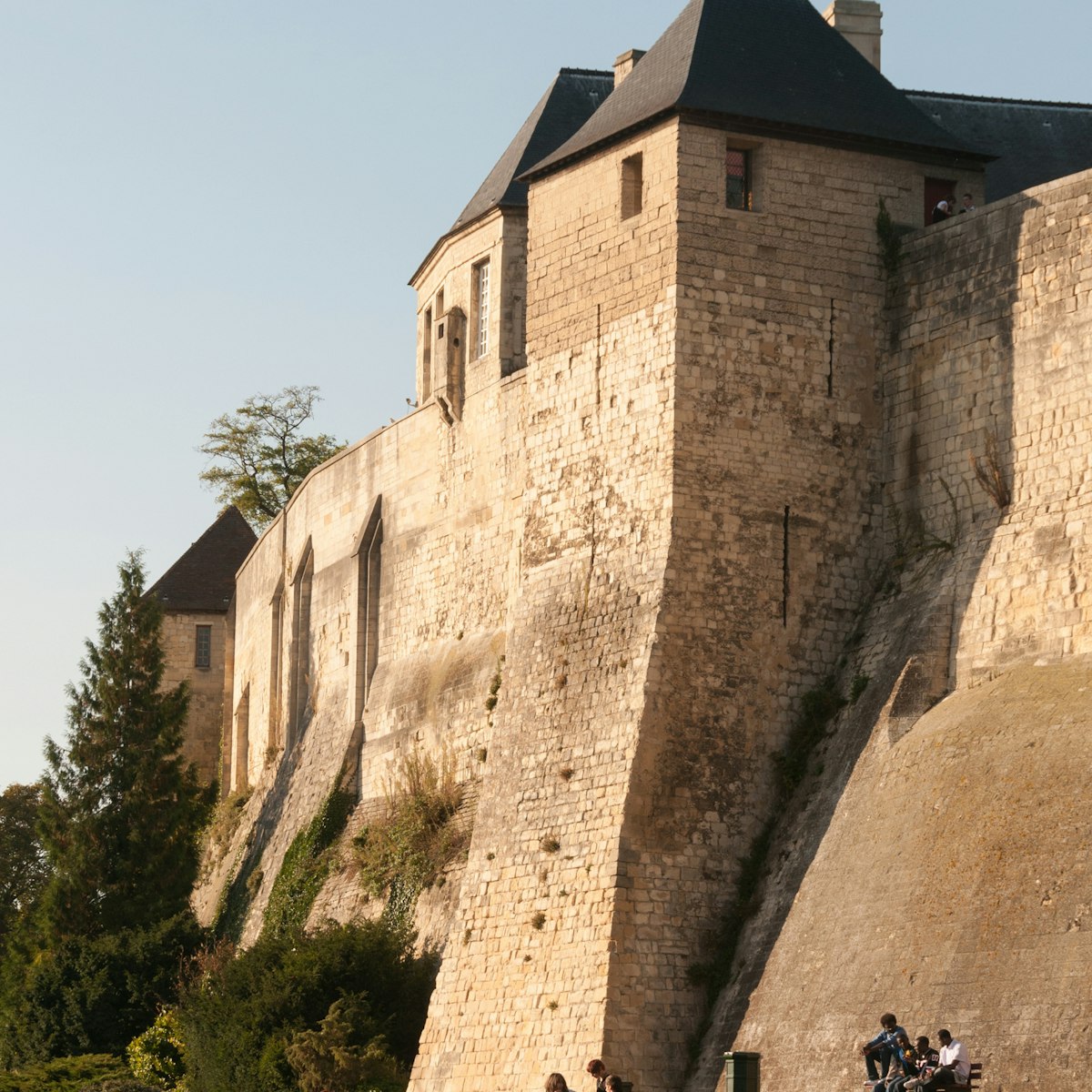
Château de Caen
Looming above the centre of the city, Caen’s magnificent castle walls – massive battlements overlooking a now dry moat – were established by William the…
Plan with a local
Experience the real France
Let a local expert craft your dream trip.

Latest stories from Normandy
Filter by interest:
- All Interests
- Adventure Travel
- Art & Culture
- Beaches, Coasts & Islands
- Food & Drink
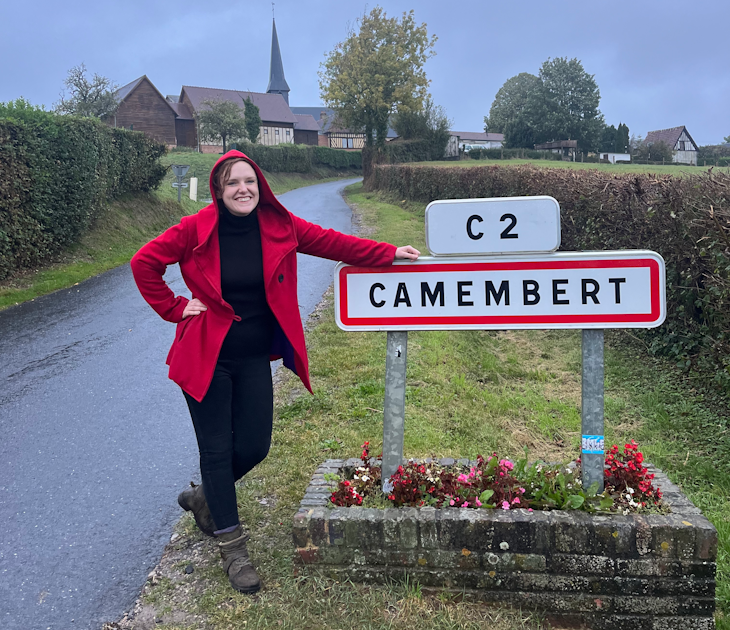
Tips & Advice
Nov 13, 2023 • 4 min read
Harvest is the perfect time to sample Normandy's specialities, from Camembert to cider, apples and scallops.
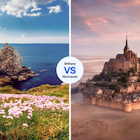
Apr 13, 2023 • 8 min read

Feb 27, 2023 • 15 min read
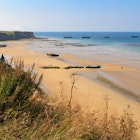
Jun 4, 2019 • 6 min read
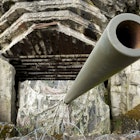
Jun 24, 2012 • 1 min read
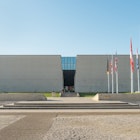
Jun 23, 2012 • 1 min read
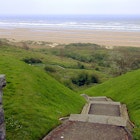
Jan 24, 2011 • 1 min read
Purchase our award-winning guidebooks
Get to the heart of Normandy with one of our in-depth, award-winning guidebooks, covering maps, itineraries, and expert guidance.
Normandy and beyond
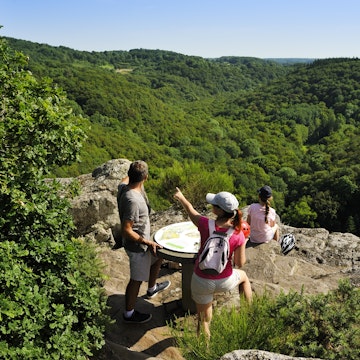

A first-timer’s guide to Normandy
Although the mere mention of a trip to France immediately conjures up afternoons lounging at the foot of the Eiffel Tower, there is, however, much more to see elsewhere in the country than just its capital. Why not a trip to Normandy ?
Normandy borders the English Channel, making it a prime location for travellers looking to explore French culture beyond the City of Light.
Additionally while you’re there, make sure you taste the local specialties! Firstly, local Normandie cheeses like Camembert, Neufchâtel and Pont-l’Évêque. Secondly, anything apple-based, like Calvados and cider .
Mont Saint-Michel
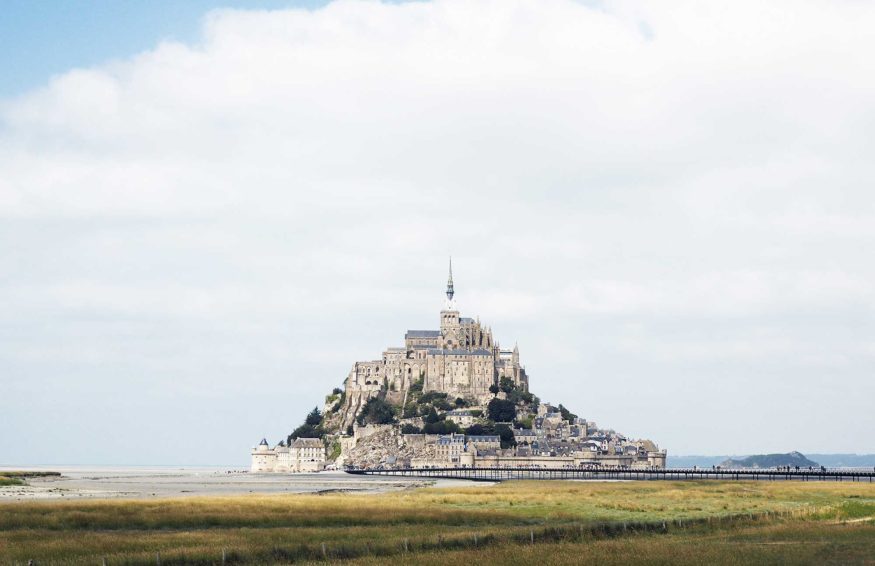
A few meters north of the Normandy coastline, straddling the Breton coast and at the edge of the Couesnon River, stands a fascinating rocky mound: Mont Saint-Michel, of course! Host of an abbey since the 18th century, the island with an impenetrable appearance jealously cultivates the aura of mystery that surrounds it. It is accessible on foot at low tide, but one must be quick, since the unfortunate visitors who linger there will be swept away by the current before they can admire this fortress.
+ FRANCE travel tips
Practical guide: visiting mont saint-michel in normandy, monet in normandy.
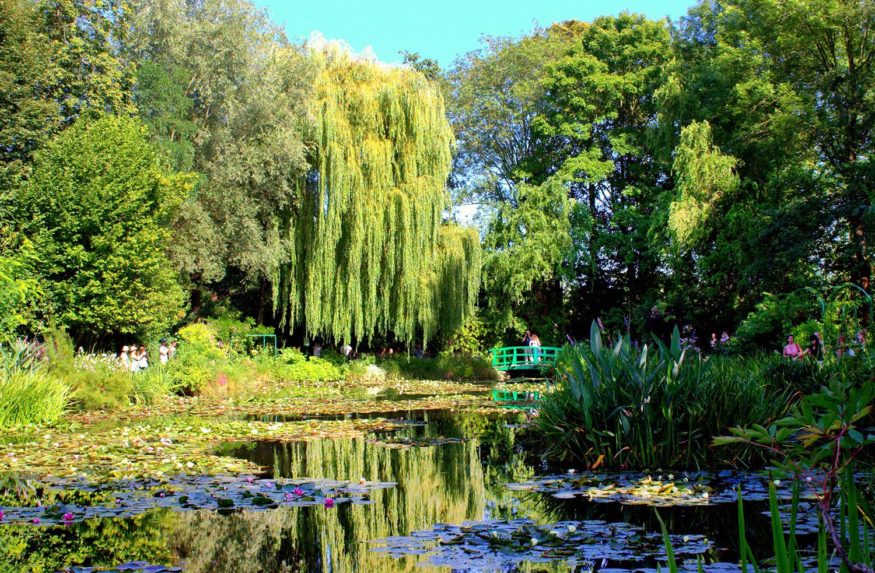
Claude Monet lived in the port city of Le Havre for many years; his most popular work, Impression, Sunrise, was produced there and later gave its name to the art movement. Not far away is the village of Giverny, where Monet also painted his iconic Water Lilies series, inspired by the gardens of his home.
+ france travel tips
How to plan a day trip to the monet gardens in giverny, d-day beaches.
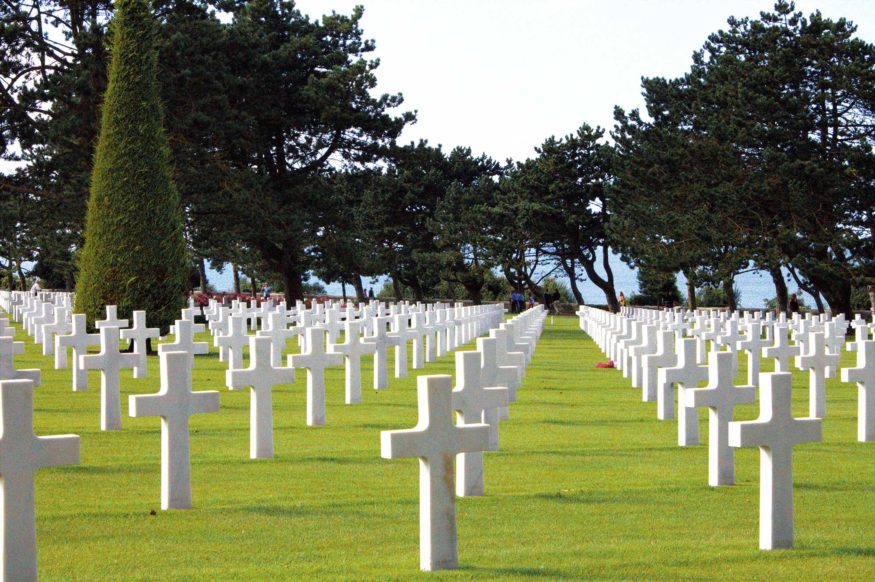
Normandy was also the scene of significant events in the 20th century, including those of June 6, 1944. The Normandy landings changed the face of World War II and, more broadly, the world, as Allied soldiers from a variety of nations including Canada set foot on the French shore in the largest sea invasion in history.
Several sites in the region are now dedicated to the commemoration of this vast operation, including museums and guided tours, which provide a better understanding of the era. Likewise, perhaps the most significant to Canadians will be the Juno Beach Centre , a contemporary maple leaf-shaped space that commemorates the contributions of not only Canadians but also other Allied nations that took place on the beach.
If you’re travelling from Bayeux, this day trip to the American beaches might be of big interest to you.
Contemplating history on the D-Day landing beaches

Étretat are home to some of the most stunning cliffs in France. Made famous by its chalky, crisp-white arch and the gorgeous sunsets it welcomes every evening, it’s understandable a number of Impressionist painters were inspired by this absolutely stunning coastline. And no wonder Étretat is the place where Parisians go for a weekend at the beach.
Of course, it’s the English Channel; don’t get your hopes up about the water temperature, but hey, it’s still a beach!
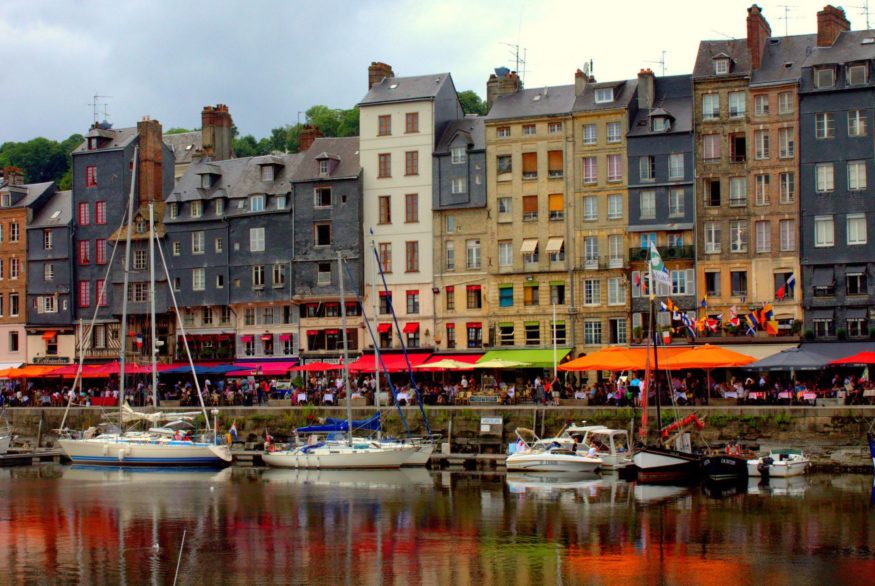
Welcome to one of my favourite villages in France! The charming, colourful port is not just a sight for sore eyes, though; it was actually one of France’s major ports for commerce back in the 16th century. Did you know this is where Samuel de Champlain set sail from before he went on to found Quebec City?
The Vieux Bassin area of Honfleur is rightfully the best place to start. But make sure to also visit Les Maisons Satie, Musée Eugène Boudin and Église Ste-Catherine. And if you want a more personal experience of Honfleur, why not book a guided tour ?
My favourite & most beautiful villages in France
The best day trips from paris to normandy.
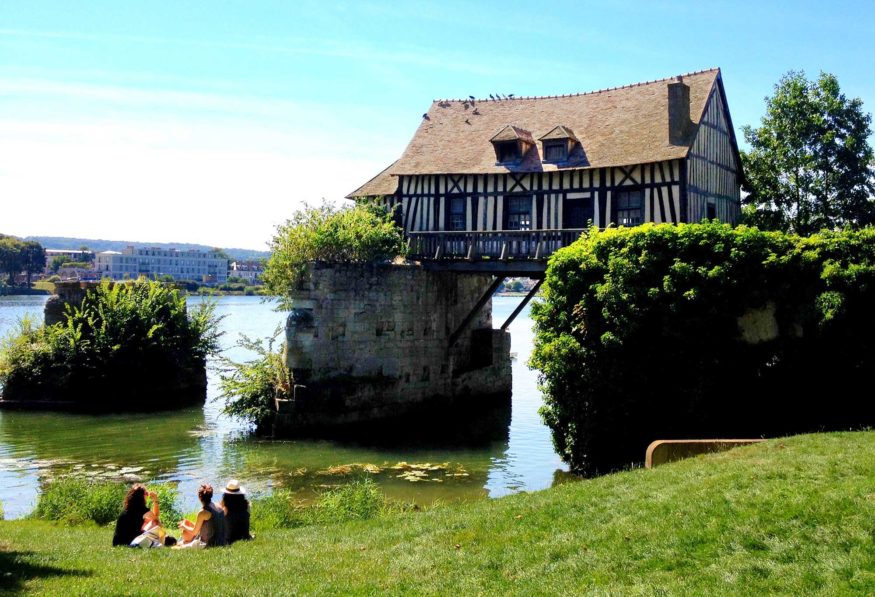
- Normandy D-Day beaches and Honfleur
- The fascinating city of Caen
- Normandy coast day trip with cider tasting
- Lisieux Cathedral
- Normandy small-group day trip D-Day battlefields & landing beaches
- Mont Saint-Michel guided day trip
- Rouen and its stunning cathedral
- Versailles Palace & Giverny’s Monet house guided visit
- The glamour beaches of Deauville and its cinema festival
Marie-Eve is a native Montrealer trying to balance a deep love for her hometown and an unquenchable thirst for travel and discovery. She has been to more than 36 countries, lived abroad in both France and the U.K., and is always on the lookout for authentic experiences wherever she travels -- especially if it involves wine.
Similar Posts
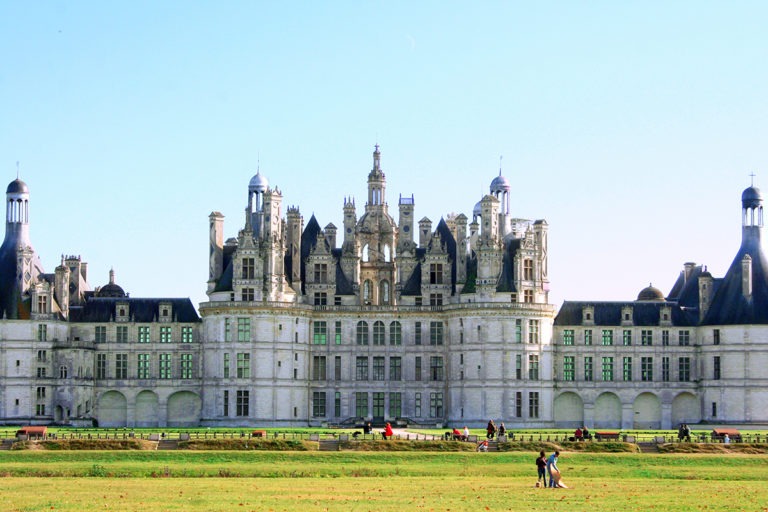
The Loire valley castles – where to go & what you should know
Did anyone say “idyllic holiday to France’s most picturesque castles”? Because this is pretty much what you’re getting when you…
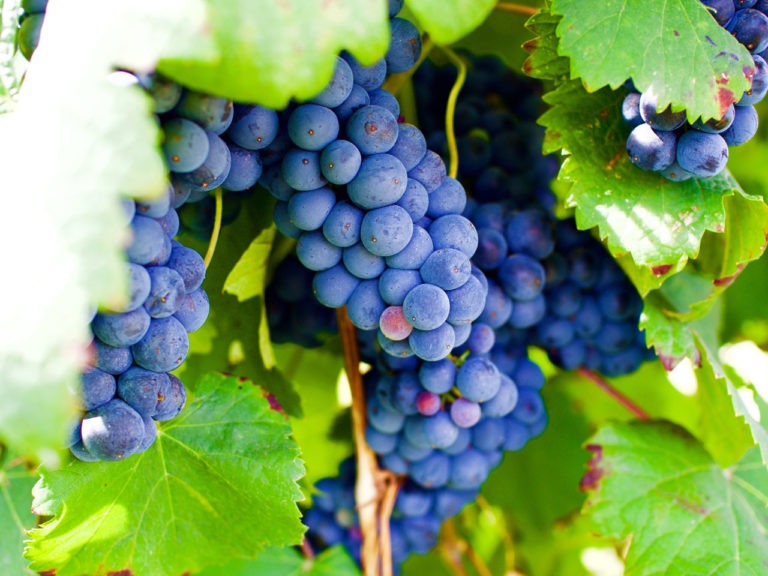
Wine tasting in iconic Châteauneuf-du-Pape
Of all the places I could have gone to do a wine tasting, I ended up in Châteauneuf-du-Pape. One of…

4 day trips from Annecy
While Annecy has enough things to do and quaint canalside houses to photograph to keep anyone busy for a few days,…
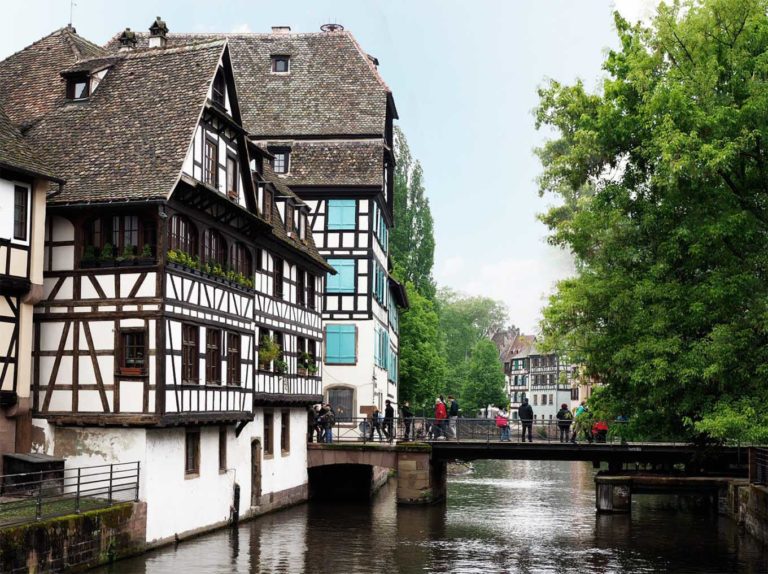
Alsace road trip: a 7-day itinerary
With candy-coloured villages that look like they could be in a children’s bedtime story and an abundance of gastronomically-heavy sins…
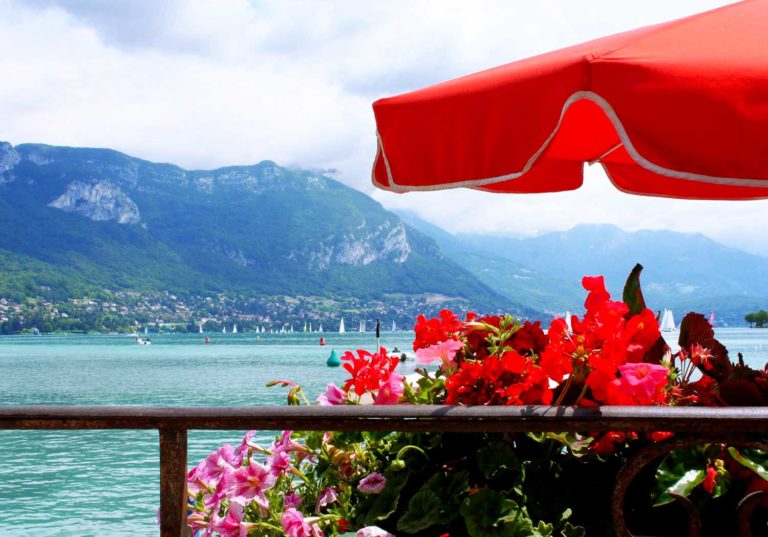
Why you absolutely must visit Annecy, France
You’ve seen Paris, you’ve seen Normandy, you’ve seen Alsace. You’re so over vineyards, and you can’t stand the heat and…
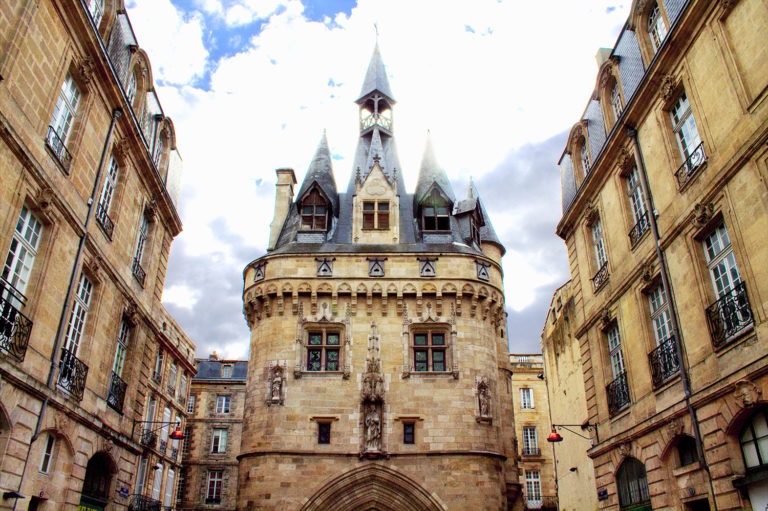
How to spend 24 hours in Bordeaux
The longer I live in France, the more I come to realise that there’s so much more to this hexagon-shaped…
Normandy Travel Guide
Book your individual trip , stress-free with local travel experts
- roughguides.com
- Travel guide
- Itineraries
- Local Experts
- Travel Advice
- Accommodation
Plan your tailor-made trip with a local expert
Book securely with money-back guarantee
Travel stress-free with local assistance and 24/7 support
I would give this 6 stars if the ratings went that high! This really was one of the highlights of our vacation. Due to scheduling issues, we ended up with ...
Now firmly incorporated into the French mainstream, the seaboard province of Normandy has a history of prosperous and powerful independence. Colonized by Vikings from the ninth century onwards, it went on to conquer not only England but as far afield as Sicily and areas of the Near East. Later, as part of France, it was instrumental in the settlement of Canada.
The food of Normandy
Inland normandy, joan of arc, mont st-michel, seine maritime.
Normandy’s wealth has always depended on its ports: Rouen , on the Seine, is the nearest navigable point to Paris, while Dieppe , Le Havre and Cherbourg have important transatlantic trade. Inland, it is overwhelmingly agricultural – a fertile belt of tranquil pastureland, where the chief interest for many will be the groaning restaurant tables of regions such as the Pays d’Auge . While parts of the coast are overdeveloped, due either to industry, as with the huge sprawl of Le Havre, or tourism – as along the “Norman Riviera”, around Trouville and Deauville – ancient harbours such as Honfleur and Barfleur remain irresistible, and numerous seaside villages lack both crowds and affectations. The banks of the Seine, too, hold several delightful little communities.
Normandy also boasts extraordinary Romanesque and Gothic architectural treasures, although only its much-restored capital, Rouen, retains a complete medieval centre. Elsewhere, the attractions are more often single buildings than entire towns. Most famous of all is the spectacular merveille on the island of Mont St-Michel , but there are also the monasteries at Jumièges and Caen , the cathedrals of Bayeux and Coutances, and Richard the Lionheart’s castle above the Seine at Les Andelys . Bayeux has its vivid and astonishing tapestry, while more recent creations include Monet’s garden at Giverny . Furthermore, Normandy’s vernacular architecture makes it well worth exploring inland – rural back roads are lined with splendid centuries-old half-timbered manor houses. It’s remarkable how much has survived – or, less surprisingly, been restored – since the D-Day landings in 1944 and the subsequent Battle of Normandy, which has its own legacy in war museums, memorials and cemeteries.
Tailor-made travel itineraries for France, created by local experts

14 days / from 3860 USD
An active walking tour out of the way in France
Your trip starts with an in-depth introduction to France in Paris: several unique day excursions connect you with local Parisians to show you their city and way of life. Afterwards continue south to start a few days walking journey through Southern France before ending around Avignon.

10 days / from 2411 USD
Southern France – Walks in the Alpilles and Lavender fields
Start your tour in the coastal city of Marseille, exploring Cassis on the way. Around the Alpilles in Provence, you will be provided with detailed walking materials to explore the area on foot, from both Les Baux and St Remy. End your tour in famous Avignon.

12 days / from 2948 USD
Tasting Eastern France
A delicious yet active journey through Eastern France. Start your trip in Lyon with some unique food tours before setting off on a 4-day walk across the Beaujolais region. Almost every day ends with a wine tasting in your guesthouse, soothing for body and soul.
The food of Normandy owes its most distinctive characteristic – its gut-burting, heart-pounding richness – to the lush orchards and dairy herds of the region’s agricultural heartland, and especially the Pays d’Auge southeast of Caen. Menus abound in meat such as veal ( veau ) cooked in vallée d’Auge style, which consists largely of the profligate addition of cream and butter . Many dishes also feature orchard fruit, either in its natural state or in more alcoholic forms – either as apple or pear cider, or perhaps further distilled to produce brandies.
Normans relish blood and guts. In addition to gamier meat and fowl such as rabbit and duck (a speciality in Rouen, where the birds are strangled so their blood gets into the sauce), they enjoy such intestinal preparations as andouilles , the sausages known in English as chitterlings, and tripes , stewed for hours à la mode de Caen . A full blowout at a country restaurant traditionally entails pauses between courses for the trou normand : a glass of the apple brandy Calvados to let you catch your breath.
Normandy’s long coastline ensures that it is also renowned for its seafood . Waterfront restaurants in its ports and resorts compete for attention, each with its “ copieuse ” assiette de fruits de mer . Honfleur is the most enjoyable, but Dieppe , Étretat and Cherbourg also offer endless eating opportunities. The menus tend to be similar to those in Brittany, if perhaps slightly more expensive.
The most famous products of Normandy’s meadow-munching cows are, of course, their cheeses . Cheese-making in the Pays d’Auge started in the monasteries during the Dark Ages. By the eleventh century the local products were already well defined; in 1236, the Roman de la Rose referred to Angelot cheese, identified with a small coin depicting a young angel killing a dragon. The principal modern varieties began to emerge in the seventeenth century – Pont l’Evêque , which is square with a washed crust, soft but not runny, and Livarot , which is round, thick and firm, and has a stronger flavour. Although Marie Herel is generally credited with having invented Camembert in the 1790s, a smaller and stodgier version had already existed for some time. A priest fleeing the Revolution stayed in Madame Herel’s farmhouse at Camembert, and suggested modifications in line with the techniques used to make Brie de Meaux – a slower process, gentler on the curd and with more thorough drainage. The rich full cheese thus created was an instant success in the market at Vimoutiers, and the development of the railways (and the invention of the chipboard cheesebox in 1880) helped to give it a worldwide popularity.
Seeking out specific highlights is not really the point when you’re exploring inland Normandy . The pleasure lies not so much in show-stopping sights, or individual towns, as in the feel of the landscape, with its lush meadows, orchards and forests. On top of that, the major attraction in these rich dairy regions is the food . To the French, the Pays d’Auge and the Suisse Normande are synonymous with cheeses, cream, apple and pear brandies, and ciders.
This is also a place to be active. The Suisse Normande is canoeing and rock-climbing country, and there are countless good walks in the stretch further south. Of the towns, Falaise is inextricably associated with the story of William the Conqueror, while Lisieux was home to France’s best-loved modern saint.
The region that centres on St-Lô , just south of the Cotentin, is known as the Bocage ; the word describes a type of cultivated countryside common in western France, where fields are cut by tight hedgerows rooted into walls of earth well over 1m high. An effective form of smallhold farming in pre-industrial days, it also proved to be a perfect system of anti-tank barricades. When the Allied troops tried to advance through the region in 1944, it was almost impenetrable – certainly bearing no resemblance to the East Anglian plains where they had trained. The war here was hand-to-hand slaughter, and the destruction of villages was often wholesale.
The Pays d’Auge
The rolling hills and green twisting valleys of the Pays d’Auge , stretching south of Lisieux, are scattered with magnificent manor houses. The lush pastures here are responsible for the world-famous cheeses of Camembert, Livarot and Pont L’Evêque. They are intermingled with orchards yielding the best of Norman ciders , both apple and pear ( poiré ), as well as Calvados apple brandy.
For really good, solid Norman cooking visit one of this area’s fermes auberges , working farms which welcome paying visitors to share their meals. Local tourist offices can provide copious lists of these and of local producers from whom you can buy your cheese and booze.
By the time the 17-year-old peasant girl known to history as Joan of Arc (Jeanne d’Arc in French) arrived at the French court early in 1429, the Hundred Years’ War had already dragged on for more than ninety years. Most of northern France was in the grip of an Anglo–Burgundian alliance, but Joan, who had been hearing voices since 1425, was certain she could save the country, and came to present her case to the as-yet-uncrowned Dauphin. Partly through recognizing him despite a simple disguise he wore to fool her at their first meeting, she convinced him of her Divine guidance. After a remarkable three-week examination by a tribunal of the French parlement , she secured command of the armies of France. In a whirlwind campaign , which culminated in the raising of the siege of Orléans on May 8, 1429, she broke the English hold on the Loire Valley. She then escorted the Dauphin deep into enemy territory so that, in accordance with ancient tradition, he could be crowned King Charles VII of France in the cathedral at Reims, on July 17.
Within a year of her greatest triumph, Joan was captured by the Burgundian army at Compiègne in May 1430, and held to ransom. Chivalry dictated that any offer of payment from the vacillating Charles must be accepted, but in the absence of such an offer Joan was handed over to the English for 10,000 ducats. On Christmas Day, 1430, she was imprisoned in the château of Philippe-Auguste at Rouen.
Charged with heresy, on account of her “false and diabolical” visions and refusal to give up wearing men’s clothing, Joan was put on trial for her life on February 21, 1431. For three months, a changing panel of 131 assessors – only eight of them English-born – heard the evidence against her. Condemned, inevitably, to death, Joan recanted on the scaffold in St-Ouen cemetery on May 24, and her sentence was commuted to life imprisonment. The presiding judge, Bishop Pierre Cauchon of Beauvais, reassured disappointed English representatives “we will get her yet”. The next Sunday, Joan was tricked into putting on male clothing, and taken to the archbishop’s chapel in rue St-Romain to be condemned to death for the second time. On May 30, 1431, she was burned at the stake in the place du Vieux-Marché; her ashes, together with her unburned heart, were thrown into the Seine.
Joan passed into legend, until the transcript of her trial was discovered in the 1840s. The forbearance and humility she displayed throughout her ordeal added to her status as France’s greatest religious heroine. She was canonized in 1920, and soon afterwards became the country’s patron saint.
The stupendous abbey of Mont St-Michel was first erected on an island at the very frontier of Normandy and Brittany more than a millennium ago. Until recently, however, that island was attached to the mainland by a long causeway, topped by a road. Now, thanks to a vast hydraulic and reconstruction project, it has become an island once more, connected to the shore by a futuristic curved bridge, surfaced with wooden decking. Crucially, that has enabled tidal waters to sweep all around, and thus flush away centuries of accumulated sand.
The real point of all this work was to control access for the millions of tourists who come here. It’s therefore no longer possible to drive all the way to Mont-St-Michel in your own vehicle; instead you have to park on the mainland, roughly 2km away, and access the island either on foot, by bike, or riding in a shuttle bus or horse-drawn carriage.
Brief history
The 80m-high rocky outcrop on which the abbey stands was once known as “the Mount in Peril from the Sea”. Many a medieval pilgrim drowned while crossing the bay to reach it. The Archangel Michael was its vigorous protector, leaping from rock to rock in titanic struggles against Paganism and Evil.
The abbey itself dates back to the eighth century, after the archangel appeared to Aubert, bishop of Avranches. Since work on the sturdy church at the peak commenced in the eleventh century, new structures have been grafted to produce a fortified hotchpotch of Romanesque and Gothic buildings clambering to the pinnacle, forming probably the most recognizable silhouette in France after the Eiffel Tower. Although the abbey was a fortress town, home to a large community, even at its twelfth-century peak it never housed more than sixty monks.
After the Revolution the monastery became a prison, but in 1966, exactly a thousand years after Duke Richard the First originally brought the order here, the Benedictines returned. They departed again in 2001, after finding that the present-day island does not exactly lend itself to a life of quiet contemplation. A dozen nuns and monks from the Monastic Fraternity of Jerusalem now maintain a presence.
The département of Seine Maritime comprises three distinct sections: Normandy’s dramatic northern coastline , home to major ports like Dieppe and Le Havre and such delightful resorts as Étretat ; the meandering course of the River Seine , where unchanged villages stand both up- and downstream of Rouen; and the flat, chalky Caux plateau , which makes for pleasant cycling country but holds little to detain visitors.
Dieppe in particular offers an appealing introduction to France, and with the impressive white cliffs of the Côte d’Albâtre (Alabaster Coast) stretching to either side it makes a good base for a long stay. The most direct route to Rouen from here is simply to head south, but it’s well worth tracing the shore west to Le Havre , then following the Seine inland.
Driving along the D982 on the northern bank of the Seine, you’ll often find your course paralleled by mighty container ships on the water. Potential stops en route include the medieval abbey of Jumièges , but Rouen itself is the prime destination, its association with the execution of Joan of Arc the most compelling episode in its fascinating history. Further upstream, Monet’s wonderful house and garden at Giverny and the English frontier stronghold of Château Gaillard at Les Andelys also justify taking the slow road to Paris.
Abbaye de Jumièges
Nestled into an especially delightful loop of the river, 23km west of Rouen, the majestic abbey of Jumièges is said to have been founded by St Philibert in 654 AD. Now a haunting ruin, the abbey was burned by Vikings in 841, rebuilt a century later, then destroyed again during the Revolution. Its main surviving outline dates from the eleventh century – William the Conqueror himself attended its reconsecration in 1067. The twin towers, 52m high, are still standing, as is one arch of the roofless nave, while a one-sided yew tree stands amid what were once the cloisters.
Château Gaillard
The most dramatic sight anywhere along the Seine has to be Richard the Lionheart’s Château Gaillard, perched high above Les Andelys . Constructed in a position of impregnable power, it surveyed all movement on the river at the frontier of the English king’s domains. Built in less than a year (1196–97), the castle might have survived intact had Henri IV not ordered its destruction in 1603. As it is, the stout flint walls of its keep, roughly 4m thick, remain reasonably sound, and its overall outline is still clear, arranged over green and chalky knolls. To reach it on foot, climb the steep path that leads off rue Richard-Coeur-de-Lion in Petit Andely.
Squeezed between high cliff headlands, Dieppe is an enjoyably small-scale port that used to be more of a resort. During the nineteenth century, Parisians came here by train to take the sea air, promenading along the front while the English indulged in the peculiar pastime of swimming.
Though ferry services have diminished in recent years, Dieppe remains a nice little place. If you have kids in tow, the aquariums of the Cité de la Mer and the strip of pebble beach are the obvious attractions; otherwise, you could settle for admiring the cliffs and the castle as you stroll the seafront lawns.
Eating and drinking
The area around the gare SNCF is where to head for bars, cafés and brasseries, while all sorts of restaurants, from traditional French to Japanese, fill the back streets of the waterside St-François district.
The house where Claude Monet lived from 1883 until his death in 1926 remains much as he left it – complete with water-lily pond – at Giverny , 20km south of Les Andelys near the Seine's north bank. While the gardens that Monet laid out are still lovingly tended, none of his original paintings are on display, so art-lovers who make the pilgrimage here tend to be outnumbered by garden enthusiasts.
Visits start in the huge studio, built in 1915, where Monet painted the last and largest of his many depictions of water lilies ( nymphéas ). It now serves as a well-stocked book- and giftshop. The house itself is a long two-storey structure, painted pastel pink with green shutters. Almost all the main rooms are crammed floor-to-ceiling with Monet’s collection of Japanese prints. Most of the furnishings are gone, but you get a real sense of how the dining room used to be, with its walls and fittings painted a glorious bright yellow. The flower-filled gardens stretch down towards the river, though the footpath that drops to the water-lily pond now burrows beneath the road. Once there, paths around the pond, as well as arching Japanese footbridges, offer differing views of the water lilies , cherished by gardeners in rowing boats. May and June, when the rhododendrons flower and the wisteria is in bloom, are the best times to visit.
While LE HAVRE may hardly be picturesque or tranquil, it's not the soulless sprawl some travellers suggest. Its port, the second-largest in France, takes up half the Seine estuary, but the town itself, home to almost 200,000 people, is a place of pilgrimage for fans of contemporary architecture .
Built in 1517 to replace the ancient ports of Harfleur and Honfleur, then silting up, Le Havre – “The Harbour” – swiftly became the principal trading post of northern France. Following its near-destruction during World War II, it was rebuilt by a single architect, Auguste Perret , between 1946 and 1964.
The sheer sense of space can be exhilarating: the showpiece monuments have a winning self-confidence, and the few surviving relics of the old city have been sensitively integrated into the whole. While the endless mundane residential blocks can be dispiriting, even those visitors who fail to agree with Perret’s famous dictum that “concrete is beautiful” may enjoy a stroll around his city.
Rouen , the capital of Upper Normandy, is one of France’s most ancient cities. Standing on the site of Rotomagus, built by the Romans at the lowest point where they could bridge the Seine, it was laid out by Rollo, the first duke of Normandy, in 911. Captured by the English in 1419, it became the stage in 1431 for the trial and execution of Joan of Arc, before returning to French control in 1449.
Bombing during World War II destroyed all Rouen’s bridges, the area between the cathedral and the quais , and much of the left bank’s industrial quarter. When the city was rebuilt, its inner core of streets, north of the river, were turned into the closest approximation to a medieval city that modern imaginations could conceive.
Rouen today can be very seductive, its lively and bustling centre well equipped with impressive churches and museums, and the effect is enhanced by the fact that they’ve recently, at long last, got round to restoring the riverfront. As well as some great sights – Cathédrale de Notre-Dame , all the delightful twisting streets of timbered houses – there’s history aplenty too, most notably the links with Joan of Arc .
While Rouen proper is home to a population of 110,000, its metropolitan area holds five times that number, and it remains the fourth-largest port in the country. The city spreads deep into the loop of the Seine, with its docks and industrial infrastructure stretching endlessly away to the south.
Cathédrale de Notre-Dame
Despite the addition of all sorts of towers, spires and vertical extensions, Rouen’s Cathédrale de Notre-Dame remains at heart the Gothic masterpiece that was built in the twelfth and thirteenth centuries. Its intricately sculpted western facade was Monet ’s subject for multiple studies of changing light, several of which now hang in the Musée d’Orsay in Paris. Monet might not recognize it today, however – it’s been scrubbed a gleaming white, free from the centuries of accreted dirt he so carefully recorded. Inside, the ambulatory and crypt hold the assorted tombs of various recumbent royalty, such as Duke Rollo, who died “enfeebled by toil” in 933 AD, and the actual heart of Richard the Lionheart.
On summer nights, under the name of Cathédrale de Lumière , spectacular thirty-minute light shows are projected onto the cathedral facade; one show draws on Monet’s paintings to create giant Impressionist canvases, while another depicts the story of Joan of Arc.
Discover more places in France
- Basse Normandie
The Rough Guides to France and related travel guides
In-depth, easy-to-use travel guides filled with expert advice.
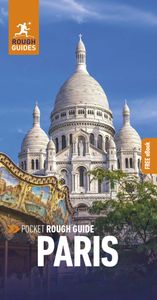
Find even more inspiration here

Planning your own trip? Prepare for your trip
Use Rough Guides' trusted partners for great rates
written by Rough Guides Editors
updated 11.10.2023
Ready to travel and discover France?
Get support from our local experts for stress-free planning & worry-free travels.
- Travel advice
- Where to stay
- Skip to primary navigation
- Skip to main content
- Skip to primary sidebar

Four days in Normandy road trip: The perfect Normandy itinerary
April 13, 2018 by Karen Turner 25 Comments
Considering visiting Normandy from Paris? You definitely should! Depending on how much you want to do, you can visit Normandy as a day trip from Paris if you only visit Rouen or spend three to four days road tripping in Normandy to enjoy the tranquility of the countryside in Normandy.
If you’re thinking that Normandy will be anything like Paris, get that thought out of your mind. Expect incredibly friendly people, reasonable accommodation options, mind-blowingly good food at the same price as an average meal in Paris, stunning cities filled with history and fantastic drinks.
This Northern region of France has a rich history stemming from the invasion of the Viking tribes. For those who want to experience the serene beauty of France on an easy weekend trip from Paris will fall in love with the slow pace of Normandy, a sneak preview of how France outside of Paris is.
If you have fewer than four days in Normandy, you might be able to combine two of these day trips into one day as I’ve purposely kept this Normandy itinerary slow to give you time to savor this region. Our Normandy road trip left me wanting for far more than our long weekend in Normandy, however there’s always next trip for Mont St. Michel!
- 0.1 Day 1: Drive along the coast in Normandy
- 0.2 Veules-les-Roses
- 1 Petites-Dalles
- 2.2 Étretat
- 2.3 Where to stay in Normandy
- 2.4 Day 2: Honfleur
- 2.5 Day 3: Rouen
- 2.6 Day 4: D-Day Memorial & The Calvados/Cider Route in Normandy
- 2.7 Map of your Normandy road trip
- 3 Have you been to Normandy?
Day 1: Drive along the coast in Normandy
Rent a car in Paris and drive to Normandy’s coast. Be aware that avoiding toll roads in France is tricky and you should expect to pay up to 20 euros to get up to Normandy. If you don’t have four days in Normandy, this part of the trip can easily be done as a weekend trip from Paris.
If you’re trying to do your Normandy trip on a budget (or hate toll roads), it is possible to avoid the tolls with the help of your GPS, but expect to double your time while driving through fields and one way roads. (I honestly enjoyed the scenic drive!)
Veules-les-Roses

This beautiful town in Normandy is considered one of the most beautiful villages in France and Normandy. Its stunning timbered houses and scenic canals have long been an inspiration for writers and painters.
If you’re looking for a fairytale during your time in Normandy, you must come to Veules-les-Roses, which is a two hour drive from Paris. Be sure to admire the smallest river in France, which runs through the city center.
Petites-Dalles

We ended up driving through Petites-Dalles. I just loved the Victorian houses in the hills. It’s just a beautiful town along the coast. The roads make it a bit tricky to end up near the water, but you’ll find some parking if you want to admire the cliffs. (More epic views coming!)
Sassetot-le-Mauconduit

Another beautiful town in Normandy that we passed through after seeing a sign for a chateau. Be sure to stop off to admire Château de Sissi , an affordable chateau hotel with beautiful gardens.

Fécamp is a historic coastal town in Normandy with some of the most epic cliffs that you’ll find. It’s famous for the Bénédictine liqueur distillery, which is still done at the nearby abbey. Save your appetite until you get here as you’ll find a large assortment of seafood at an affordable price.
We ended up having lunch at La Cave du Salut , an affordable seafood place with delicious mussels with calvados (a local liquor). After, we headed to the beach to admire the cliffs.

The highlight of our day along the coast was Étretat. When I was younger, I had seen a photo of these epic cliffs in Normandy, but I never imagined that I’d have the opportunity to visit them. Most people head there from town prior to heading back the same way, however it’s better to park outside of town, close to the golf course (20 Route du Havre).
It’s a longer walk along the outskirts of the golf course, but you’ll be able to walk the full length of the cliffs with fewer people compared to the cliff close to town. Continue walking towards town. I found Étretat quite touristy compared to the other towns, however it’s worth visiting.

Where to stay in Normandy

I recommend staying in the area at one hotel as your base in Normandy for multiple nights and I particularly loved staying in the Parc Naturel Régional des Boucles de la Seine. This park is a protected area meant to preserve both natural environments, historic buildings, and the cultural heritage of this region.
Driving along the windy roads in the fog spotting chateaux as they popped up was dreamy. We did this road trip in October, so the leaves turning just added another dimension to it. I think this area is the perfect base for exploring Normandy by car and our chateau was less expensive than staying at a cozy B&B in Honfleur .

We stayed in this cozy chateau in Normandy that I found on Airbnb for $81. Our host, the owner of Chateau du Verbosc , and his assistant made us a cozy breakfast while the two adorable cats battled over pets (and food). It was only a forty minute drive from our chateau to the the coast. We ended up having an incredible locally made dinner at Auberge du Val au Cesne , a nearby half-timbered guesthouse from the 17th century surrounded by scenic countryside.
For a more luxurious experience, consider staying at Chateau Du Landin , an epic chateau overlooking the Seine river with a large estate where the staff will cook a candlelit meal for you at your request. It wasn’t available during our dates and it really disappointed me and I had my heart set on it.
Day 2: Honfleur

Honfleur is one of the most beautiful cities in France and it’s worth the trip to this stunning seaside town, even just for the food and the architecture. Located in the Calvados region of Normandy, Honfleur is one of the best places to try calvados, a spirit made with apples.
Its stunning wooden port made me fall in love with the city, however the stunning half-timbered houses on the side streets were my preferred place to wander. Don’t miss the Saint Catherine’s Church, a UNESCO-recognized church that is France’s largest timber-built church. If you prefer to stay in Honfleur, you’ll find beautiful old B&Bs in historic half-timbered buildings .

Day 3: Rouen

Rouen is a beautiful city to visit if you’re interested in medieval history. This gorgeous French city with a clocktower dating back to the 14th century and half-timbered houses straight out of a fairy tale has a stunning historic cathedral (Rouen Cathedral) where Richard the Lionheart is buried.
Rouen also is where Joan of Arc was burned at the stake. You can view her memorial in the city center. I just loved getting lost in the cobblestoned alleyways here. Don’t miss Les Berthom for craft beer.

Day 4: D-Day Memorial & The Calvados/Cider Route in Normandy

For anyone visiting Normandy, Omaha Beach is a must-see. You might want to switch hotels as you have a 1.5 hour drive to the area around Honfleur, Rouen, and Parc Naturel Régional des Boucles de la Seine.
I’d recommend staying at one of the many chateaux closer to the Cider Trail to minimize driving back. This historic manor is right along the cider trail and a nice halfway point between Upper and Lower Normandy. Alternatively, this refurbished chateaux is right near the D-Day landings.

Pay your respects at the five beaches where the troops landed in World War II and the various cemeteries for the fallen soldiers. Click for more information about visiting Omaha Beach . I recommend taking a tour if possible to learn more about history .
Following this somber visit, head towards Normandy’s Cider Route for some cider tastings. Although many foreigners aren’t aware of this, some of the best apple cider in the world comes from Normandy. For a couple of euros, you can try calvados and cider directly at the source along the 40km cider route.
I recommend stopping off in Bonnebosq in particular as it’s particularly well known for cider and on your way back to Paris. Note: Please ensure that the driver doesn’t drink and drive. You can buy a bottle to enjoy at home! Click for a map of the cider trail.

Even if you don’t have time during your four days in Normandy to get out to the cider towns, you’re likely to pass a farm with a sign that says VENDRE with an apple on it if you’re driving on non-highway roads close to Calvados. It usually means that you’ll be able to buy fresh Normandy cider!
Map of your Normandy road trip
Have you been to Normandy?
Please let me know what you thought of this Normandy itinerary and share this post!

About Karen Turner
New Yorker–born and raised. Currently living in the Hague, the Netherlands after stints in Paris and Amsterdam. Lover of travel, adventure, nature, city, dresses, and cats.
Reader Interactions
April 28, 2018 at 11:52 pm
This sounds like a dream! Beaches, history, craft cider, beautiful buildings, and delicious food?! Yes please!
June 25, 2018 at 8:15 am
Thank you. I am going with my family this summer. This is so helpful
July 11, 2018 at 4:33 am
Very helpful guide for variety of activities – thank you so much!
August 14, 2018 at 1:12 am
Hi, so thankful for your blog. We booked our flights gets to Paris, but with a lot of family emergencies, we’ve had no time to figure out where to go. We just booked the chateau you recommended that you didn’t get to stay at. It looks amazing. We want to stay in Paris, but are not sure on which bank to get a hotel. Any suggestions would be appreciated. Thanks Karen
August 14, 2018 at 8:45 am
Hope the family emergency is improving. I generally recommend the right bank, especially the 3rd/4th arrondissement (Le Marais). It’s a good central location with a good selection of hotels for all budgets and typical Parisian buildings, so you can walk a lot of places easily.
Hope your vacation is restorative and you love the chateau! 🙂
Best, Karen
August 17, 2018 at 10:11 pm
Great tips! We visited Normandy last summer and only allowed one night which wasn’t enough! We stayed in Bayeux and absolutely loved it. We’re heading back next summer and will be staying 1 night in Bayeux, 1 night in Mont St. Michel and 1 night in Honfleur. Can’t wait!
September 5, 2018 at 5:18 pm
This is great and timely info. My wife and I are planning a trip for next Sept ish that includes visiting Normandy. Conceptually, we will travel from Amsterdam (by car or train or ?) to Normandy and then from Normandy to Paris and Paris to Dillingen (Saar), Germany. Originally, I was considering a rental and then driving the entire route, but my initial research is indicating that there are sizeable fees for renting/returning vehicles in different countries. Do you know if this is the case? Any suggestions on the leg of the trip from Amsterdam to Normandy? We’d prefer a way that keeps us close to the countryside – we want to experience the country – not just get from Amsterdam to Normandy. Mahalo!
September 5, 2018 at 8:35 pm
Hi Bryon, I’d recommend traveling by train to Normandy prior to renting a car in Paris. It’s probably cheaper to just rent it for the Normandy part of the trip. Alternatively, you could take the train through Belgium to Normandy prior to renting a car in Normandy itself–and then just taking the train to Paris. Belgium is full of charming towns and stunning countryside. You can check my blog for some recommendations in Belgium.
Most agencies fine you if you try to return the car somewhere different than where you started. It’s good to check to ensure that the same agencies are where you’re going and the policy of your rental.
January 4, 2019 at 2:17 am
Dear Karen, This is a beautifulj road trip. My husband and I plan to have 4 days in end of May this year.. After read your itineray, it very helpful to us. All places are very amazing. We may copy your plan, thank you very much for share such a beautiful trip. Chalee
May 3, 2019 at 9:57 pm
Used your website as inspiration and ended up having our base in Honfleur. Such a beautiful place. Cannot wait to return to Normandy again.
May 7, 2019 at 8:19 pm
Karen, If I wanted to start from Honfleur and work senicly up to Calais to get to london. Whats your recommendation 🙂 my best, Nicole
November 22, 2019 at 5:58 am
Thanks Karen, this info is very helpful. We, as a family, are planning a trip to the region in March and had no idea where to base ourselves!
January 29, 2020 at 3:41 pm
Hello, this is great! We are traveling to Paris for a few days and then thinking of renting a villa in normandy for a week. Any ideas where a good “base” would be to do day trips to?
February 10, 2020 at 2:24 am
It depends on what you want to see in Normandy. We stuck along the eastern coast, but both sides of the coast are lovely. I found a location closer to Honfleur to be helpful and there are many villas in the Parc Regionale mentioned in my article.
February 22, 2020 at 4:58 am
Thank you for sharing. I literally can not wait to plan this trip.
September 2, 2020 at 5:49 am
We are thinking of visiting Paris and then doing your tour of Normandy. Is there a particular villa in the Parc Regionale that you recommend? Also, if we are coming from Paris, do you recommend we rent a car in Paris and drive to Normandy, or do you recommend we train toward Normandy and rent a car outside of Paris? If so, what town?
September 15, 2020 at 1:32 am
Unfortunately, the one that I stayed at does not host anymore, but I link to a few other options within the post. A car is best for exploring Normandy!
September 8, 2020 at 4:06 pm
Hi Karen! My husband and I are hoping to plan a trip to the Normandy area France in the next year or two. I would love to get your help in planning this trip, we will be celebrating 50 years of marriage. Your post is amazing and it’s been so helpful already…I know this is what we want to do. Thank you, Linda Wyatt
April 11, 2021 at 1:46 am
Friend and i are planning to fly into paris stay 2 nts rent a car and head to normandy. We will take our car and ferry to guernsey for 5 nts then back to normandy area and head to paris to fly home to usa. Want to find a cool village between nrmandy and paris for a couple nts. We just plan to overnite in paris close to airport before we return home. Any suggestions on a quaint village for a noght or two on the way back to paris?
May 10, 2021 at 2:37 pm
Perhaps Rouen or Lyons-la-Forêt ?
June 19, 2021 at 3:28 am
Hello I am planning a trip to France for two weeks next summer 2022. We would like to see Normandy Paris and wine country. Can this be done in two weeks
July 27, 2021 at 12:14 pm
It’s a lot, but I think so if you plan well!
October 29, 2021 at 5:34 pm
Love you post, very informative. Do you have any suggestion for a private tour guide in this region?
February 9, 2022 at 10:28 pm
Your thoughts on city/where to stay when visiting Normandy area. Plan to drive from CDG. Want to see D-Day Beaches, Mont Saint-Michel, other sights of interest. Thinking of staying in Caen or Bayeux. B&B suggestion?
October 10, 2022 at 2:54 am
Greetings from the sunny Panhandle of Florida! Thank you so much for all of the information you have shared, as we have only ever visited Paris and Avignon. My husband has his heart set on WW2 history, while I have my heart set on horseback riding, breathtaking castles, and amazing food!!!! I look forward to any input you can offer; nothing like putting a trip together last minute. Be well, Chance S,
Leave a Reply Cancel reply
Your email address will not be published. Required fields are marked *
- The Netherlands
- New York State
- Other European destinations
- Work With Me
- Disclosure and Privacy Policy
- Jeju SEO Tool: Free SEO Writing Tool
You can unsubscribe anytime. For more details, review our Privacy Policy.
You have successfully joined our subscriber list.
TreasureHunter USA Inc. 251 Little Falls Drive Wilmington, Delaware 19808 +1 (915) 4632387 EIN 88-2174128
www.wanderlustingk.com is a participant in the Amazon Services LLC Associates Program, an affiliate advertising program designed to provide a means for sites to earn advertising fees by advertising and linking to amazon.com. As an Amazon Associate, we earn from qualifying purchases. We also participate in other affiliate programs
www.wanderlustingk.com all rights reserved © 2023 | Privacy Policy | Cookie Policy |

23 Top-Rated Attractions & Places to Visit in Normandy
Written by Lisa Alexander Updated Apr 25, 2022 We may earn a commission from affiliate links ( )
With its beautiful, varied scenery and rich history, Normandy has much to offer visitors. This distinctive region in northern France boasts a gorgeous countryside, coastline, and woodlands, as well as impressive castles, splendid churches, and picturesque ancient towns such as Rouen.
One of France's most emblematic tourist sights , Mont Saint-Michel, and the summertime seaside resorts of Honfleur and Deauville, are among the top attractions of the region.
Along the Channel coast, dramatic limestone cliffs drop off into the ocean, while Lower Normandy is characterized by verdant, peaceful valleys. An idyllic pastoral area known as the "Suisse Normande" ("Norman Switzerland") attracts nature lovers and outdoor sports enthusiasts.
For WWII history buffs, visiting Normandy is essential. During the Second World War, Normandy was heavily affected by the German Occupation and was the site of Allied landings in 1944. Tourists can visit the military cemeteries; memorial museums; and the D-Day landing beaches , including Omaha Beach and Arromanches Beach.
From beach resorts and fishing villages to medieval towns and Gothic castles, this region offers countless things to do and appeals to all types of travelers. Plan your vacation with our list of the best attractions and places to visit in Normandy.
1. Mont Saint-Michel
3. honfleur, 4. caen memorial museum, 5. bayeux and the bayeux tapestry, 6. omaha d-day landing beach and museum, 7. deauville, 8. giverny: monet's house & gardens, 10. étretat, 11. suisse normande (norman switzerland), 12. château de fontaine-henry, 13. château de caen, 14. memorial museum of the battle of normandy in bayeux, 15. arromanches d-day museum, 18. trouville, 19. le havre, 20. le bec-hellouin, 21. jumièges, 22. barfleur, 23. côte fleurie, map of attractions & places to visit in normandy.
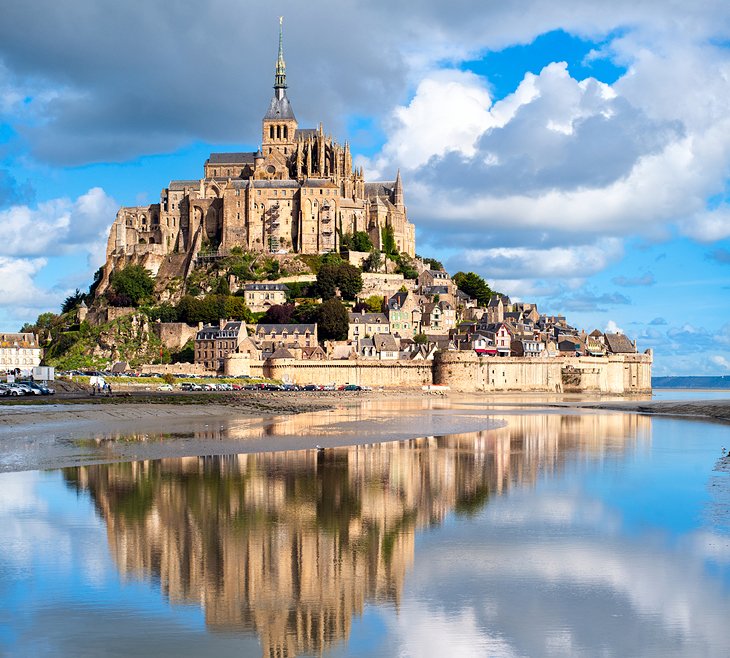
An important medieval pilgrimage destination, Mont Saint-Michel is a UNESCO World Heritage Site . Both the Abbey of Saint-Michel and the Bay of Saint-Michel are protected under this designation.
Soaring more than 100 meters above the sea, the Abbey of Saint-Michel has a mythical quality. The awe-inspiring Gothic spires seem to reach towards heaven as the site beckons pilgrims to cross the foreboding Bay of Saint-Michel.
During low tide, it's possible to complete a " traditional crossing " (a pilgrimage by foot) to reach Mont Saint-Michel. Accredited licensed guides are available to accompany pilgrims across the bay. During high tide, Mont Saint-Michel becomes an island only accessible by one road.
One of the highlights of a visit to Mont Saint-Michel is the Abbey Church , reached by climbing a 200-meter pedestrian path and then 350 steps to the highest point of Mont Saint-Michel. Built in the 13th century, the Abbey Church has a serene Romanesque sanctuary and a glorious Gothic choir.
The " Escalier de Dentelle " (staircase) leads from the Abbey Church up to a terrace, which affords breathtaking panoramic views of the sea.
Mont Saint-Michel is one of the most-visited tourist attractions in France and ranks among the top day trips from Paris . For travelers based in Paris, the easiest way to see Mont Saint-Michel is by taking an organized tour , but there are other options. Some of the best ways to get to Mont Saint-Michel include driving and taking the bus or the train.
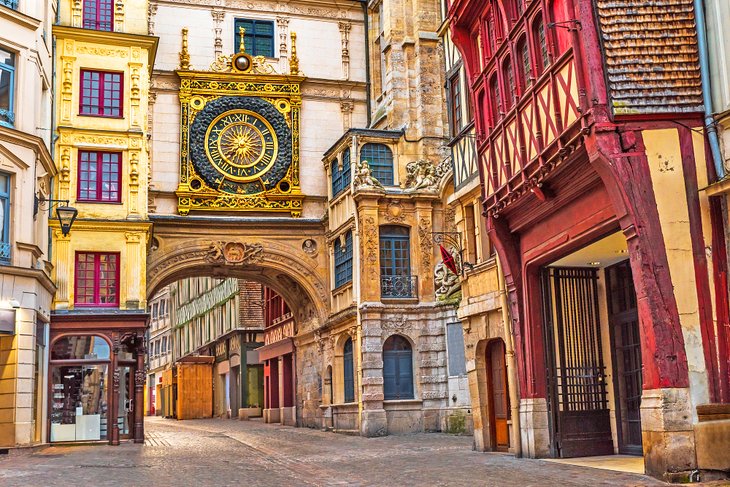
Wandering around the old town of Rouen, visitors will enjoy the historical ambience found in the winding cobblestone lanes, which are lined with maisons à colombages (half-timbered houses). Gothic churches are found at every turn, and many are gems of medieval architectural achievement.
The town's impressive Cathédrale Notre-Dame was depicted by Claude Monet in a series of paintings that show the intricate details of the cathedral's facade at different times of day. Another iconic monument in Rouen is the Gros-Horloge clock tower in the center of town.
Among the top attractions of Rouen is the Musée des Beaux-Arts , which ranks among France's most outstanding museums of fine arts. The collection includes masterpieces of European painting, with an especially noteworthy assortment of Impressionist works.
Rouen is also well known as the location where Joan of Arc was brought to trial. Tourists can see the tower where this courageous young woman stood before her judges and the spot where she was burned at the stake. She later became a saint, and now there is a contemporary church (the Eglise Jeanne d'Arc ) dedicated to her invincible spirit, on the site where she was martyred.
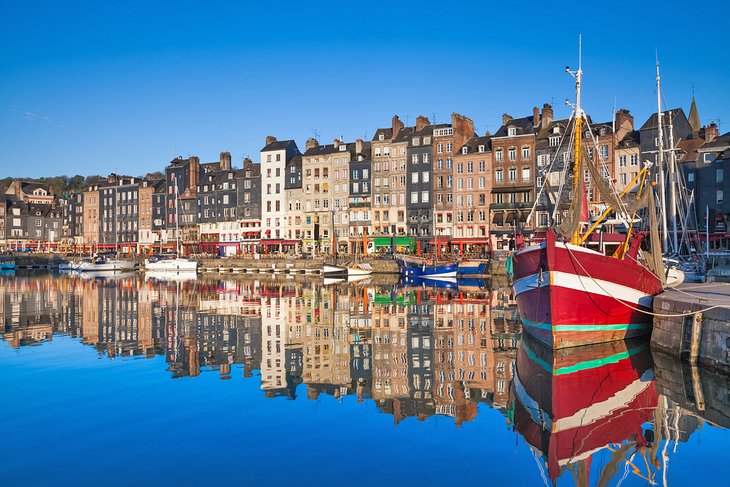
With its picturesque old harbor on the Seine estuary, Honfleur is one of the most charming towns in Europe . About 25 kilometers away from Le Havre, the town has atmospheric cobblestone streets, old stone buildings, and half-timbered houses.
This historic seafaring port was where travelers embarked on voyages to Canada in the 16th century. On the north side of the harbor is the 16th-century Lieutenancy Building , the old governor's house, built on the remains of the town's ancient walls.
One of Honfleur's most noteworthy attractions, the Musée de la Marine (Maritime Museum), is housed in the former Eglise Saint-Etienne, which dates back to the 14th century. The Maritime Museum tells the history of seafaring, fishing, and shipbuilding in Honfleur.
The Musée Eugène Boudin (Rue de l'Homme de Bois) is a must-see attraction for lovers of Impressionist art. Boudin's paintings and drawings represent nearly half of the collection; the rest includes pieces by other Impressionist artists such as Gustave Courbet, Eugène Isabey, and Paul Huet who painted scenes of the Normandy coastline.
The Musée Eugène Boudin also has an annex devoted to religious art, located in the freestanding belfry of the Eglise Sainte-Catherine . An interesting tourist attraction in itself, this Late Gothic church was built by local shipwrights after the Hundred Years' War.
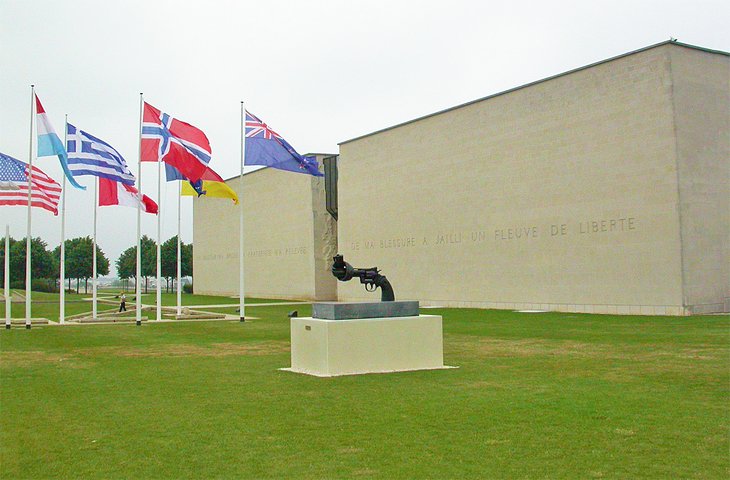
In Lower Normandy near the English Channel, Caen played a critical role during the Nazi Occupation of World War Two. Caen is an excellent starting point for a tour of the Normandy D-Day Beaches and Memorials .
Three-quarters of the town was destroyed during the Allied landings in June and July of 1944 (although its historic churches survived almost entirely unscathed).
Created as a tribute to Caen's suffering during the war, the Mémorial de Caen (Caen Memorial museum) tells the story of the Second World War, the D-Day Landings, and the Battle of Normandy.
Beneath the Caen Memorial museum is the site of General Richter's Headquarters , which was a command post during the German Occupation.
The Mémorial de Caen is also the Centre for History and Peace in Normandy , which aims to educate the public and promote the concept of reconciliation. The center hosts events such as temporary art exhibits and a Human Rights Competition.
Address: Esplanade Général Eisenhower, Caen
Official site: http://normandy.memorial-caen.com
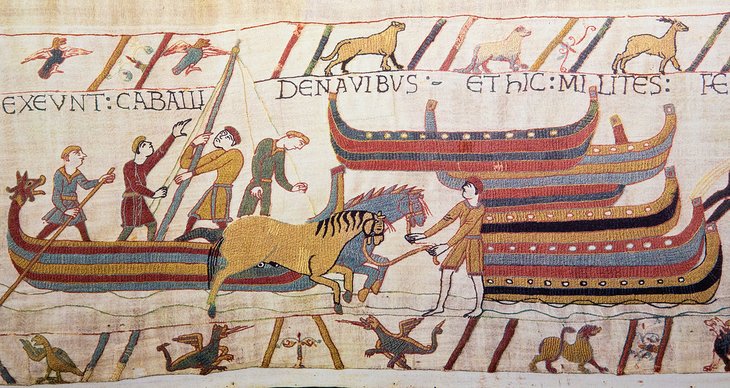
The town of Bayeux is best known for the Bayeux Tapestry, on display at the Bayeux Museum (13 bis Rue de Nesmond). An 11th-century masterpiece of medieval art, the Bayeux Tapestry is actually a work of embroidery, woven from wool yarn in 10 different shades.
The 70-meter-long Bayeux Tapestry depicts the story of the conquest of England in 1066 by the Duke of Normandy (known as "William the Conqueror"), through the Battle of Hastings . The Bayeux Tapestry is also called the Toile de la Conquête ( Cloth of Conquest ) and the Tapisserie de la Reine Mathilde ( Queen Matilda's Tapestry, in reference to William's wife).
Because of its cultural value as an artifact of historical documentation, the Bayeux Tapestry has been inscribed with a UNESCO "Mémoire du Monde" designation . Rendered in exquisite detail, the Bayeux Tapestry depicts 58 different scenes (in a format similar to a comic strip) in incredible detail, including 623 figures, 759 animals, and 37 buildings and ships, along with a running commentary in Latin.
Visitors should also take time to discover the old town of Bayeux, an enchanting medieval world of half-timbered houses, elegant mansions, and stately townhouses.
At the center of the old town is the well-preserved Cathédrale Notre-Dame , one of the finest examples of a Norman Gothic church. The cathedral was built over several centuries (from the 11th century to the 15th century), and as a result, blends Romanesque with Gothic architectural elements, including Early Gothic and Flamboyant Gothic styles.
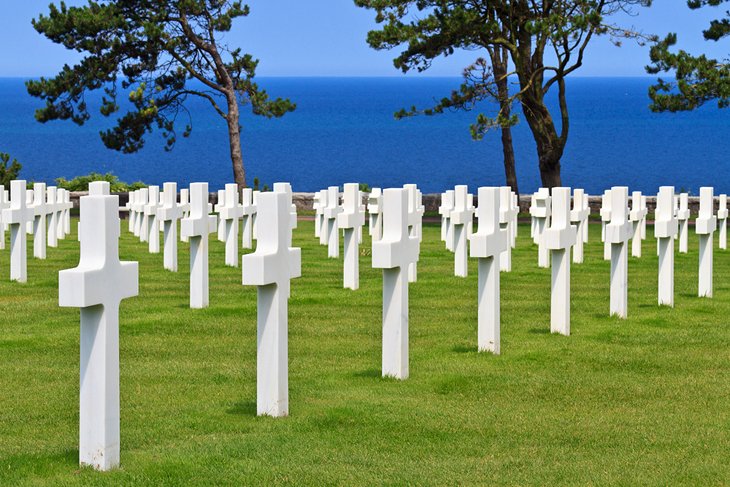
Omaha Beach extends for more than 10 kilometers between Port-en-Bessin past Vierville-sur-Mer and Colleville-sur-Mer to the mouth of the Vire River, a dramatic coastline along the English Channel made difficult to access by the sheer cliffs that rise 30 meters above the sea.
The largest and most famous of the five Normandy D-Day Landing Beaches , Omaha Beach is where the American 1st and 29th Infantry Divisions landed, along with other U.S., British, French, and Canadian troops on June 6th, 1944, which marked the beginning of Operation Overlord (also known as the "Battle of Normandy").
Visiting this site provides a chilling impression of the deadly battle, one of the bloodiest scenes of fighting during the D-Day Invasion, that took place here. Remnants of German bunkers and military piers can still be seen along the cliff-fringed coastline.
The American Cemetery in Colleville-sur-Mer overlooks Omaha Beach. The cemetery contains more than 9,000 perfectly aligned gravestones, which makes it the biggest American cemetery in Normandy.
Near Omaha Beach and the American Cemetery is the Overlord Museum , which chronicles the history of the Allied landings and the liberation of Paris. The museum's collection includes war vehicles, tanks, and guns, as well as soldiers' personal items.
Address: Overlord Museum, Rond-point d'accès du Cimetière Américain, Lotissement Omaha Center, Colleville-sur-Mer
Official site: www.overlordmuseum.com
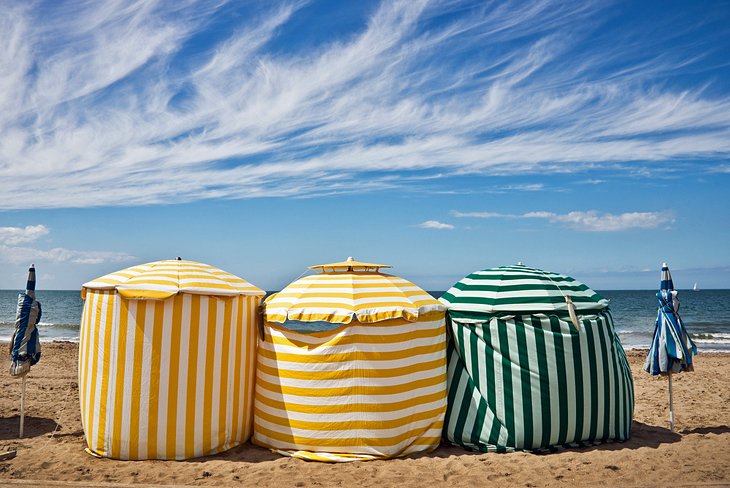
Since the 19th century, Deauville has been a premier seaside resort in Normandy. This glamorous vacation spot is still considered one of the top beach destinations in France .
The seafront features two kilometers of sandy shoreline and a promenade (boardwalk) for seaside strolls. Lifeguards are on duty daily during the high season (July and August).
Fitting of a glamorous beach destination, amenities abound, including places to rent parasols, lounge chairs, and old-fashioned striped cabanas.
Holiday-goers can take a break from sunbathing at the beach to browse the stylish boutiques, get a spa treatment, or dine at one of the many gourmet restaurants. Other things to do include sailing, golfing, and attending equestrian competitions.
Deauville lives up to its reputation as an internationally renowned resort with its array of prestigious events, including the International Polo Championship, held at Deauville's modern nine-hectare equestrian complex, and the Deauville American Film Festival .
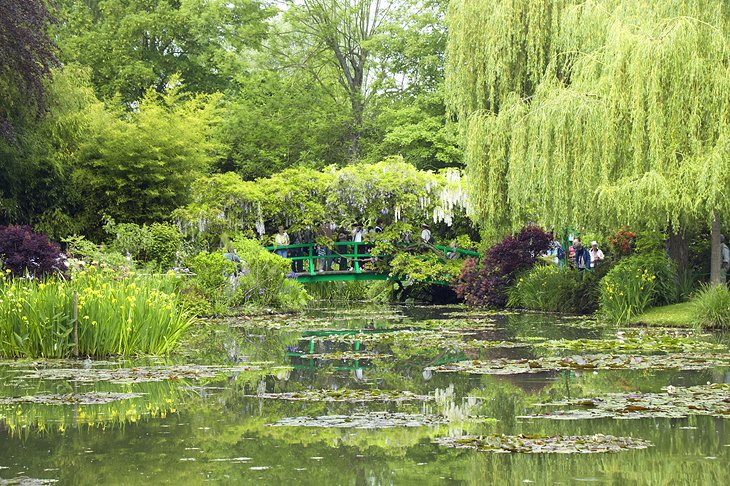
For lovers of Impressionist art, Monet's House & Gardens is an exciting place to visit, because the lush flowering property inspired so many of the artist's paintings. Claude Monet and his family settled at this charming location in Giverny (one hours' drive from Rouen) in 1883, and the artist spent the rest of his life here.
In front of the house is Le Clos Normand garden, which was created by Claude Monet. From springtime through autumn, this garden blooms with a profusion of colorful blossoms, including daffodils, pansies, tulips, irises, peonies, daisies, roses, poppies, hollyhocks, and dahlias, planted in a natural way so that they look like wildflowers.
On the other side of the property is Le J ardin d'Eau (Water Garden) featuring a Japanese bridge and waterlily pond fringed with weeping willow trees. The water garden was depicted in Monet's Water Lilies series of paintings. Monet devoted many years to painting different aspects of this garden, capturing its beauty in his delicate brushstrokes.
In the town of Giverny, the Musée des Impressionnismes Giverny (99 Rue Claude Monet) presents over 200 Impressionist paintings, as well as temporary exhibitions. The Impression Museum is surrounded by a meadow and also has a lovely garden with landscaping reminiscent of Monet's Garden.
Nearby in the town of Vernon (about a 10-minute drive), the Musée de Vernon showcases several masterpieces painted by Monet, along with works by other Impressionist artists (who belonged to the Giverny colony of painters).
Address: Monet's House & Gardens, Rue Claude Monet, Giverny
Official site: http://giverny.org/gardens/fcm/visitgb.htm
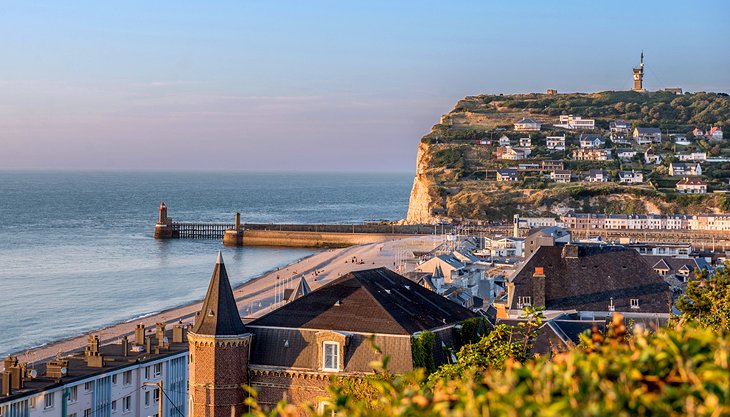
A favorite beach vacation destination on the Côte d'Albâtre, Fécamp is one of the best places to visit in Normandy for a relaxing holiday break. Established in 1832, Fécamp was one of France's first seaside resorts, known for attracting a high-society crowd. Today, sunbathers and socialites alike enjoy the refreshing ocean scenery .
Apart from the fishing harbor , the main tourist attraction here is the old abbey church of Sainte-Trinité , originally built in the 12th and 13th centuries. The interior is remarkably spacious with an exquisite choir and Renaissance altar.
The medieval pilgrimage chapel, Notre-Dame-du-Salut, stands on a steep chalk cliff to the north of town.
The writer Guy de Maupassant was born in Normandy and spent his early years in Fécamp, and some of his stories are set in the town.
About 11 kilometers away is the village of Valmont with an ancient castle and the ruins of a 12th-century abbey.
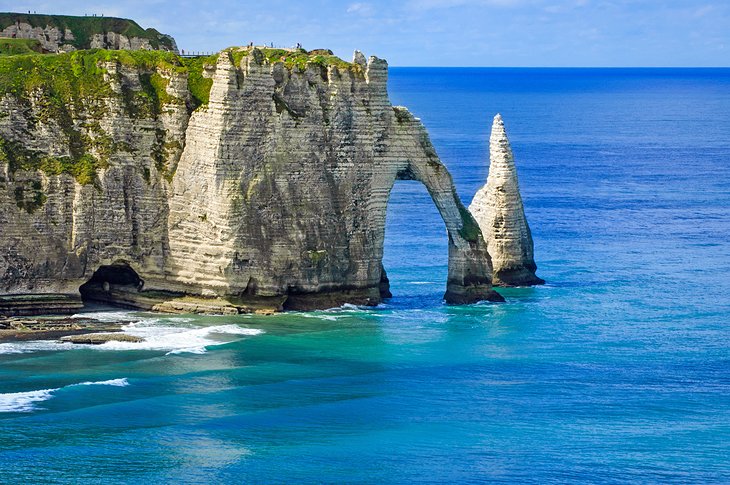
The seaside resort of Étretat is nestled at the foot of white limestone cliffs on Normandy's Côte d'Albâtre coastline. The cliffs reach 90 meters in height. From the viewpoint on top of the cliffs, the panoramic vistas are sensational.
The scenery of Étretat appealed to Claude Monet who spent a winter here in 1868. During his stay, Monet captured the dramatic landscapes and glistening waterfront in his paintings.
The beaches of Étretat delight sunbathers during the summer, and the ocean is a source of livelihood for fishermen who catch fresh seafood that is widely used in the local cuisine.
Étretat also has many attractive Belle Epoque villas , the most well-known is the Villa Orphée. The Villa La Guillette was built for the author Guy de Maupassant.
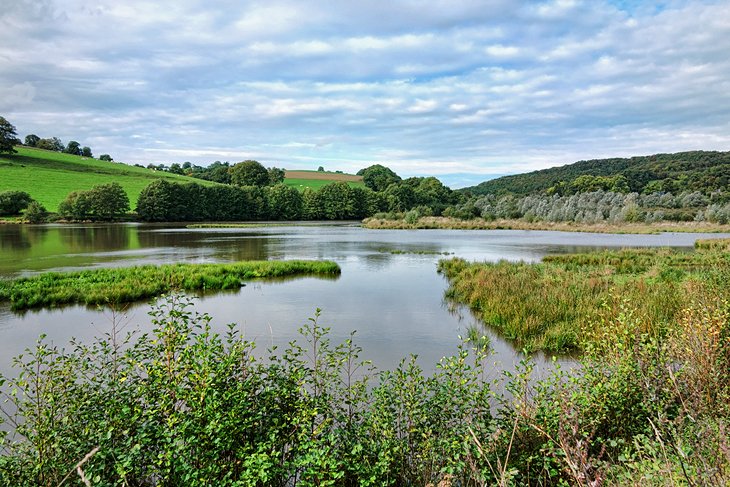
The name of Suisse Normande (Norman Switzerland) is given to the stretch of countryside in the Orne Valley of Lower Normandy, extending between Thury-Harcourt (south of Caen) in the north, Flers-de-l'Orne in the south, and Falaise in the east.
An idyllic piece of rural landscape, the Suisse Normande is characterized by its gently rolling hills, densely wooded forests, wide open space, steep gorges, and pristine lakes. The winding river, rocky bluffs along its banks, and the intricate patchwork of hedges give the scenery a particular charm.
The most striking features are the Rocher d'Oëtre , in the hilliest part of the area, and the superb view from above the gorges of the Rouvre River. Other scenic areas include the Vère and Noireau valleys and the stretch of the Orne Valley between Thury-Harcourt and Pont-d'Ouilly.
This area includes two regional parks: the Parc Naturel Régional Normandie-Maine and the Parc Naturel Régional du Perche ; both have well-maintained trails for nature walks and hikes. The Naturel Régional Normandie-Maine also offers opportunities to go canoeing or kayaking.
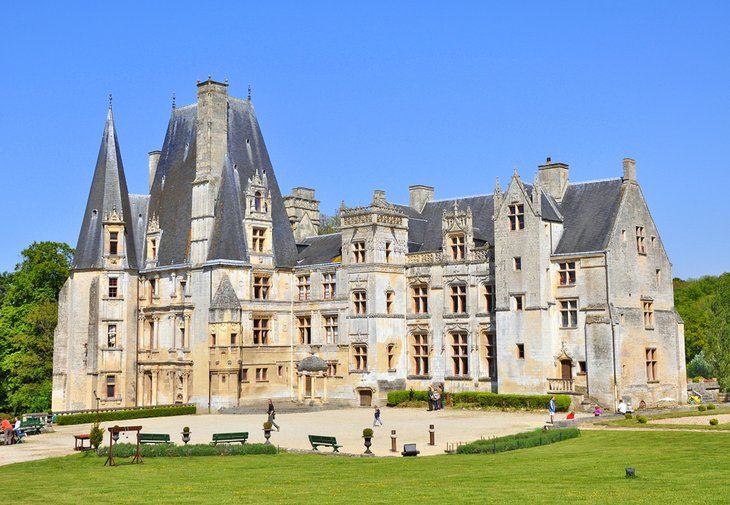
The most spectacular château in Normandy, the Château de Fontaine-Henry enjoys a peaceful setting in the lush Mue Valley of Lower Normandy (about 14 kilometers from Caen). The château was built in the beginning of the 13th century and is classified as a Historical Monument .
The Château de Fontaine-Henry has been privately owned for generations, by an aristocratic family that traces their ancestry to the year 1200. The current owner, the Marquis d'Oilliamson, on occasion leads guided tours of the château.
This remarkable château is a notable example of Gothic and Renaissance architecture with an imposing stone facade. The lavish interior is filled with gorgeous furniture and exceptional paintings , including works by Titian, Correggio, Rubens, Mignard, and Rigaud. There is also a separate 13th-century chapel, which was renovated in the 16th century.
Surrounded by forests, the château has an expansive parkland with walking paths and traditional games for visitors to enjoy. Within the park are three distinct gardens: the Jardin Notre-Dame, a medieval garden planted with vegetables and medicinal herbs; the Hortus Conclusus, an enclosed garden designed for religious meditation and spiritual reflection; and the Gerbe du Parnasse, a garden with a theme of Greek mythology.
Tourists may visit the Château de Fontaine-Henry on guided tours, available mid-April through mid-September. Tours are available in French and English, and printed content about the tour is available in English, Dutch, German, Spanish, and Russian.
Address: Place du Château, Fontaine-Henry
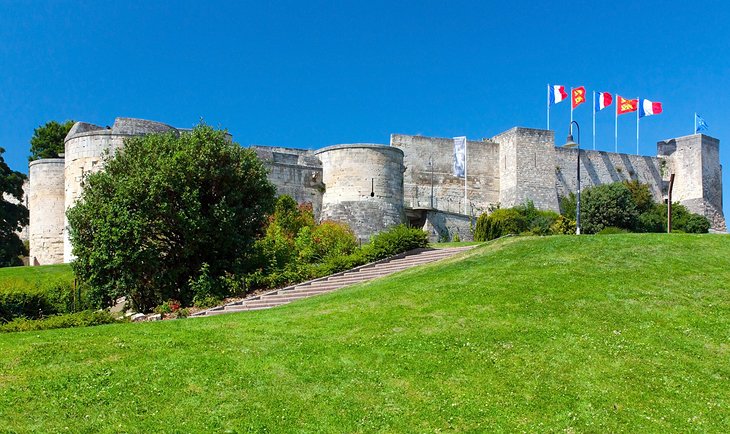
Guillaume le Conquérant (William the Conqueror) built this castle in 1060 when he was the King of England. The Château de Caen is one of the largest medieval monuments in Europe and a quintessential symbol of Caen's heritage.
During the Middle Ages, the château was a royal fortress, and it later served as an English stronghold during the Hundred Years' War and as army barracks for an infantry regiment during the Second World War.
The ramparts of the Château de Caen are among the largest castle fortifications in Europe. The northern rampart of the castle has been restored; from this viewpoint , visitors can admire panoramas of the Caen cityscape.
Rooms within the ramparts house the Musée de Normandie , a museum focused on the Normandy region's culture and history, including the history of the castle.
The château also displays the collection of the Musée des Beaux-Arts de Caen , which has an outstanding assortment of 16th- and 17th-century European paintings. The museum's treasures include masterpieces by Poussin, Rubens, Veronese, and Brueghel, as well as Impressionist paintings by Monet, Boudin, Corot, and Courbet.
The Château de Caen has a café, picnic area, and outdoor games on the grounds.
Address: Château de Caen, 14000 Caen
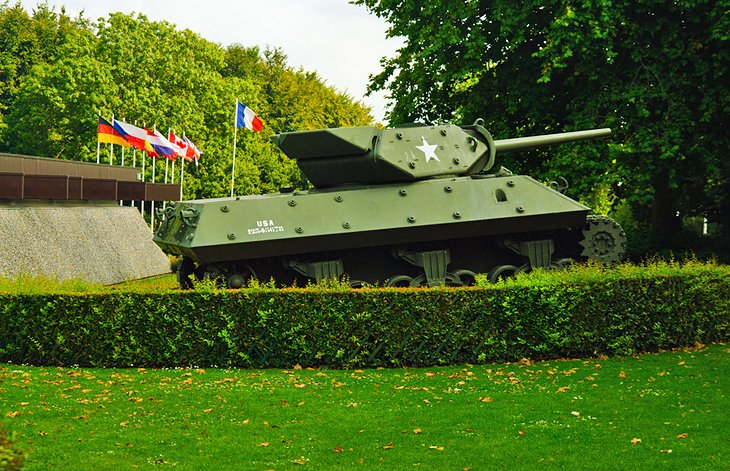
Bayeux has a British World War II cemetery as well as the Memorial Museum of the Battle of Normandy. This museum explains Normandy's involvement during the Second World War by outlining an overview of the wartime events.
With 2,300-square-meters of exhibition space, the museum does an outstanding job of recounting the Normandy Campaign , from the advancement of the Allied troops to D-Day on June 6th, 1944 and the liberation of Paris on August 25th, 1944.
The museum has an auditorium that shows the film Normandy '44, Decisive Victory in the West , based on archival documents. Created by a World War II historian, the film explains the major operations involved in the Battle of Normandy.
The museum also displays military equipment used during fighting on the Landing beaches, such as bulldozers, jeeps, and guns. The main aim of the museum is to share World War II history with the public and to serve as a place of remembrance , while honoring the memory of fallen civilians and soldiers.
Address: Boulevard Fabian Ware, Bayeux
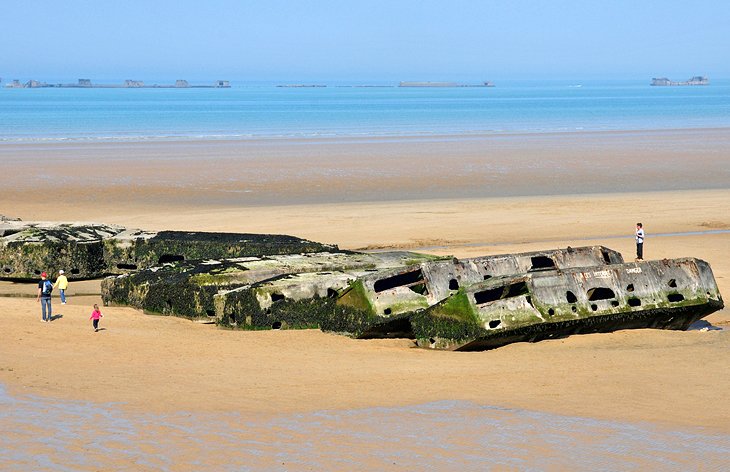
Near Omaha Beach, the D-Day landing beach (Gold Beach) of Arromanches was successfully captured by the British 50th Northumberland Division on June 6th, 1944 in a surprise offensive.
Because Arromanches does not have a natural harbor, the Allied forces had installed artificial harbors, known as the Mulberry Harbors . The Arromanches D-Day Museum overlooks the beach, close to the spot where one of the harbors was constructed. Remnants of the artificial harbor can still be seen on the sandy shore and in the waters near Arromanches.
The Musée du Débarquement (Arromanches D-Day Museum) illustrates the remarkable logistics and technical aspects of " Operation Mulberry ," which involved the building of the Mulberry Harbors. Exhibits describe the logistics required to create and use the Mulberry Harbors, while working models demonstrate how the artificial ports operated.
Visitors can also watch a documentary film featuring World War II archival footage. Near the museum are many cafés and shops on the bustling Place du 6 Juin square.
Address: Place du 6 Juin, Arromanches
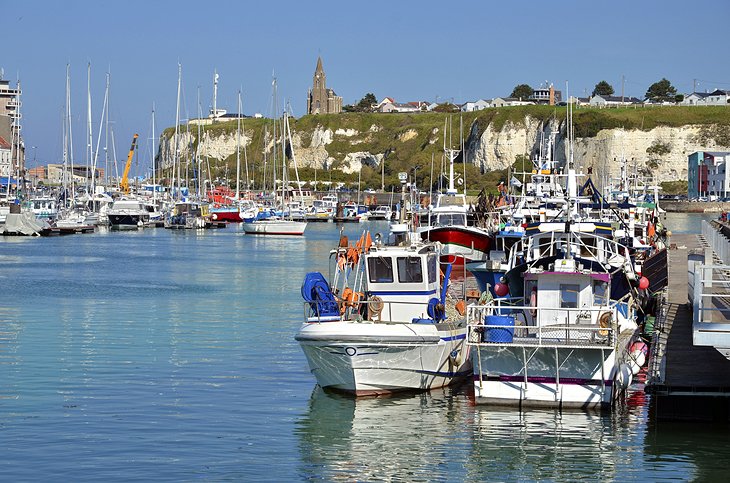
Historically a seafaring port, Dieppe became France's most stylish seaside resort in 1924 when the Duchesse de Berry came here to enjoy the ocean's fresh air and health benefits. The Duchess transformed the town (by having a ballroom and theater built) and made it a glamorous beach destination.
Today, visitors still come to enjoy Dieppe's beautiful broad seafront, an expansive space that includes a pebbly beach , promenade, children's playground , miniature golf course, and facilities for fishing and sailing. Unique to Dieppe, the seafront includes well-manicured lawns, where the International Kite Festival takes place every two years in September.
Above the beach, in a craggy cliff town, is the Château de Dieppe . This 14th-century castle contains the Musée de Dieppe , a multidisciplinary museum with an excellent assortment of European paintings from the 15th-century to the present day. Highlights include French Impressionist paintings, such as works by Pierre-Auguste Renoir, Camille Pissarro, and Eugène Boudin.
Northwest of the castle, the Boulevard de la Mer offers stunning sea views. In the center of the town is the pleasant Place du Puits-Salé and nearby are many cafés and pastry shops.
Dieppe has two important churches: the Baroque Eglise Saint-Rémy , built in the 16th and 17th centuries, and the Eglise Saint-Jacques , a striking Gothic church with ornately sculpted doorways and a richly decorated interior.
With today's recreational ambience, it's hard to imagine that Dieppe was the site of a tragic WWII event. On August 19th, 1942, the Allied forces (mainly Canadian) attempted a Raid on Dieppe , but the offensive was met by the German army with unexpectedly strong reinforcements. Over 900 Canadian soldiers were killed. Memorials in Dieppe honor the Canadian troops who perished during the Raid on Dieppe in 1942.
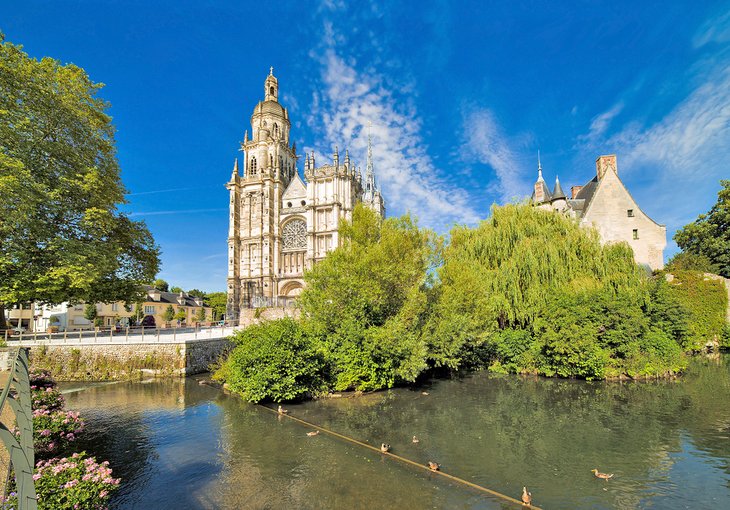
About a one-hour drive south of Rouen, the town of Evreux is worth a detour. The main tourist attraction is the Cathédrale Notre-Dame built in the 10th century. The cathedral's monumental nave still has Romanesque-era arches, although it was rebuilt in the 13th century in Gothic style. Illuminating the sanctuary are 70 splendid stained-glass windows, created between the 13th and 16th centuries and considered masterpieces.
Evreux also has a noteworthy 15th-century Palais Episcopal , which now houses the Musée d'Art, Histoire et Archéologie displaying a diverse collection of ancient artifacts; historical objects; and European paintings from the 17th, 18th, and 19th centuries.
Other noteworthy sites in Evreux include the Tour de l'Horloge (Clock Tower), which dates from 1490, and the former Abbaye de Saint-Taurin (abbey church), which contains the 13th-century reliquary of Saint Taurin, an exemplary piece of goldsmith's work.
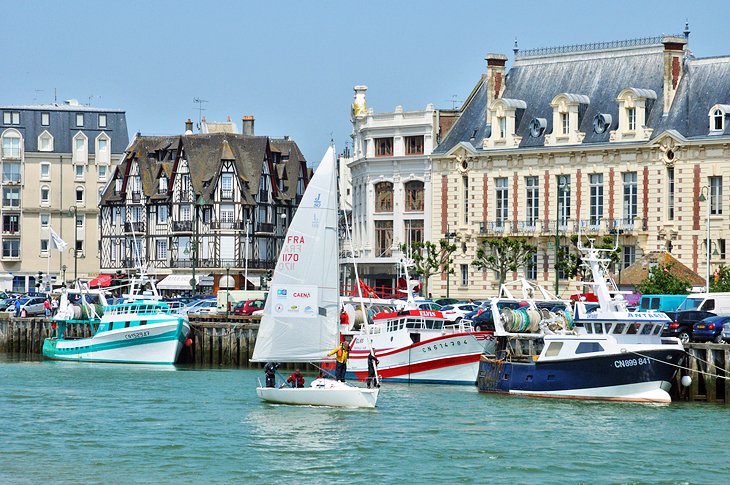
Although less upscale than the neighboring " Parisian Riviera " resort of Deauville (just two kilometers away), Trouville has a similar ambience. Like Deauville, Trouville was a fashionable seaside resort in the 19th century.
Trouville's broad sandy beach was once known as the " Queen of Beaches " and still attracts many visitors. Another tourist draw is the boating harbor for recreational sailing.
One highly recommended excursion from Trouville is a drive along the Corniche Normande , which skirts the coast high above the sea. This scenic drive offers extensive views all the way to Honfleur.
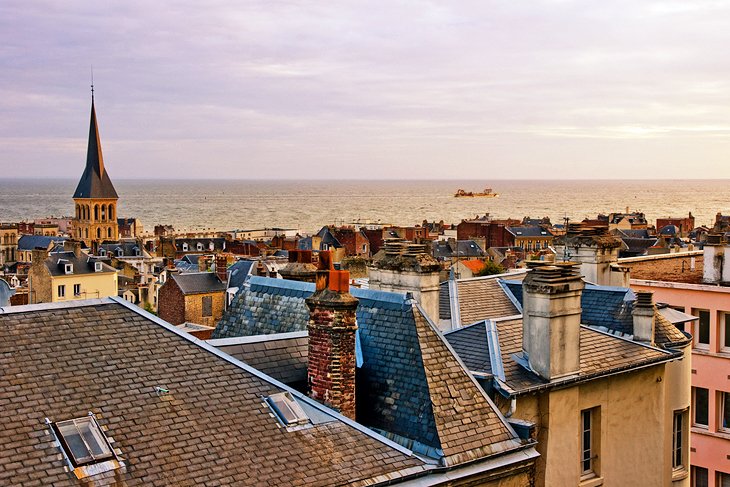
Built around the estuary of the Seine River, Le Havre is France's largest port after Marseilles. The town is surrounded by serene natural scenery: an expansive pebble beach and an attractive marina.
The setting appealed to Claude Monet. In 1872, he captured the landscape of Le Havre in his famous painting Impression, Soleil Levant ( Impression, Sunrise ) which is considered the first piece of Impressionist art.
Le Havre suffered much damage during the Second World War and was almost completely rebuilt with many buildings designed by the architect Auguste Perret. The modern city center offers interesting examples of 20th-century architecture, such as the Place de l'Hôtel-de-Ville with its functional tower blocks.
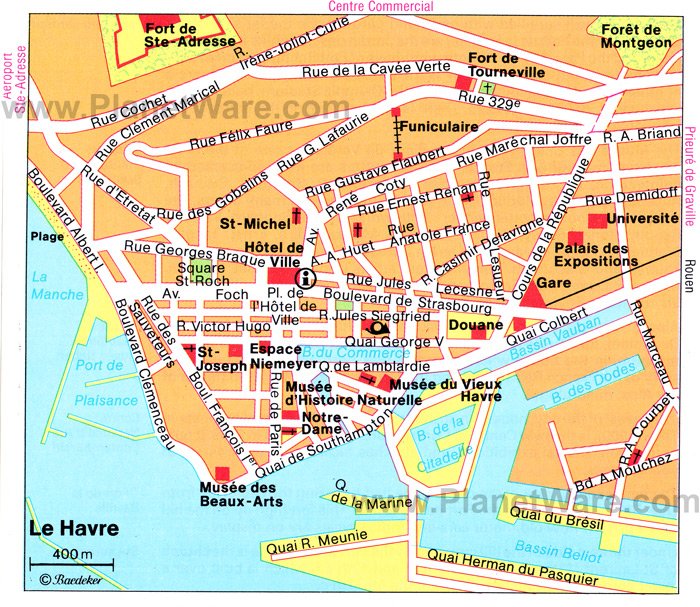
One of the prettiest of the villages that dot Normandy's rural landscape, Le Bec-Hellouin is listed as one of the Plus Beaux Villages de France (Most Beautiful Villages of France). This little country village is tucked away in a peaceful valley and has plenty of open green space with leafy trees.
Brimming with old-world charm, Le Bec-Hellouin has quaint flower-bedecked half-timbered houses clustered around an old church, the Eglise Saint-André . Tourists will also appreciate the village's selection of small inviting hotels and casual restaurants.
The village is renowned for its abbey, the Abbaye Notre-Dame du Bec founded in the 11th century and classified as a Historical Monument. Although the abbey was badly damaged in 1417 during the Hundred Years' War, the 15th-century Saint-Nicolas Tower remains intact. The main buildings exemplify Regency architecture, with unostentatious facades and harmonious classical proportions.
The Abbaye Notre-Dame du Bec is still a working monastery run by a community of Benedictine monks. Besides fulfilling their religious obligations, the monks produce handcrafted ceramics and provide guided sightseeing tours of the abbey.
Guided tours are available every day except Tuesdays. The grounds and the Eglise Abbatiale (Abbey Church) of the Abbaye Notre-Dame du Bec are open to the public, free of charge, every day except Tuesdays.
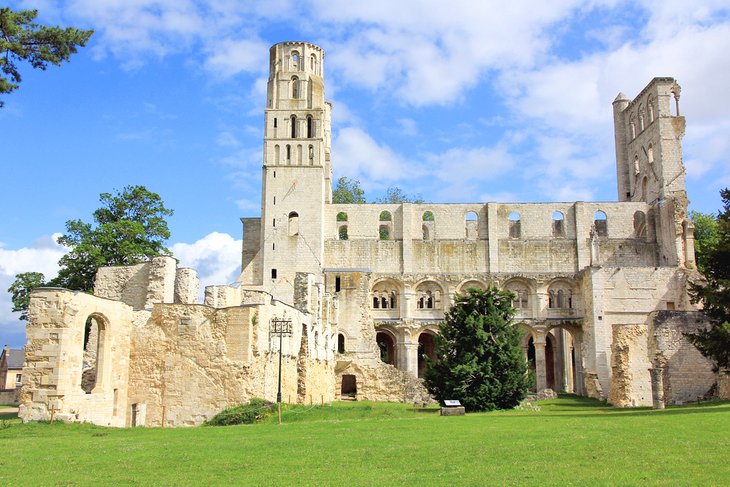
Another historic abbey is found 35 kilometers from Le Bec-Hellouin in Jumièges. Built in the 11th century, the Abbaye de Jumièges became an unsurpassed center of learning under the rule of William the Conqueror. In the 13th century, the church was enhanced in marvelous Gothic style, reflecting the grandeur of the abbey and its immense wealth.
Unfortunately, the abbey was mostly destroyed during the Hundred Years' War. However, the ruins reveal the prestigious past of a building that was once the most magnificent religious monument in Normandy.
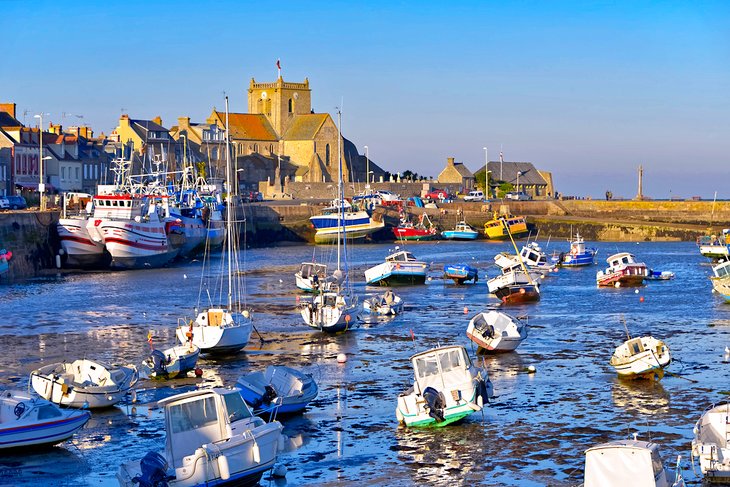
Barfleur is a characteristic Norman fishing village with handsome granite-stone houses lined up along the harbor. The town's picture-perfect quality has earned it a place among the Plus Beaux Villages de France .
During the time of William the Conqueror, Barfleur was a principal seafaring port for the Anglo-Norman kingdom because of its advantageous position on the English Channel. Today, Barfleur still has a busy fishing harbor, with small boats unloading fresh catches daily at the quays. The town's traditional seafood restaurants offer a chance to sample the tempting local cuisine.
With nearby beaches and coastal paths for taking nature walks, Barfleur is a popular destination for seaside getaways.
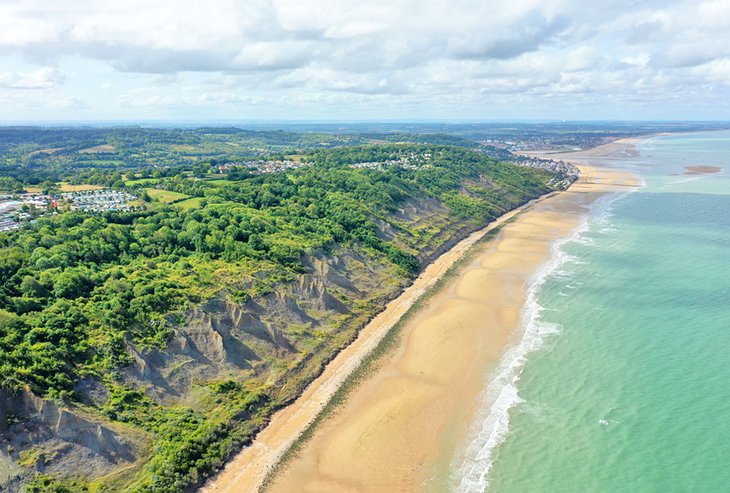
Normandy is prized for its gorgeous coastline, particularly the stretch known as the Côte Fleurie , which extends from Honfleur for about 45 kilometers to Merville-Franceville.
The name "Coast of Flowers" hints at its natural splendor. This bucolic landscape features meadows and apple orchards, alongside the coastline of dramatic cliffs and fine-sand beaches.
One especially scenic driving route is the portion from the Deauville to Cabourg (20 kilometers).

More on France

- Your ultimate guide to visiting France
The Ultimate Normandy Road Trip Itinerary
Planning a driving tour of Normandy? Then you are in for a treat!
Normandy is undoubtedly one of France’s most beautiful and historic regions. Situated in the northern part of the country, it is an area that boasts magnificent seaside resorts, grand casinos, beautiful hillsides, and Belle Époque–style villas.
It’s also packed with a plethora of mediaeval towns and historical landmarks, like the Mont-Saint-Michel and Cathédrale Notre-Dame de Rouen, that will charm and captivate you in equal measure.
Having played an integral role in the D-Day invasions of WWII, the area also provides a sombre reminder of the human cost of peace, as evidenced by the many memorials, museums, and cemeteries that are devoted to it.
Best discovered by walking through its mediaeval town centres, and engaging in scenic drives in Normandy, there are hundreds of places you can visit to really get a feel for the place.
In this guide, our aim is to help you plan your ultimate Normandy Road Trip itinerary. So let’s get into it!
Disclosure: This post may contain affiliate links, meaning I get a commission if you decide to make a purchase through my links, at no extra cost for you!

Table of Contents
Planning a Road Trip in Normandy
When planning your Normandy road trip itinerary there is much to think about; not the least of which being when is the best time to go there.
How do you get there? And also what destinations should you visit once you arrive?
In the subsequent sections below we will try and answer these questions for you to help you to put together a proper schedule for your road trip in Normandy.
When is the Best Time to go on a Road Trip in Normandy?
The best time to embark on a Normandy road trip very much depends on what you are looking for.
For sure you’ll find the nicest weather between June and August. However, this also coincides with the peak tourist season, as well as the D-Day commemorations. So you are likely to encounter more people and higher accommodation prices around this time.
For this reason, the shoulder seasons of spring (April and May) and autumn (September and October) might be better options, as the weather is still pleasant (though you might need coats and jumpers), accommodation prices are cheaper and visitor numbers tend to be reduced.
Winter can be a good time to visit Normandy in the sense that accommodation rates will be at low season rates. However, the weather frequently might be cold, dark, and rainy, and you may even find some smaller towns, and several tourist attractions might have temporarily closed down.
How to Get to Normandy
Accessible by air, sea, road or rail, Normandy is a very easy destination to get to.
Just a two hour train journey from Paris, the region also boasts four cross-Channel ports, several major train stations and two international airports. So no matter how you choose to get there, you shouldn’t have too many problems.
Most international visitors to Normandy will fly into Paris Charles de Gaulle, Paris Orly, and Nantes International Airport. Although some flights from abroad will get you into Caen-Carpiquet and Deauville Airports. At all of these airports you will be able to hire a car from companies like Avis or Enterprise.
From the UK and Ireland, five different ferry companies operate, most of which will take you to Dieppe or Cherbourg.
If you would prefer to take the train, there are several stations around Normandy which can be reached from either Paris Gare Saint-Lazare train station, or Paris Gare Montparnasse. This includes Caen, Evreux, Le Havre, Rouen, Cherbourg, Dieppe, Bayeux, and Deauville.
The Perfect Itinerary for a Road Trip in Normandy
Planning a driving tour of Normandy? Well here are some terrific places to visit during your time there.
Stop 1: Rouen
The capital of Northern France, Rouen is the perfect place to start your scenic drives in Normandy.
Located on the River Seine, it is a city rich in history. Very important as a seaport in Roman times and the Middle Ages, it was claimed and reclaimed by both the English and French several times during the Hundred Years War. It was also here that Joan of Arc was famously tried and burned at the stake in 1431.
Now known for its charming, cobblestoned pedestrian centre, which features a number of notable mediaeval half-timbered houses, the city boasts some world-class cultural establishments including Rouen Cathedral, the Museum of Fine Arts, and the Secq des Tournelles museum.
Also featuring a collection of Gothic Churches, including Saint-Ouen and Saint-Maclou, its skyline is defined by the Cathédrale Notre-Dame. Whose impressive spires were regularly immortalised in the works of Impressionist painter Claude Monet.
- Stroll through the Jardin des Plantes: Covering 85,000 square metres, the Jardin des Plantes showcases plant species from all over the world. Major highlights include an Asian-inspired rock garden, a rose garden, and a garden for medicinal plants.
- Visit Old Market Square: Situated at western end of the Rue du Gros-Horloge, this is where Joan of Arc was burnt alive. Around the square you will find some beautiful corbelled and half-timbered houses.
- Check out the Musée Le Secq des Tournelles: This unique church is situated inside a former church – the Church of Saint-Laurent – which dates back to the beginning of the 16th century. It exhibits a fascinating collection of centuries old ironworks that used to belong to Henri Secq Tournelles.
- Peruse the Musée des Beaux-Arts: Rouen is home to a fine arts museum that features a range of art, sculpture, and decorative items that derive from the 1500s to the 20th century. Some of the cultural treasures you can see include the works of Monet, Pissaro, Degas, Sisley, and Renoir.
- See the Gros Horloge: A big mediaeval landmark in Rouen, this impressive, astronomical clock is mounted above a beautiful renaissance passageway and arch. It features a mechanism from the 1300s that still works today!
Stop 2: Veules-les-Roses
Looking like it was plucked straight from the pages of a fairytale storybook, Veules-les-Roses is one of the oldest villages in the Pays de Caux. It is also undoubtedly one of the prettiest, too.
Situated on the Alabaster Coast, about 180 kilometres to the north of Paris, this stunning coastal village is a ‘must-see’ destination.
Rich in unspoilt charm, and featuring several gorgeous half-timbered cottages, the town is also divided by The Veules, which is France’s smallest river.
Once a flourishing fishing port in the Middle Ages, it has been a cherished holiday resort for painters, writers and poets since the 19th century. Providing an inspiring and relaxing backdrop for a coastal escape and a city detox.
- Take a walk along the river: Enjoy the beautiful waterside scenery as you familiarise yourself with the area.
- Check out the watercress fields: The town has an impressive area where it grows watercress. Against the backdrop of the waterways, it is an arresting sight.
- See the mills: Mills have been a part of the Veules river since the 13th century. Though most of the remaining ones you can see today were built around the 18th and 19th century.
- Walking along the Veules-les-Roses Beach: This pebbly beach showcases fabulous views of the cliffs that run all the way to the Saint-Valery-en-Caux, as well as a stunning pier.
Stop 3: Honfleur
Possessing one of the prettiest ports in France, Honfleur was an important trading post back in the Middle Ages.
Nestled on the southern banks of the Seine estuary, it enjoyed a strategic location, which was fortified by the French King during the Hundred Years’ War. (Although this didn’t prevent the English from taking control of it for multiple decades).
Today it is one of the country’s most visited towns. With thousands of people flocking here to see the iconic brightly coloured half-timbered houses that line the quay.
Also well known for its captivating art galleries and delightful restaurants, the city boasts a famous wooden main church and a long-time association with such celebrated impressionist artists as Claude Monet, Eugène Boudin, and Gustave Courbet.
- Enjoy the beautiful architecture of the Vieux Bassin: This gorgeous old Insta-worthy harbour is framed on three sides by narrow and very high timber-frame houses that come in all colours.
- Be impressed by the Church of Sainte-Catherine: This incredible church was constructed entirely out of wood by shipwrights. It features many different decorative details that have a nautical theme. Not least, the ceiling that looks a lot like a ship’s hull.
- Browse the Maritime Museum: Previously known as the Church of Saint-Étienne, this fascinating museum provides a detailed history of the Honfleur from a seafaring perspective.
- Take in the magnificence of the Chapel of Notre-Dame-de-Grâce: A stunning 17th-century chapel that resides atop a hill and features an enchanting mix of paintings, plaques, and sculptures
- Delight at The Eugène Boudin Museum: This fine art museum houses several 19th and 20th century artworks by artists like Boudin, Monet, Jongkind, and Dufy that have a long association with the town.
Stop 4: Etretat
Nestled on the northern coast of France, Étretat enjoys one of the most breathtaking locations of anywhere in the country.
Definitely one to add to your bucket list, it is best known for its jaw-dropping 90-metre-high chalk cliffs. Which include three natural arches and a 70-metre pointed formation called L’Aiguille (the Needle).
Serving as the setting for ‘The Hollow Needle’, the popular 1909 French children’s book about Arsène Lupin that was written by Maurice Leblanc, the cliffs and its beach were also featured in the 2014 film Lucy – which was directed by Luc Besson.
They also served as an inspiration to many celebrated impressionist painters like Eugène Boudin, Claude Monet, Gustave Courbet, and Charles Daubigny, as well as countless tourists looking for that perfect Insta shot.
- Take in the views of the cliffs: Lay down a towel, or set up a fold up chair, and spend some time taking in the magnificent views of the small pebbly beach, and the two majestic white chalk cliffs that bookend it.
- Check out the outstanding views from the top of Notre Dame de la Garde: The existing chapel of Notre Dame de la Garde was built in the 1950s and replaced the previous one that was destroyed during the war by the Nazis in 1942. If you climb to the top of it, you will witness more incredible, panoramic views of the Etretat cliffs from a much higher vantage point.
- Go to the Etretat Gardens: Sitting on top of the cliffs that overlook the impressive ‘Etretat Needle’, the gardens are a picturesque mix of huge sculptures and landscape art that are well worth viewing.
- Play a round of golf at the Golf d’Etretat: Perched on top of the Norman cliffs and showcasing magnificent views of the Bay of Etretat, the golf course is a ‘must-play’ if you are into the sport.

Stop 5: Le Havre
Le Havre is a port city that is located at the mouth of the River Seine.
Regarded as the birthplace of the impressionist movement, it was here that Claude Monet painted ‘Impression, Sunrise’, a dramatic depiction of the sun rising through the industrial chimneys of the city. A painting that led one unimpressed critic to dismiss it as ‘impressionism’.
Almost completely rebuilt after suffering significant damage in World War II, the city features an unusual concrete landscape that was designed by Auguste Perret.
Now designated as a UNESCO World Heritage Site in 2005, the city is known for its stunning beach, beautiful marina, very good bar and restaurant scene, and an excellent modern art museum.
- Marvel at the St. Joseph’s Church: Built by Auguste Perret, this incredible church features a neo-gothic temple that boasts a 107 metre tall tower and 12,768 panes of coloured glass.
- See the exhibits at Musée d’Art Moderne André Malraux: Contained within a modern steel and glass building adjacent to the marina, this museum features over 500 years of amazing artworks.
- Sunbathe on Le Havre Beach: This massive pebble beach has been awarded Blue Flag status. For those who want to swim, the sea is very clean, though maybe a little cold. There are also plenty of restaurants to eat at with a lovely view.
- Les Jardins Suspendus: An enchanting botanical garden that enjoys a stunning hilltop location. It features a fabulous selection of flora that derives from various parts of the world including North America, East Asia, and Oceania.
Stop 6: Deauville
Located on the Côte Fleurie, Deauville enjoys a reputation for being one of Normandy’s most upscale seaside resorts.
Famous for its iconic celebrity boardwalk, bright, multi-coloured parasols that line its beach, and for hosting the annual American Film Festival, it has been a popular holiday destination for the rich and famous since the 1800s.
Also well known for its magnificent casino, outstanding golf courses, and for its world-renowned horse racing tracks of Deauville la Touques and Clairefontaine, this is an area that oozes class.
Centred around the wonderful Les Planches – an immaculate, wide, sandy beach that features a boardwalk with colourful bathing cabins – it presents plenty of deluxe hotels, chic boutiques, high-end restaurants, and elegant belle epoque villas, as well as rejuvenating, and exclusive sea-related treatments from exclusive spas.
- Relax on Deauville Beach: The iconic 1.5 mile sweep of soft pristine sand provides a fabulous backdrop in which to sunbathe. For the full Deauville Beach experience, be sure to rent out a colourful umbrella!
- Walk the boardwalk: Built in 1923, the historic red ironwood Promenade des Planches boardwalk stretches for 2,000 feet and showcases tremendous views.
- Enjoy a day at the Races: Deauville has a history of horse racing that dates back to 1863, when riders and horses galloped along the beach. Today, its two courses attract international jockeys, trainers, and horses for its summer and winter race programme that incorporates about 40 races every year.
- Spot celebrities at The American Film Festival: This famous film festival takes place in September and features premiere screenings of new movie releases and A-List celebrities walking the red carpet.
Stop 7: Cabourg
Boasting a fabulous sandy beach that stretches far into the distance in both directions, Cabourg is another very popular seaside resort that you should make a point of heading to on your road trip in Normandy.
Founded in mediaeval times, over 1400 years ago, this historic region has been a popular spot for sea bathing since 1855. It is situated in the Calvados department of Normandy, at the mouth of the river Dives, and has affectionately been dubbed the ‘Queen of the Côte Fleurie’.
With a casino, racecourse, several stunning Belle Epoque villas that line the waterfront promenade, beautiful gardens, and a very Grand Hôtel, there is plenty to captivate the visitor.
- Walk the promenade: The Marcel Proust Promenade is a lovely place to stroll along. Providing eye-catching views of the coastal heights of the Côte Fleurie to the west, the stunning Côte de Nacre coastline to the west and Côte d’Albâtre and Le Havre over the water.
- Try your luck in the Casino: Why not consider having a flutter at Cabourg’s iconic casino?
- Check out the Casino Gardens: The Casino Gardens presents an outstanding floral environment that is well worth checking out.
- Wander down Avenue de la Mer: Explore the boutique shops and restaurants on this popular pedestrianised street.
Stop 8: Caen
Caen is both a port city and the capital of the Normandy region’s Calvados department.
Enjoying a rich history, much of its architecture was constructed during the reign of William the Conqueror. Who, himself, was laid to rest there, after he died in Rouen in 1087.
During the Battle of Normandy in 1944 much of the city was destroyed. However, despite this, several notable buildings remained intact, including the imposing Château de Caen, which was built around 1060.
Now fully rebuilt, this bustling city on the River Orne, is well known for its central location near several excellent beaches and imperious mountains, as well as being one of the oldest university towns in the country.
- Visit the Abbey of Sainte-Trinité: Impressive Norman Romanesque abbey that was founded by Matilda of Flanders, the wife of William the Conqueror in mid-11th century. Her tomb lies in the abbey.
- Head to Colline aux Oiseaux Rose Garden: Gorgeous manicured park with a beautiful rose garden that offers fantastic views over the city and its surroundings.
- Check out the Abbaye aux Hommes: Established by William the Conqueror in 1063, this abbey is his final resting place. Built in a Norman Romanesque style, it features ornately decorated gothic towers on its western facade.
- Have fun at the Festyland Parc: Divided into four different zones – Mediaeval, Viking, Belle Époque, and Pirate – Normandy’s largest theme park features two rollercoasters and four splash rides, as well as a 3D cinema, adventure playground, and a petting zoo.
- Pop into the Château de Bénouville: A stunning stately country home northeast of Caen that was designed in an 18th-century neoclassical style by Claude Nicolas Ledoux.
Stop 9: Bayeux
Nestled on the Aure river, just 10 km from the Channel Coast, Bayeux is an idyllic and historic place to visit on your Normandy road trip.
Radiating a distinctly French air, the city was lucky enough to be quickly liberated by the Allies in June 1944. However, this came at a tragic human cost as evidenced by the commemorative war museum and British cemetery that resides here.
Known for the spectacular 68-metre Tapisserie de Bayeux, a UNESCO-listed 11th-century tapestry that depicts the Norman’s successful conquest of England in 1066, the city also features the impressive Norman-Gothic Cathédrale Notre-Dame.
In addition, it also boasts a charming mediaeval centre that comprises half-timbered houses and cobbled streets, which has a rather magical feel to it.
- Revel in the magnificence of Notre-Dame Cathedral of Bayeux: Originally built in a Romanesque style in the 12th century, the church is an historic and stunning sight to visit.
- Check out the Tapisserie de Bayeux: This incredible 900 year old tapestry will blow you away with its ornate and meticulous detail.
- Visit the Bayeux War Cemetery: Pay your respects to the 4500+ fallen British soldiers who are buried here.
- Enjoy the beauty of the old town: Take in the sights of the charming old town, which includes an historic waterwheel.
Stop 10: D-Day Beaches
For many people, the D-Day landing beaches are a must visit destination.
Extending for over 70 km, they run from Sainte-Marie-du-Mont to Ouistreham and also include Colleville-sur-Mer and Arromanches-les-Bains.
Graphically portrayed in the 1998 American epic war film Saving Private Ryan, which starred Tom Hanks and was directed by Steven Spielberg, nearly 3,000 Allied servicemen were killed on D-Day.
Now a testament to the human cost of peace across the world, millions of people come to the area every year to learn more about the events of that fateful day, visiting the numerous cemeteries, museums, and memorials in the area that commemorate what happened.
- Visit the D-Day Museum in Arromanches: This museum pays homage to the Allied and British forces who fought and perished in the Battle of Normandy.
- Pay your respects at Omaha Beach: Visit the American Cemetery, where over 3000 US Soldiers are buried, as well as the Overlord Museum.
- Peruse the Sainte-Mère-Église and Airborne Museum: Discover the story of how paratroopers of the 82nd and 101st Airborne Division played a critical role in liberating the town of Sainte-Mère-Église. The first in Normandy to be liberated.
- Centre Juno Beach: Family-friendly series of displays, presentations, exhibits and films that convey Canada’s contributions to the Allied war effort.
Stop 11: Granville
Granville has been a popular seaside resort since the back end of the 19th century.
Nestled in between Mont-Saint-Michel to the north and Coutances to the south, it lies on the southwest coast of the Cotentin peninsula.
Presenting sensational views of the Bay of the Mont Saint-Michel, as seen from its fortified headland, this fabulous destination features an eclectic mix of attractions. Its mediaeval Upper Town and bustling fishing port are well worth exploring. While the fabulous Chausey Islands are situated just a 15 km ferry ride away.
Talking of fabulous, the area was the birthplace of Christian Dior, and also boasts a magnificent beach; just as well, on the more sombre side, concrete block houses that provide a link back to the German occupation in World War II.
- Explore the walled Upper Town: Comprises a gothic church, a house with multiple turrets, fine stone mansions, and a great selection of galleries, shops, restaurants, and crêperies.
- Peruse the Christian Dior house: Celebrated couturier was born in Granville. His childhood home has been turned into a museum, which hosts an exhibition dedicated to him.
- Eat lots of seafood: Granville is a major fishing harbour for clams, whelks, cuttlefish, dog cockles, scallops, and sea bream. There are plenty of restaurants where you can treat yourself to a delicious food platter.
- Attend the Granville Carnival: If you happen to be here in February, you should attend this major event which has run for over 150 years. Attracting around 130,000 visitors every year, this five day festival features over 40 carnival floats and many tons of confetti.
Stop 12: Iles Chausey
Nestled just 15 km from Granville, Iles Chausey is a fascinating place to visit.
Known for its stunning natural beauty and impressive tides, the Chausey archipelago comprises 365 islets at low tide and only 52 at high tide.
Gifted to the Benedictine monks of Mont Saint-Michel by Richard II in 1022, the islands are a haven for fishermen. The pristine landscape also features six outstanding beaches, of which three are open to tourists for sunbathing and recreational activities.
It also boasts an iconic lighthouse too, which towers 39 metres above the sea and has been operational since 1847. It also includes a castle that dates back to 1559 and a chapel that was built in the 1840s.
Dolphins have been known to frequent the area too.
- Sunbathe or Swim: On any of the three beaches that are open to the public.
- Visit the chapel: Built around 1850 it possesses gorgeous stained-glass windows that were created by Yves Durand de Saint-Front
- Check out the castle: Built in 1559, this magnificent structure was restored in 1923 by the industrialist Louis Renault.
- Explore around the lighthouse: Observe the square stone tower which rises 62 feet from the 2-story keeper’s house that is nestled on the Grand Ile Chausey’s highest point.
Stop 13: Mont-Saint-Michel
Situated just one kilometre off France’s north west coast, Mont-Saint-Michel is a small island commune that occupies just 240 acres.
Even though it is small – it is home to just 29 people – what it lacks in size, it more than makes up for in beauty and history. As it rises dramatically from the sea, don’t be surprised if you break out into goosebumps at first sight of it.
Dominated by the magnificent Abbey of Mont Saint-Michel, this UNESCO World Heritage site is one of Normandy’s top attractions. It is also an important stop on the Chemin de Saint Jacques, which is the pilgrimage route that leads to Santiago de Compostela in Spain.
The stunning abbey is positioned on the highest point of the islet, while the impressive mediaeval village is enclosed by ancient defence walls. During high tide, the Mont Saint-Michel can appear foreboding and impenetrable against the raging waters. But at low tide, it is actually very possible to walk around its perimeter.
- Take a guided tour of the abbey: Learn all about its history that dates back to the 18th century.
- Stroll around the Chemin des Remparts: Taking in the magnificent scenic views of the surrounding waterway along the ramparts pathway.
- Check out the Grand Rue: The island’s only street runs alongside the ramparts. It features a lovely mix of cafes, bars, souvenir shops, restaurants, and hotel accommodations.
- Walk around the island: You can only do this during low tide, but it will give you a unique perspective of the islet.
You may also be interested in:
- The Ultimate Corsica Road Trip Itinerary
- The Perfect South West France Road Trip: Itinerary & tips for planning a road trip in South West France
FrancePocketGuide
Privacy overview.

The Ultimate One Week Road Trip Itinerary For Normandy
Exploring Normandy? Here’s my guide to a one week road trip in this beautiful and storied region of northern France.
This guide covers all the top attractions and must visit towns in Normandy to see in 7 days. I also give you options for extending your trip in Normandy.
Normandy is a region steeped in history. In Normandy, legendary figures like William the Conquerer and Joan of Arc changed the course of history.
Normandy’s landscapes inspired the Impressionist painters. D-Day beaches commemorate the horror of WWII. In Bayeux, a 1,000 year old tapestry tells the story of medieval warfare and sieges.
Handsome Normandy is crammed with appealingly diverse landscapes. From its picturesque pastures to its ancient fishing harbors, Normandy is a bucolic melange of medieval towns, sun-drenched seaside resorts, and towering Gothic cathedrals.
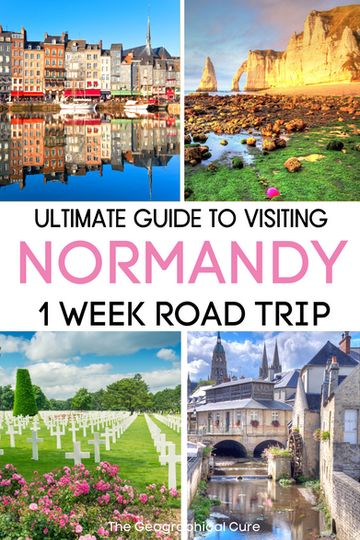
Colorful half timbered architecture, windows bursting with flower boxes, is everywhere. Weathered slate-steepled churches decorate apple orchards, which produce the region’s famed cider. Seaside pleasures, set against chalky cliffs, cater to the senses.
Normandy is the birthplace of the Impressionism movement. No place is more linked to a particular art movement than Normandy is linked to Impressionism.
Impressionists didn’t just share a unique style of painting, focused on light and color. The artists found a common muse in Normandy.
Here’s an overview of my recommended one week itinerary for visiting Normandy:
- Day 1 : Drive to Rouen, stop in Giverny or at Chateau Gaillard
- Day 2 : Explore Rouen
- Day 3 : Drive to Honfleur
- Day 4 : Day Trip To Etretat and/or Fecamp
- Day 5 : Day trip to Le Havre or Deauville
- Day 6 : Drive To Bayeux
- Day 7 : Day Trip to D Day Beaches
- More time: Mont Saint-Michel and Brittany
This 1 week itinerary assumes you’re departing for Normandy from Paris. If you want to spend time in Paris, I have a 3 day itinerary for Paris and a 5 day itinerary for Paris you may find useful.
For this Normandy itinerary, you’ll have three bases: (1) Rouen (2 nights); Honfleur (3 nights); and Bayeux (2 nights). If you don’t want to move bases, you can just pick one. The destinations in this Normandy itinerary aren’t far apart.
I would recommend Bayeux, a beautiful town right out of the middle ages. Bauyeux is near the inland towns, but still only 4 miles from the coast of Normandy.
There are 16 direct trains from Paris from Bayeux, if you’d prefer not to drive from Paris. Honfleur also makes a good base, central to all the Normandy destinations I’ve listed.
This detailed 7 day road trip itinerary for Normandy has a mix of historic sites, leisurely villages, and nature. It’s perfectly adjustable, giving you some destination inspiration for Normandy.
You can make the road trip shorter or longer, depending on your available vacation time or personal fast/slow travel pace. If you just have a long weekend, skip Giverny and Rouen and head right to Honfleur or Bayeux.
One Week In Normandy Itinerary
Here’s how to spend 7 blissful days in beautiful Normandy.
Day 1: Paris To Rouen, Stop at Giverny or Chateau Gaillard En Route
On day 1, you’ll depart from Paris and head west on the A13 to the medieval town of Rouen.
En route, depending on your interest, stop in either Giverny (home of Claude Monet) or at Chateau Gaillard (medieval ruins of Richard Lionheart’s fortress).
1. Option 1: Monet’s House and Gardens in Giverny
En route, follow signs for Vernon and stop in Giverny. Giverny is about a one hour drive from Paris. Rouen is approximately 45 minutes further on from Giverny.
Giverny is the perfect place to start your Normandy adventure. Giverny is home to the house and gardens of Impressionist painter Claude Monet. It’s a one-of-a-kind pastoral paradise, born from the great artist’s obsession.
READ : The Monet Guide To Paris
Monet lived half his life in Giverny. You won’t find any original Monet paintings. Instead, you’ll feel as if you’ve stepped into one of his utopian paintings.
In Giverny, Monet, a devoted horticulturist, created an ethereal and exquisitely staged garden in the French-Norman countryside. With the scent of roses wafting in the air, Monet’s garden is one of the world’s most beautiful and popular gardens.
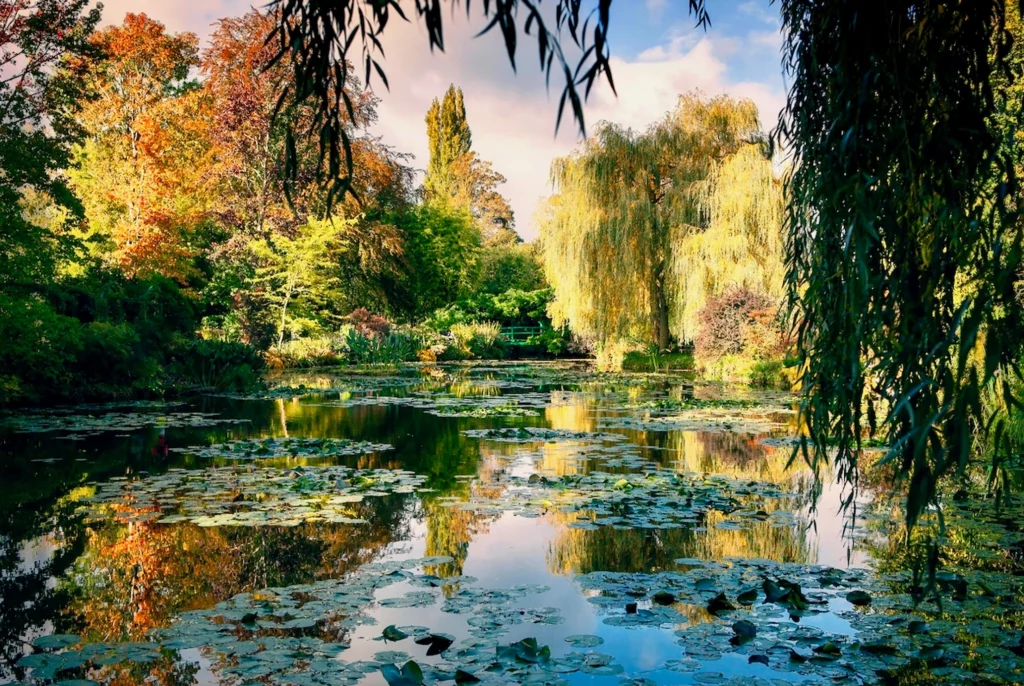
To wander through Monet’s Garden is akin to living in one of his paintings. A world of flowers of every color fills your field of view, nodding slightly in the breeze. It looks like a paint factory explosion, or a few flicks of Monet’s paintbrush.
There are two parts to Monet’s labor-of-love gardens — the Clos Normand flower garden and the Water Garden. The Clos Norman is a boldly colored display and expressly Western. The Water garden is organic, Asian, and more exotic.
The two gardens are connected by a tunnel passing under the road. The gardens are immensely popular — a pilgrimage and mecca for Monet fans, Francophiles, and avid gardeners.
Here’s my complete guide to visiting Giverny . Click here to book a 1.5 hour guided tour of Monet’s house and gardens. Click here to book a skip the line ticket + 2 hour guided tour.
2. Option 2: Chateau Gaillard
If you’re a ruin luster who’d like to avoid tourists, stop in Les Andelys on the Seine River to visit Chateau Gaillard . It’s a designated historic monument in France. Its name means “strong castle.”
Richard the Lionheart built Chateau Gaillard between 1196-98. Perched on the Seine, the fortress secured the western border of France and was a symbol of power. The fortress changed hands and endured various sieges until Henry IV ordered its destruction in 1603.
You can explore the chateau grounds year round. With a ticket, from March to November, you can head inside and visit the inner bailey, and upper courts, and dungeon.
For the time, Chateau Gaillard had an innovative design.
The fortress was one of the earliest known examples in which machicolations were used – openings in the floor of battlements through which objects and hot liquids were thrown on would be attackers.
The chateau’s successive rings of moats and fortifications made the inner keep almost impregnable. It features a “stepped” or “scalloped” wall at the top of the defences. This allowed soldiers to shoot between sections of wall.
Chateau Gaillard is 55 minutes from your destination of Rouen. If you have extra time en route to Rouen, you can also stop in the pretty village of Lyon-la-Foret, 30 minutes from the chateau.
Designated one of France’s Les Plus Beaux Villages, Lyons-la-Foret is a classic French village with half-timbered houses. It dates from the 17th and 18th century.
The town has cozy cafes, quaint antique shops, and a covered marketplace. If you want to grab some lunch, try Le Bistro du Grand Cerf, Le Petit Lyons, or La Licorne.
From Lyons-la-Foret, it’s about 45 minutes to Rouen, which will be your first base.
Where to stay in Rouen : Hotel de Bourgtheroulde , Hotel Cardinal , Le Vieux Carre
Where to eat in Rouen : Restaurant Gill (Michelin), Restaurant Origine, l’Odas (Michelin), La Pecherie, Au Bouillon Normand
Day 2: Explore Rouen
Medieval Rouen is 2000 years old. It’s one of Normandy’s most engaging and historically rich destinations, with half timbered homes and winding medieval lanes.
With its lantern tower piercing the clouds, Cathdrale Notre-Dame de Rouen is Rouen’s crown jewel.
Rouen’s central square is where Joan of Arc, the teen who rallied France to drive out the English, was tried for heresy and burned at the stake in 1431. During WWII, Allied bombing raids laid waste to the city. A lot to endure, no?
But Rouen is still lovely and its cobbled old town is a joy to wander. You may want to book a guided walking tour .
Stroll the length of the Rue du Gros Horloge, the pedestrianized main drag, to Notre-Dame Cathedral.
Along the way, take in all the colorful half timbers, the Place du Vieux Marche, the massively ornate Great Clock, and the modern Joan of Arc Church. If you have time, climb the clock tower’s 100 steps for panoramic views.
Rouen’s Notre Dame Cathedral is a landmark of art history, one of Europe’s best cathedrals. Constructed between the 12th and 14th centuries, the cathedral was built on the foundations of a 4th century basilica.
The cathedral rises 151 meters tall, making it one of the tallest in France. The Dukes of Normandy were traditionally crowned and buried there. Richard the Lionhearted insisted his heart be kept there. You can still see what Impressionist artist Claude Monet painted more than a century ago.
Rouen also has a wonderful museum, the Musée des Beaux-Arts. It has masterpieces from the 15th century to the 21st century, including works from Velazquez, Van Dyke, Delacroix, Gericault, Delaroche, and the Impressionists.
>>> Click here to book a walking tour of Rouen
READ : Guide To the Impressionism Trail in Normandy
Day 3: Drive To Honfleur
On day 3, head to Honfleur, your next base for 3 nights. Honfleur is a 50+ minute drive from Rouen. So, if you start early, you can spend most of the day there. To get oriented, you may want to book a 1.5 hour guided walking tour .
Honfleur is a classic Norman town, dubbed “the jewel of Normandy.” In Honfleur, the Seine flows into the English Channel, reflections mirrored in Le Vieux Bassin or old harbor.
The novelist Baudelaire once declared, “Honfleur has always been the dearest of my dreams.” Victor Hugo called Honfleur “a ravishing port full of masts and sails, crowned with green hills and surrounded by narrow houses.
READ : Guide To the Victor Hugo Museum in Paris
Honfleur is lined with gorgeous 16th to 18th century row houses with slate roofs and facades. Honfleur also has some beautiful churches and is laced with a maze of tiny cobbled streets.
The medieval Church of Saint Catherine is the largest wooden church in France, and Honfleur’s spiritual heart. It was built in the 15th century by sailors.
All this beauty besotted the Impressionists and fellow artists and writers. Art historians claimed that Honfleur was the “birthplace of Impressionism. There, local artist Eugene Boudin urged Monet to paint outside in “plein air,” changing the course of art history.
Honfleur is a cultural treasure. Not surprisingly for a town that begs to be painted, the town boasts 95 art galleries, with works by contemporary painters keeping Boudin’s spirit alive.
Housed in a 19th century chapel, the Musee Eugene Boudin is a pleasing small museum with airy rooms. You’ll find myriad samples of dreamy coastal scenes by the Normandy-loving Impressionists, especially the Honfleur School.
There are plenty of meteorological coastal scenes by its namesake painter Boudin. There are also paintings by the likes of Courbet, Monet, Vuillard, Sisley, and Pissarro. You can see how Boudin inspired later masters, who took Boudin’s techniques to the next level.
Where to stay : Hotel de la Cheval Blanc , Horel de l’Ecrin , Hotel du Dauphin , La Maison de Lucie
Where to eat : La Bouilland Normand, Cote Resto, Restaurante la Lieutenance, Au P’tit Mreyeur, Fereme Saint Simeon, Sa.Qua.Na (Michelin), Entre Terre et Mer
Day 4: Explore Honfleur + Half Day Trip To Etretat or Full Day Trip to Etretat and Fecamp
1. option 1: morning in honfleur, afternoon in etretat.
Spend the morning exploring or going to the museum, if you didn’t get a chance on your first day in Honfleur. After lunch, drive to the famous white cliffs of Etretat.
It’s an approximately 1.5 hour drive. En route, you’ll drive over the Pond de Normandie, the longest cable-stayed bridge in the world.
Sleepy Etretat is a classic old world French town with absolutely mesmerizing scenery. Etretat is set on the sea. Waves crash against the shores of a jagged chalky coastline, with a pretty beach promenade.
A monumental arch, Porte d’Aval, plunges into the sea. It’s France’s version of England’s White Cliffs of Dover.
The town’s indescribable natural beauty inspired artists like Claude Monet, Henri Matisse, Eugene Boudin, and Gustave Courbet. The cliffs, known as the Elephant and the Needle, were one of the artists’ favorite spots to paint. They’re huge and beautiful; softly undulating and momentous.
The best way to admire the seascape is to walk along the cliffs. It’s not intimidating at all. On your walk, you’ll come across the Chapel of Notre-Dame-de-la-Garde. The original was destroyed in WWII, but it was rebuilt in the 1950s.
When you’re done admiring the caves and tunnels carved into the cliffs, head down the staircase to the sparkling turquoise waters of Etretat Beach. The water is cold, but the pebbles are soft and smooth, not hard on the feet.
Etretat’s town center is quaint and shouldn’t be ignored. It’s bursting with shops, eateries, and art galleries.
Cider is a local specialty and there are plenty of crepes. There’s also quite a number of small bed and breakfasts — a testament to Etretat’s appeal to (mostly) French tourists.
2. Option 2: Full Day Trip to Both Etretat and Fecamp
Fecamp is about 25 minutes east of Etretat. Like Etretat, Fecamp is a pretty coastal resort town with dramatic white cliffs, just a 5 minute walk from the town center. You can stroll along the beaches and admire the lighthouse.
Cap Fagnet is Fecamp’s famous viewpoint, just across the port. On one side, you can admire the cliffs. On the other, you can see Fecamp’s harbor and block houses.
While in Fecamp, you should visit the Abbatiale de la Ste-Trinite, or the Benedictine Palace Museum. Built by Richard the Lionheart in the 12th and 13th centuries, it was the most important pilgrimage sites in Normandy until Mont Saint-Michel was built. Now, it has both Neo-Gothic and Renaissance architectural elements.
The abbey is famous for its Benedictine liqueur, which is still produced onsite. You’ll get a sip at the end of your visit. If you’re staying in Fecamp for dinner, you’ll find some good seafood restaurants. Try Chez Nounoute or La Maree
Day 5: Day Trip To Deauville or Le Havre
On day 5, head to either Deauville or Le Havre. Your choice will depend on where you interests lie.
Deauville is an utterly charming resort town on the Parisian Riviera, about 25 minutes from Honfleur. In Deauville, you can hit the beach, relax, and enjoy the social whirl.
By contrast, Le Havre is for art lovers. Le Havre is also only 25 minutes afield as well. The town has one of France’s best museums, with a stunning collection of Impressionism.
1. Option 1: Deauville
Glamorous Deauville is a favorite spot of wealthy Parisians. Deauville is like the Hamptons of Paris, a convenient and luxe beach resort just far enough to escape the bustle and heat of city life. The town is part of the “Parisian Riviera.”
The Parisian Riviera stretches for 25 miles between Caen and Honfleur and is known as the Cote Fleurie, or Flower Coast. In The Great Gatsby , Fitzgerald has his protagonists spend part of the year in Deauville.
Deauville is a beautiful town. It’s stuffed with aristocratic Anglo-Norman mansions from the Victorian era.
They’re elegant old world half timbered homes with Queen Anne style accents and witches’ hat turrets The houses are even more distinctive and ornamental than those in Alsace.
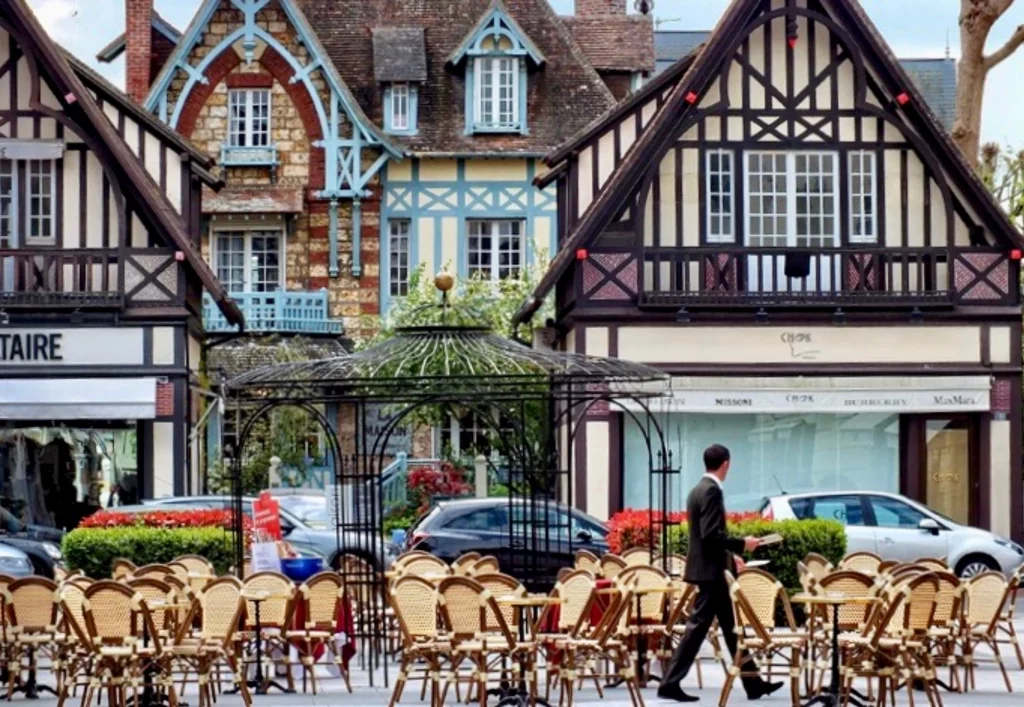
Aside from architecture, Deauville is renowned for its stately seaside strand (Promenade des Planches), horse racing, luxury shopping, delicious cuisine, and film festivals. Enjoy a stroll down the promenade and stop for lunch at Augusto Chez Laurent or La Peniche.
In addition to attracting Parisians, Deauville also enamored the Impressionist painters. Those included Monet, Berthe Morisot, Boudin, and Gustave Caillebotte. Lured by the setting, they set up their easels outside on the beach and painted Deauville’s beautiful coastal landscapes.
If you don’t want to indulge in beach time, instead take a coastal drive along the Cote Fleurie and see its other villages — Trouville-sur-Mer, Cabourg, Houlgate, and Cricqueboeuf. Trouville’s beach is known as the “Queen of the Beaches.”
2. Option 2: Le Havre
As a result of Allied bombing, Le Havre was largely obliterated during WWII.
The town was rebuilt by the Belgian architect Auguste Perret, a mentor to Le Corbusier. His post-war modernist vision still marks the town, earning the first UNESCO designation for an urban center in 2005.
Le Havre was a favorite haunt of the Impressionist artists. Its location at the mouth of the Seine estuary gave the town exceptional light.
The water runs in a current, giving off glimmer and glints as the light catches it. Le Havre’s port, dockyards, beaches, and regattas inspired all the major players in Impressionism.
Claude Monet grew up in le Havre. In 1872, when he was 32, he painted the groundbreaking harbor scene Impression: Sunrise . It’s in a small secret museum in Paris , the Musee Marmottan Monet. The Post-Impressionist Raoul Dufy was also born in Le Havre.
The once gritty town has become a dynamic art center. The Andre Malraux Museum of Modern Art (known as MUMA), in and of itself, is an excellent reason to visit Le Havre.
Housed in a light-filled building overlooking the Seine, MUMA boasts one of the largest collections of French Impressionism in the world. It’s a mini Musee d’Orsay without the Paris crowds. There are works by Boudin, Monet, Renoir, Degas, Sisley, Pissarro, Courbet, and Dufy.
For lunch, have some crepes at the Creperie Soizic in the old quarter. For a cocktail, try L’Abri-Cotier on the promenade.
Day 6: Drive To Bayeux
On day 6, drive west from Honfleur to Bayeux. It’s about a one hour drive.
You’ll have the entire day to poke around and explore this delightful medieval town. You may want to book a 2 hour walking tour .
If you didn’t breakfast in Honfleur, head to the patisserie La Reine Mathilde.
Beautiful Bayeux is a town that played an outsized role in French history. It’s the perfect base for historic Normandy — the site of the Norman invasion of France in 1066 and WWII’s D-Day landings of 1944.
Most people go to Bayeux to see the thousand year old, and exceedingly long (230 feet), Bayeux Tapestry.
Housed in the Bayeux Tapestry Museum , the tapestry chronicles the events leading up to William the Conqueror’s invasion of France. In 50 scenes, it depicts the battle of Hastings and the showdown between William and King Harold II.
It’s unclear when the the Bayeux Tapestry (actually an embroidery) was created. But historians speculate that it was not long after the events it depicts.
The tapestry is remarkably well-preserved given its age, though it has been restored several times. The tapestry was most likely created by William’s queen, Matilda, and her court.
The Nazis seized the tapestry during WWII. It would up at the Louvre , which the Nazis had commandeered and were using as a clearinghouse for art theft. After the war, the tapestry was returned to Bayeux, its rightful owner.
READ : Underrated Masterpieces of the Louvre
But Bayeux isn’t just a piece of cloth, however impressive. Full of medieval architecture, the town itself is delightful and fairytale-like. Honey colored stone buildings are topped with black slate roofs. Flowing flower boxes spill into the narrow lanes.
While you’re strolling, pop into Bayeux’s Notre-Dame Cathedral. This extremely large Norman-Romanesque church was consecrated in 1077 and has survived countless wars and conflicts.
The cathedral is thought to be the original home of the Bayeux Tapestry. Fierce gargoyles on the exterior scowl down at you. In the summer, there’s a fantastic nighttime light show.
Where to stay in Bayeux : Villa Lara , Chateau de Bellefontaine , Grand Hotel du Luxembourg , or Novotel Bayeux
Where to eat in Bayeux : La Rapiere, L’Angle Saint Laurent, Le Pommier, La Reine Mathilde (breakfast), Le Volet Qui Penche, P’tit Bistro
Day 7: Day Trip to the D-Day Beaches
On the last day of your one week Normand itinerary, you’ll visit the historic D-Day beaches. Bayeux makes the perfect base for visiting the D-Day beaches. Unchanged and undeveloped, the beaches are like a time capsule.
You may want to book a guided day trip tour. To do it all, you could go on a 9 hour guided tour of the beaches from Bayeux. Or you could take a half day trip lasting 5 hours .
There, the US successfully carried out the largest military operation in history on June 6, 1944. On this day, US troops gained a foothold in France, a pivotal moment in history which led to the crumbling of Nazi Germany.
You can immerse yourself in the history of Operation Overlord, and the daily lives of the German and Allied troops. For background, visit the America Gold Beach Museum , the Memorial Museum of the Battle of Normandy , and the Bayeux War Cemetery.
The D-Day beaches consist of a 54 mile stretch of coast from Sword beach in the east to Utah beach in the west.
This area is dotted with WWII museums, cemeteries, monuments, and battle remains. For a comprehensive guide to the D-Day beaches, click here .
You won’t be able to see everything in a day, even with a tour guide. Plan your day around a theme, whether you want to visit the American, Canadian, or British sites and memorials. Five miles west of Omaha Beach is the area’s best scenic lookout, Pointe du Hoc.
If you rented a car, from Bayeux, it’s a three hour drive back to Paris. Or, if you picked up your car in Rouen, drop it in Bayeux and take the train back to Paris.
Extra Time in Normandy? Visit Mont Saint-Michel
There are plenty more beautiful cities to visit in Normandy . But an absolute must visit l andmark in France is Mont Saint-Michel.
In fact, you could reverse this itinerary and start in Mont Saint-Michel, then travel east through Normandy. But, with no direct connections, Mont Saint can be a pain to get to from Paris.
In any event, from Bayeux to Mont Saint-Michel, it’s 1:35 drive by car. But the Mont is worth the effort, especially if you start early.
Click here to pre-book a ticket. You can also book a full day guided day trip tour from Bayeux .
Mont Saint-Michel is the crown jewel of Normandy. It’s one of France’s most recognizable silhouettes, a veritable castle in the clouds.
The famous landmark is a pretty-as-a mirage island sanctuary. Its steeply built architecture seems almost impossible. A surreal medieval stage set, the Mont’s sky-high spires, stout ramparts, and rocky outcrops rise dramatically from the sea.
The immense stone pile stands guard over gleaming sands laid bare by a receding (and unpredictable) tide. At high tide, Mont Saint-Michel seems to float in the sea.
The hulking abbey is one of the most visited pilgrimage sites in Christendom. In medieval times, devotees flocked to venerate the Archangel Michael. The Mont’s star attraction is the ancient abbey crowning its top.
You can overnight at the Mont, on the mainland (pamper yourself at the luxury Chateau de Chantore ), or in nearby Saint-Malo (L’Ascott) in Brittany.
A trip to Mont Saint-Michel takes some time and planning. Click here for my complete guide to visiting Mont Saint-Michel, with tips for visiting.
If you have an extended vacation planned, Brittany is a fantastic place to continue your road trip. Click here for my guide to the 20 most beautiful villages in Brittany .
Tips for Visiting Normandy
The best time to visit Normandy is in late spring and summer. Then, the weather is pleasant, the days are longer, and the flowers are in full bloom. After summer, some villages go into hibernation mode and there’s not as much to see and do in Normandy.
Ideally, you should rent a car to explore Normandy. Normandy’s villages are best explored by car because public transportation is scarce.
Trains from Paris serve Rouen, Caen, Bayeux, and Mont St-Michel. But service interconnecting these Normandy destinations is frustrating or non-existent.
In Normandy, cars drive on the right hand side, so that will be familiar. You don’t even need an International Driver’s License in France. Most of the motorways have tolls, so have cash on hand.
In terms of cuisine, Normandy is known for the “four C’s” — camembert, cider, calvados (apple brandy), and cream. Creperies and galette cafes are omnipresent. There’s no local wine in Normandy. You’ll have to make do with cider or the white Muscadet wines made in neighboring Loire region.
I hope you’ve enjoyed my 1 week itinerary for Normandy. You may enjoy these other France travel guides:
- 3 Day Itinerary for Paris
- 3 Day Art Weekend in Paris
- Hidden Gems in Paris
- 10 Day Itinerary for Southern France
- Secret Towns in France
- Hidden Gems in Provence
- Beautiful Towns in Northern France
- Hilltop Villages of the Luberon Valley
- Historic Landmarks in Southern France
- Beautiful Villages in Occitanie
If you’d like to road trip for one week in Normandy, pin it for later.
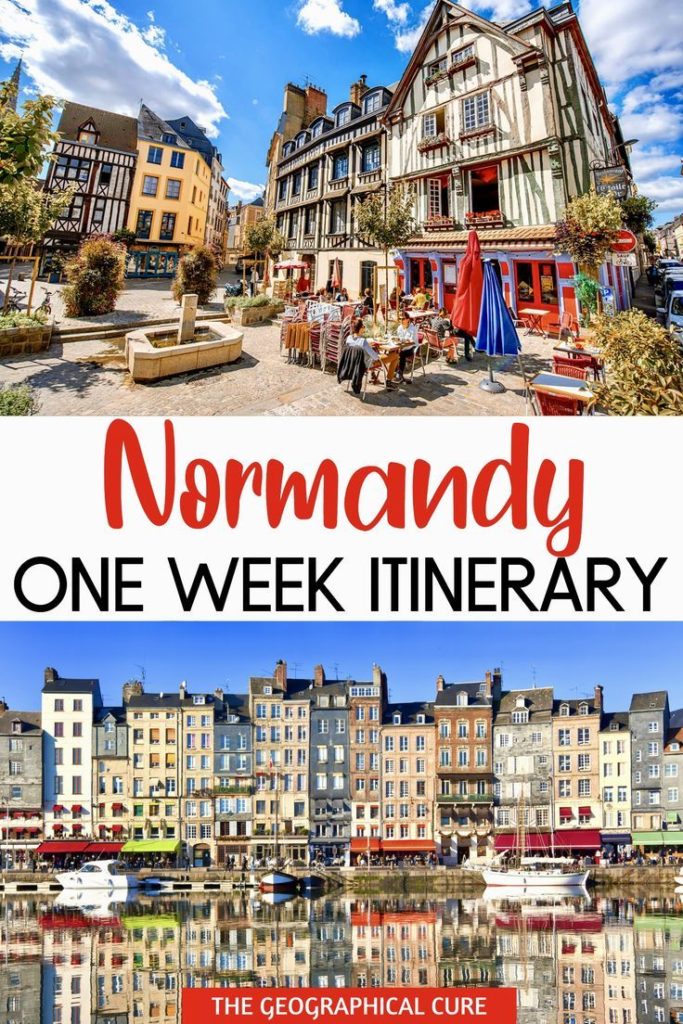
8 thoughts on “The Ultimate One Week Road Trip Itinerary For Normandy”
Wooow Amazing travel itinerary! We are planning our visit for this summer and your tips helped a looot! Thank you so much!!!
Have a great time!
Thank you for this incredibly detailed and informative itinerary. Your explanations, recommendations, and options are very helpful for tailoring to our family since we don’t have unlimited time. Your photos are wonderful. I also want to thank you for your travel tips about getting around, information about foods to eat while there, etc. Thank you!
You’re welcome! Enjoy your vacation in Normandy!
Thank you so much for a lovely itinerary! I’m headed there later this summer and I’m now sold that a whole week in Normandy will be well worth it!
Yes! It deserves more than just a couple days. There’s so much to see.
This looks wonderful! Thank you for such a detailed itinerary. We are going next year and will definitely want to do the full week.
Thank you and enjoy the trip!
Leave a Comment Cancel reply
Save my name, email, and website in this browser for the next time I comment.
Last Updated on August 26, 2023 by Leslie Livingston
- Work with us
- Favorite travel blogs
- netherlands
- switzerland
- family travel
- food and wine
- trip planning resources
- accommodation guides
- travel gear guides
- itineraries
- packing guides
- travel gifts
- health and safety
A trip to Normandy – the beautiful northern coast of France
This article may contain compensated links. See our full disclosure here
If you are in the mood for spectacular coastlines, delicious gooey cheeses and browsing local markets then plan a trip to Normandy in the north of France .
This French region is perfect for wandering pretty towns, soaking up the coastal breezes and walking barefoot on wide sandy beaches.
Northern France is easily accessible from the south of England and London as well as Paris and Belgium. Within a few hours you are soaking up the gallic vibes and getting your French fix in the fresh sea air.
Here is how we spent our days exploring Normandy’s coastal countryside.
What's in this article
4 day northern France itinerary – Rouen & Normandy’s classic coast
Day 1 – rouen: medieval city with half timbered houses, day 2 – picturesque harbour town honfleur, day 3 – trouville by the sea, day 4 – étretat – the spectacular normandy coastline, tips for visiting normandy with kids, more highlights of normandy for your onward journey, resources for planning your trip to normandy.
Northern France is beautiful and historic. I have been a little in love with France my whole life and this is one of my favourite regions.
In Normandy you will find rolling green hills, cows munching on green pastures, some of the prettiest towns and villages in Europe and of course delicious food. Not to mention spectacular coastal scenery.
We used our trusted Lonely Planet guide to help plan our four day trip to northern France starting in Rouen. We made our base in Honfleur and explored that town and nearby Trouville before our finale in Etretat.
Our first stop was the medieval city of Rouen. A thriving city in the Middle Ages, it most famous for its gothic cathedral and association with French legend Joan of Arc. She met her untimely end, burned at the stake, in the city’s Place du Vieux Marché.
For such a pretty place, the city has been the scene of great tragedy over the centuries. Rouen suffered serious damage during both world wars – 45% of the city was destroyed in World War II.
But not to worry, restoration has ensured that visitors can enjoy the charm of its gorgeous half-timbered houses and position on the banks of the Seine.
We wandered the cobbled streets and found a local restaurant – Restaurant La Petite Auberge – that satisfied our need for French food.
Like most regions in France, Normandy has some famous gastronomic specialties. We were keen to try the famous Normandy cider and cheese varieties but we were also tempted by the restaurant’s specialty – les escargots – snails!
Make time to stop at popular Fromagerie François Olivier to pick up some local cheeses when you are in Rouen. You will not be disappointed.
Pro tip – try the local Pont L’Évêque variety – it is soft and pungent just like a French cheese should be
Tip – if you are driving there is a handy underground car park near the Abbatial Saint-Ouen/Monastery of Saint-Ouen
Rouen is a city I would like to return to and explore further. Here are some of the things to do in Rouen that we missed:
- the interior of Rouen Cathedral is breathtaking
- at the Historial Jeanne D’Arc museum you can learn more about this French heroine via a multimedia reenactment of her trial
- the Musée des Beaux-Arts has an impressive collection (plus free admission)
You could easily spend several days in Rouen but those coastal breezes were calling.
We drove along the Seine through the National Park – Parc natural regional des Boucles de la Seine – passing through the countless pretty villages of Normandy along the way.
You can’t help but fall in love with the half-timbered and thatched roofed buildings of Normandy. They are the perfect escape from a busy city life.
Our base for this trip was picturesque Honfleur, a harbour town overlooking the English Channel.
Honfleur is the ideal spot for a few days of relaxing and exploring northern Normandy.
Pretty Honfleur was immortalised by the Impressionist artists including Monet. Since then it has been a hub for artists and there are many galleries in the town.
Honfleur’s old harbour – le Vieux Bassin – is surrounded by colourful buildings and cobbled streets. It is easy to see why the Impressionists were so inspired by this pocket of Normandy. It’s literally pretty as a picture!
Where to stay in Honfleur
Honfleur has some beautiful hotels and B&Bs in the heart of the old town and near the harbour.
La Cour Sainte Catherine – >click here to check prices
- historic B&B in former convent just steps from the harbour
- lovely sun drenched garden where continental breakfast is served
- sitting area in every room
- 2 bedroom apartment suitable for families
Hôtel L’Ecrin – >click here for more information
- friendly hotel close to the old town and harbour
- large swimming pool and pretty garden
- free parking on site
- family rooms
On this occasion we stayed in the old town in a wonderful attic apartment with views of the church and clock tower. I found it using my tried and true method of finding the best short term apartment rentals – you can read about that here .
Our apartment was the perfect vantage point to see the market traders set up their wares on Saturday morning and hear the bells tolling and choir singing from the church below.
> Check accommodation options and latest prices in Honfleur
Things to do in Honfleur
We spent our days in Honfleur wandering around the produce market, choosing pastries, tasting (more) cheese and fruit before heading to the Vieux Bassin (Old Harbour) to admire the sailing boats.
The harbour is lined with colourful cafes and restaurants and has a magnificent 1920s carousel at its mouth. You can easily spend an afternoon simply enjoying the goings on at the harbour.
Don’t forget to visit the Church of Sainte Catherine (pictured above) and its clock tower. Built in the 15th and 16th centuries by local boat builders, these unique structures provide an additional focal point for the city.
Honfleur’s general household and souvenir market is held at the harbour on Saturdays. All the locals turn out and the atmosphere is festive.
If that is not enough market for you, Honfleur hosts a brocante (antique and bric a brac) market on the first Sunday of each month.
Soaking up the atmosphere, taking a walk along the promenade and browsing the shops and galleries built up our appetites. Luckily there are many wonderful eateries in Honfleur.
Where to eat in Honfleur
Of course there is an abundance of seafood to be found at all the cafes and restaurants in Honfleur. But our favourite was La Ciderie specialising in cider and crepes.
I tried the local galichot (pancake), described as a combination between a galette and a blini. I am not sure about that, but it was fluffy and delicious.
In the early afternoon sun we drove the short journey to Trouville to enjoy some beach time. The beach at Trouville is wide, flat and sandy and stretches for over a kilometre.
In other words, great for kids young and old to run amok.
Trouville hosts several seaside attractions including a sandy beach park and fairground rides. These were the highlight for our kids but I enjoyed laying on the sand gazing at the nineteenth century mansions looking down over the beach.
We visited in June and while the weather and sea were a little bit cold for our Australian bodies, there were plenty of people were swimming.
We drove back to Calais via the spectacular white chalk cliffs near the town of Étretat. Here you can walk along the beach boardwalk and admire the cliffs and rock formations.
If you are feeling energetic, climb the cliffs for views of the surrounding coastline. If not, there is a tourist car train – perfect when you are managing tired or little legs.
The town itself has the typical half-timbered buildings of Normandy and you will find many restaurants, cafes and tea rooms catering for hungry visitors.
Normandy is a wonderful destination for families. Apart from the wide sandy beaches we found playgrounds with equipment for all ages in all the locations we visited.
Pedestrianised streets ensure that supervising the little ones is relatively easy and they can explore unhindered.
Kids will quickly discover the fairground ride attractions. Who can resist treating children to a few turns on a carousel when you see the smiles on their faces.
It certainly makes for a happy holiday. And I don’t mind admitting that I enjoyed the carousel rides too!
Our children also loved the sights and sounds of the bustling markets.
They were keen to choose their own market produce including seasonal cherries, apricots and raspberries. And of course they gobbled up the delicious french pastries and crepes.
How to get to Normandy
Getting to Normandy is easy from Paris or the UK.
How to get to Normandy from the UK
If you are driving from the UK, take the Eurotunnel or ferry from Folkestone to Calais.
I prefer the Eurotunnel to the ferry services because it is a lot quicker but obviously that means you pay a bit more.
You could also catch the Eurostar from London St Pancras and pick up a hire car in Calais.
Pro tip – book your Eurotunnel and Eurostar tickets well in advance for the best deals on ticket prices
From Calais it is a 2½ hour drive to Rouen and the A16 and A28. It is another hour from Rouen to Honfleur on the A13.
Flights to Caen in Normandy leave from Southend starting in Spring. You can also fly to Paris and connect to train services from there.
We use Skyscanner to find the best flight deals and plan our trips.
How to get to Normandy from Paris
Paris is understandably a starting point for many trips in France. Once you have wandered the streets , and eaten your way around Paris , head to Normandy for some fresh country air.
Train travel in France is fun and easy. Trains to Rouen from Paris take 1½ hours – even faster on the express – and leave from Gare St Lazare. If you plan well ahead you can pick up fares as low as €10 for this trip.
Alternatively, if you don’t have much time in France, you could join a guided tour of Normandy from Paris. It’s a long day and you would need to choose from:
- Visit a traditional Normandy village
- Explore beautiful Mont St Michel and its spectacular abbey
- Explore Omaha Beach and the visitor center
- Visit the Colleville-sur-Mer cemetery dedicated to fallen American servicemen
- Enjoy a traditional lunch
Normandy is a large region that we had explored several times before. Our goal with this trip was to relax so we did not see some of the region’s main attractions:
Mont St Michel
If the pictures don’t make you want to go, I am not sure what will. Mont St Michel is a magical place and should be on your bucket list. The town and abbey built on a small rocky island has been attracting visitors for centuries.
It is a 2 hour drive from Honfleur to Mont St Michel.
The historic town of Bayeux is just over an hour from Honfleur.
The famous Bayeux tapestry that commemorates the Norman conquest of England in 1066 is found here.
D-Day beaches
Of course many people visit Normandy to pay their respects to American, British, Australian and other Allied soldiers who fought in World War II. Normandy was the scene of the Allied assault into Nazi occupied France and was as a major turning point in the war.
You can take a tour of the Normandy beaches from Caen (just under an hour from Honfleur by car) – > click for ticket info and prices
Giverny – Monet’s Garden
Closer to Paris, you can visit Impressionist master Claude Monet’s beautiful garden at Giverny. You feel like you’ve stepped right into one of his paintings as you wander the grounds. Don’t miss the Japanese bridge and waterlily pond lined with weeping willows.
For more information about visiting Giverny, read our guide to the gardens. If you can’t squeeze Giverny into your Normandy itinerary you can do a combined day trip to Giverny and Versailles from Paris .
I found these useful sites while researching our trip:
- Those keen to discover the local cider can follow the 40km cider route mapped out by the Normandy Tourist Board
- Normandy Then and Now is a fascinating resource full of suggestions, stories and an all round passion for Normandy
- Trouville has an English language website full of interesting information on activities and attractions
- More information about beautiful Rouen
Untold Morsels assists our readers with carefully chosen product and services recommendations that help make travel easier and more fun. If you click through and make a purchase on many of these items we may earn a commission. All opinions are our own – please read our disclosure page for more information.
The creator, writer and photographer behind Untold Morsels , Katy has been travelling and tasting the world since she was a teenager.
Now the proud mum of twins, she hopes they grow up to share her passions of great food, wine and travel. Favourite destination: Italy
Best Things to Do in Normandy, France
Article written by Elisa - Travel Writer & Local in France This article may contain compensated links. Please read disclaimer for more info.
Normandy (Normandie in French) is a French Region located in Northern France , bordered by La Manche (the English Channel) and facing the United Kingdom. Normandy offers visitors a stunning coastline, picturesque harbors, and elegant seaside resorts.
Normandy’s countryside is also lovely to visit, dotted with châteaux, manors, picturesque villages, and the delightful reliefs of Norman Switzerland.
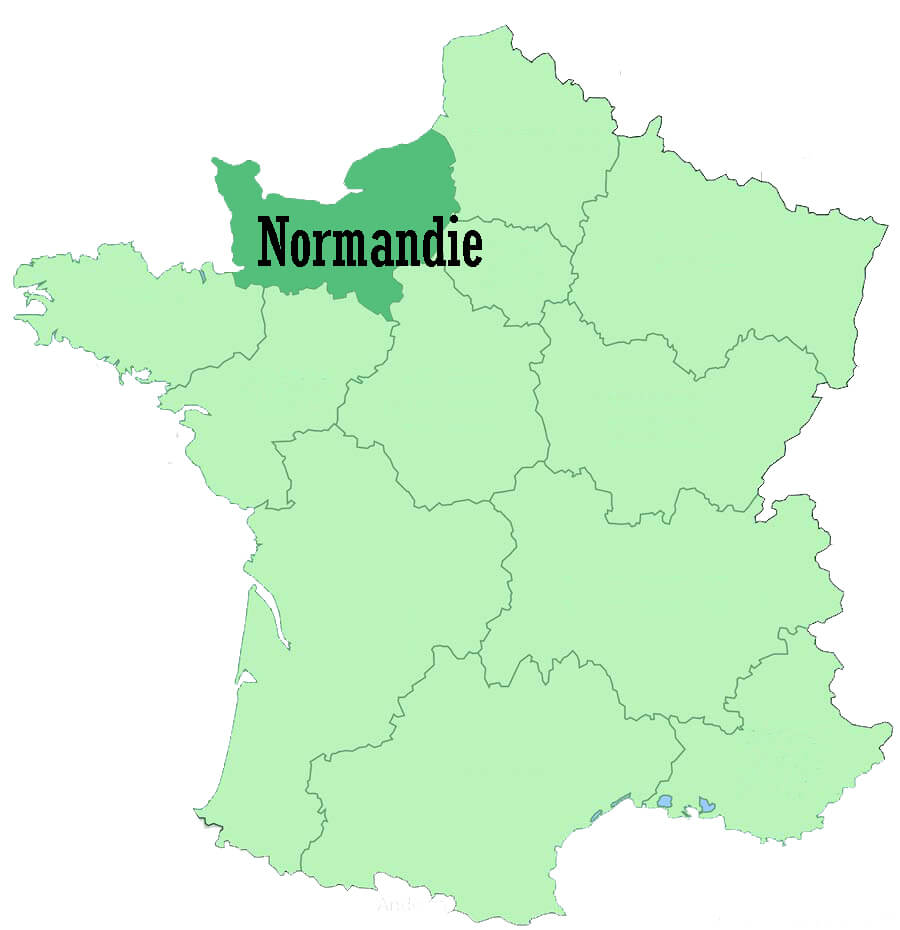
Normandy is also the land of Impressionism, a movement inspired by Monet’s ‘impression’ of the sunrise at Le Havre.
History lovers will be fascinated by Normandy’s history, exploring the D-Day Landing Sites, the medieval streets and cathedral of Rouen, and Mont Saint-Michel, the wonder of the western world. Normandy is also the land of King Richard the Lionheart, William the Conqueror, or Jeanne d’Arc.
Normandy is divided into five departments: Calvados (14), Eure (27), Manche (50), Orne (61), and Seine-Maritime (76). The main cities in Normandy are Le Havre, Caen, and Rouen. There are so many things to do in Normandy that you cannot miss this wonderful region when visiting France!
Related posts
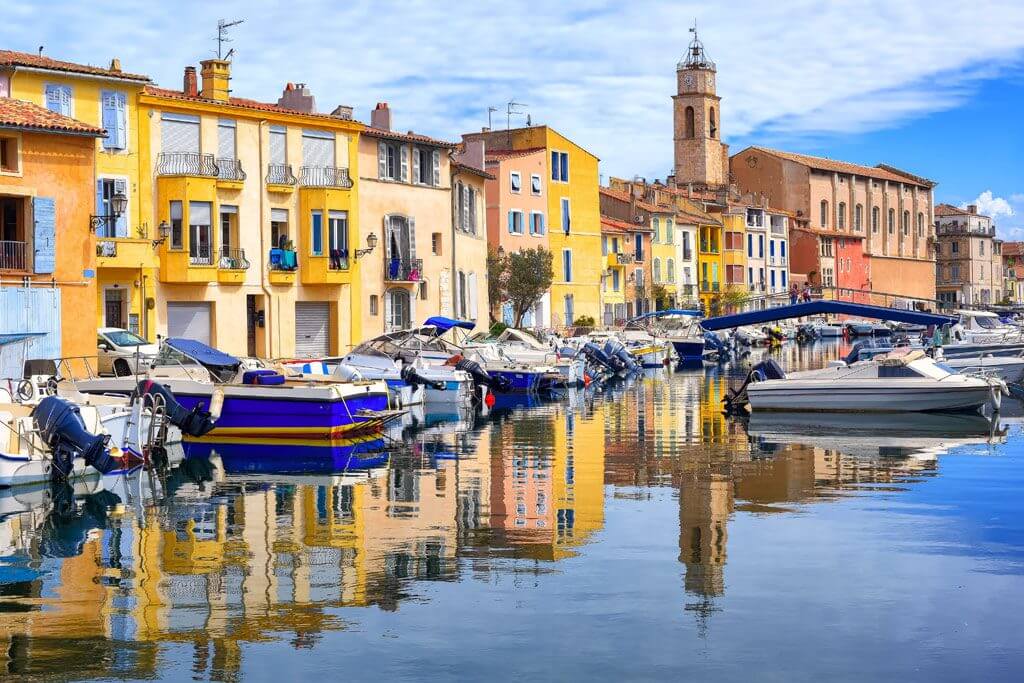
Normandy Travel
BY FERRY: Normandy is well connected with the UK and Ireland through the ports of Cherbourg, Le Havre, Caen, and Dieppe.
Book your ferry to Normandy
BY TRAIN: Traveling in France by train is straightforward. Four national train lines serve Normandy. Three lines connect Normandy to Paris, and there’s a fourth one that connects Caen to Tours:
- Paris – Rouen – Le Havre;
- Paris – Caen – Cherbourg;
- Paris – Argentan – Granville;
- Caen – Alençon – Le Mans – Tours.
You can explore many other places in Normandy by regional trains (TER Normandy).
Book your train tickets to Normandy
Normandy by Car
For extended trips in the region of Normandy, the best way to get around is by car. This region is a great place for memorable French road trips . With a car, some good tunes, and the best company, you are set for one of the best adventures in your life. Driving in France is very easy, and with the car, you can go off the beaten path to visit the best of Normandy.
Recommended road trips in Normandy:
- Road trip Normandy D-Day Sites
- Road trip to Normandy from Paris
If you don’t have your car, we recommend booking in advance through platforms like RentalCar . This site takes all of the major rental companies, such as Hertz, Avis, etc., and compares prices for you. Check out our best tips for renting a car in France .
Browse Car Rental Companies Available in Normandy
Best Places to Visit in Normandy
Where to go in Normandy? Let’s have a look at the best places to visit in Normandy. The list of best things to do in Normandy, France, includes sightseeing, sea towns, lots of architecture, history, and gastronomy.
1. Mont Saint-Michel
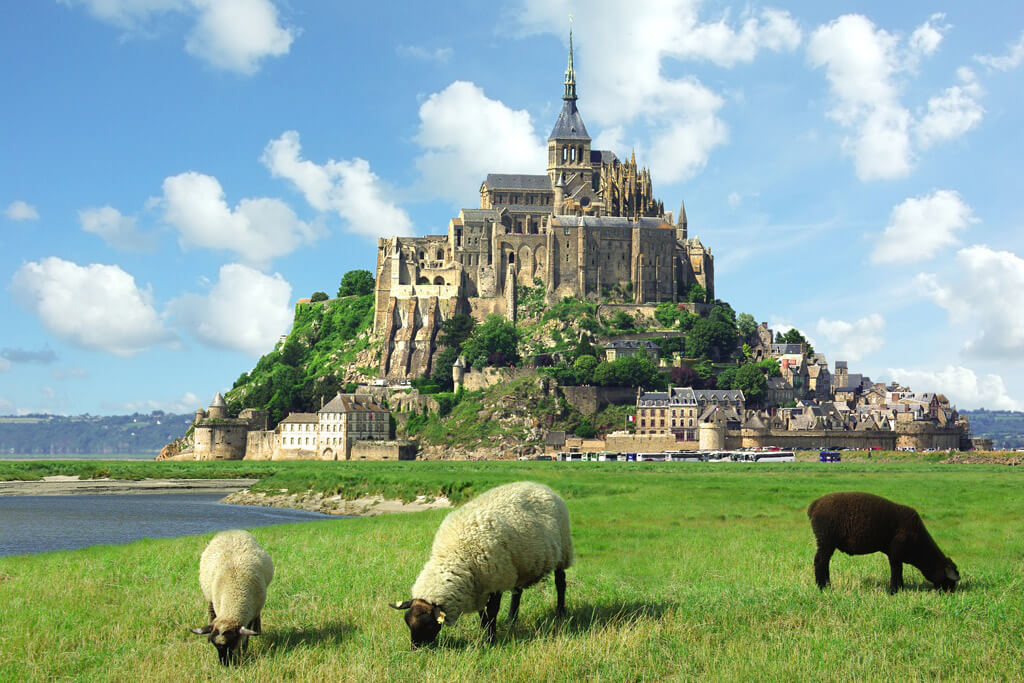
Be moved by the Mont Saint-Michel , Wonder of the Western World. This amazing Benedictine Abbey is one of the main attractions in Normandy. If you can spend only one day in Normandy, then choose to visit Mont Saint-Michel – Click here to buy your tickets .
Mont Saint-Michel is located on a rocky island at the Couesnon River’s mouth, where Normandy and the Brittany region meet. The area is known for its high tides, making the Abbey inaccessible for some hours.
The first structures of this religious site were built in the 10th century. Since then, magnificent monastic buildings were added through medieval times. The spectacular Gothic architecture that we can see today is from Norman times thanks to the ducal patronage.
The Abbey dedicated to Saint-Michel became in Medieval times a renowned center of pilgrimage and learning, attracting some of the greatest minds and manuscript illuminators in Europe. Mont Saint-Michel also had great strategic value and was almost impregnable, never succumbing to British attacks in the Hundred Years’ War.
DID YOU KNOW? Mont Saint-Michel is one of the most popular day trips out of Paris . Visit the Abbey at your own pace or with an audio guide with this top-rated tour to Mont Saint-Michel from Paris , with transportation included.
For a memorable experience, however, spend one night on-site in one of the hotels in Mont Saint-Michel . Wander around the medieval streets when the crowds are gone and watch the waters rise to inundate the entrance to the island.
2. Côte d’Albâtre (The Alabaster Coast)
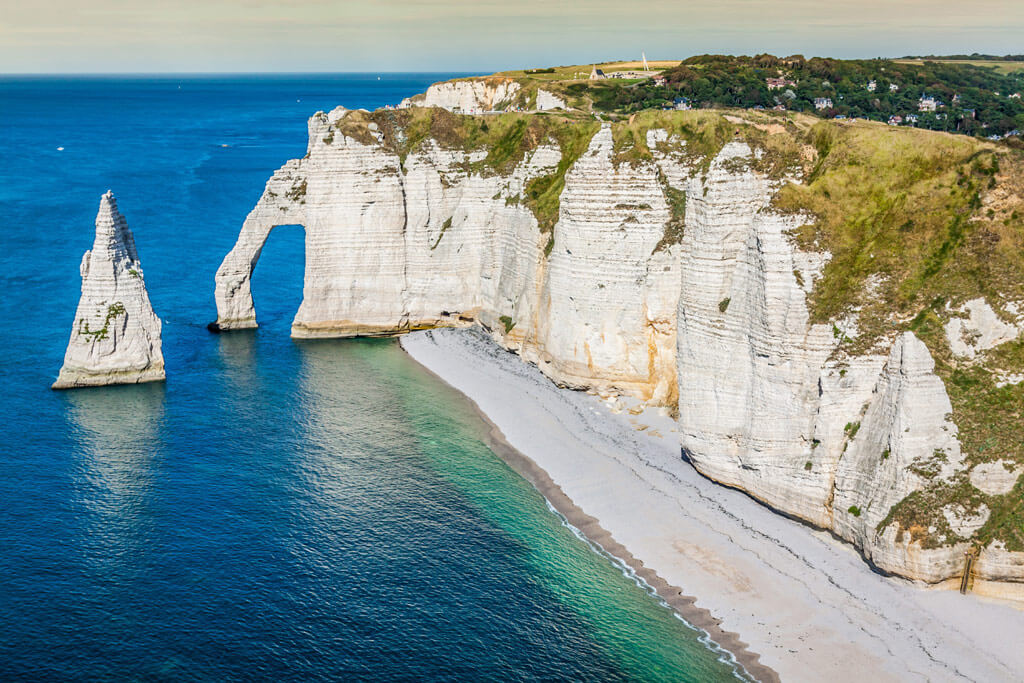
From Dieppe to Étretat , the Alabaster Coast is a land of majestic cliffs, extraordinary valleuses (natural depressions in the cliffs), beaches, and picturesque fishing villages.
Enjoy amazing landscapes bathed by the changing light; this is the land of Impressionists! Painters like Monet, Turner, Courbet, Pissarro, and Renoir put their easel outdoors in this land to capture its beauty.
Stimulated by the beauty of this Norman setting, Monet painted more than 100 pictures along this coast between Dieppe and Varengeville. Then, he fell in love with the cliffs at Etretat , which he captured in some of his masterworks. With its extraordinary rock formations, this picturesque seaside town also captured Eugène Boudin and Gustave Courbet’s attention, who painted more than fifty views of its coastline and sea.
TIP: If you are looking for a romantic getaway in Normandy, book your stay in one of these wonderful hotels in Étretat .
3. Jumièges Abbey
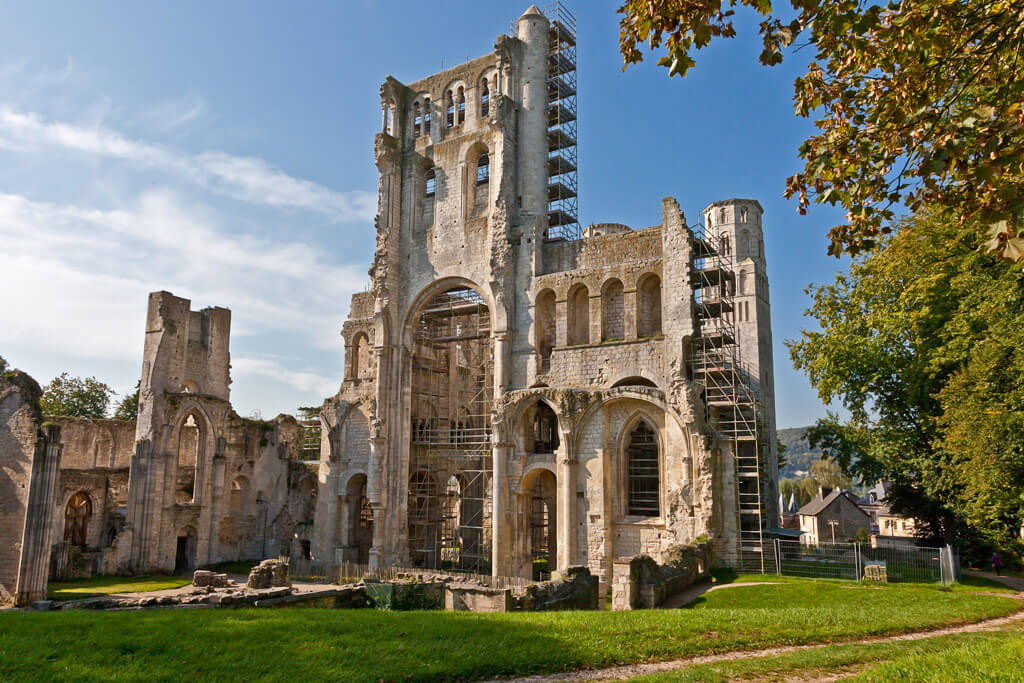
Jumièges Abbey is one of the best things to see in Normandy for history lovers. The abbey was founded in the 7th century, and it was one of the most important Benedictine monasteries in Normandy and France.
The first building was destroyed during the Viking invasions in the 9th century. As these Norsemen settled in Normandy and turned to Christianity, one of their early leaders, William Longsword, reinstituted a monastery from the mid 10th century.
In 1040, construction began on the vast Abbey – often described as the first major Romanesque building in northern France -, and it was consecrated in 1067 with the assistance of William the Conqueror. In the 13th century, when Jumièges was at the height of its power, the abbey church was given a Gothic choir.
Jumièges established itself as a great center of medieval learning. Although the Abbey was a wealthy institution, it was renowned for its care for the poor.
From the 16th century and due to the French Wars of Religion, Jumièges went into rapid decline. The monks ran from fanatical Protestants who looted the place, wreaking devastation. After a small-scale revival, the Abbey was badly damaged during the Revolution, and it became a stone quarry for a time before it became state property. The ruins that remain to this day recall the greatness of the Abbey.
THE ABBEY ROUTE. Jumièges Abbey is part of a string of Norman religious buildings along the Seine, between Rouen and Le Havre. You can find more information on the Seine Abbey Route here.
4. Honfleur
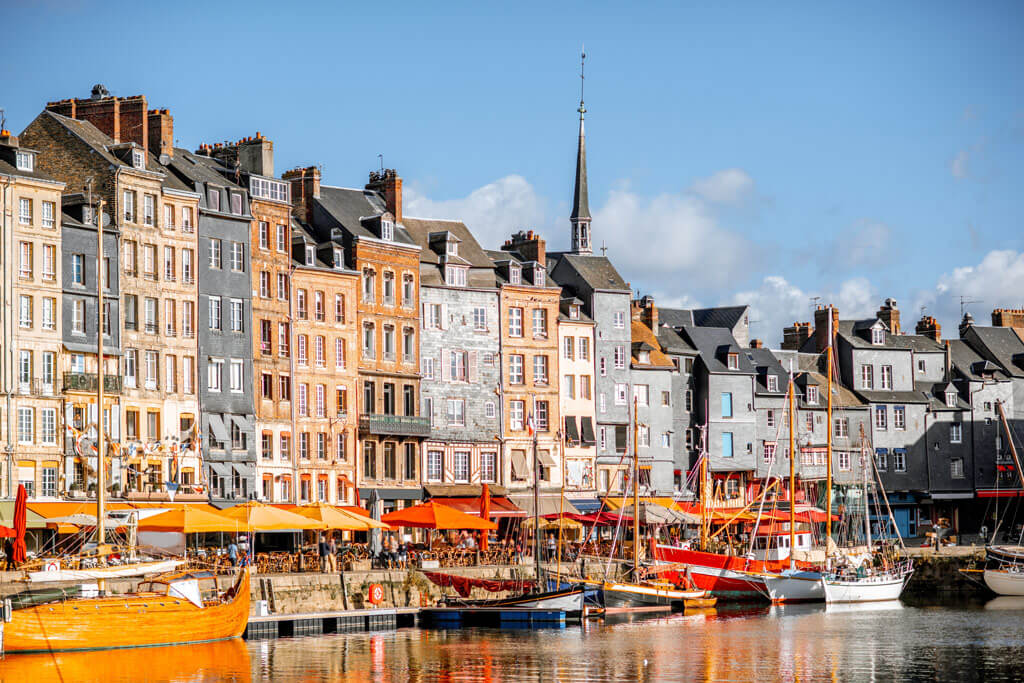
Honfleur is one of the most beautiful coastal towns in France and one of the best places in Normandy. Located in the department of Calvados, on the Seine’s estuary, this old Norman port-city of more than 1,000 years is today a place full of charm and the perfect base camp to explore the Pays d’Auge and the Côte Fleurie in Normandy.
Honfleur was essentially built for commerce. During the Ancien Régime, Honfleur’s shipowners made fortunes from trade, notably with North America. Samuel de Champlain, one of the most famous explorers associated with Honfleur, sailed from this port to found Quebec (Canada).
Honfleur offers visitors a rich historical and artistic past. Beyond the picture-perfect Old Bassin , with its old and charming facades, there are also alleys with old, picturesque houses, the splendid wooden church of Sainte-Catherine, two salt granaries from the 17th century, and much more.
Click here to book your stay in Honfleur
5. The D-Day Landing Sites
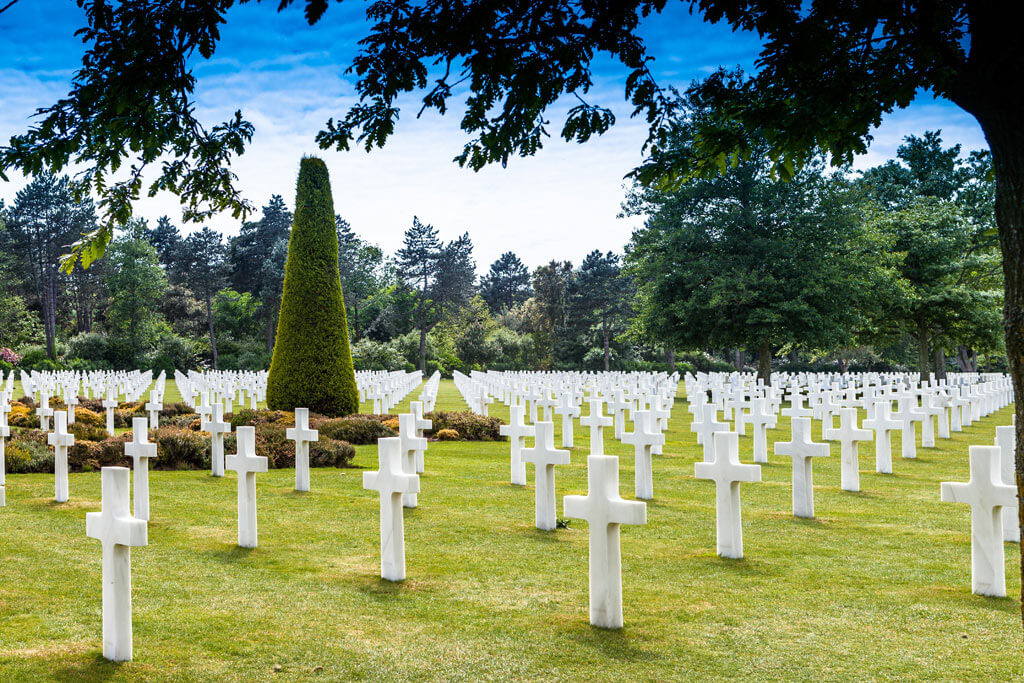
People visiting Normandy can still see many of the historical WW2 sites related to the D-day in Normandy on a day trip or, even better, on a Normandy road trip. The trip to visit the WW2 sites in Normandy can be emotionally exhausting, but it is essential to keep this chapter of our history alive in our memories, so it will never be repeated.
The Normandy Landing operation was the largest seaborne invasion in history. The invasion took place on Normandy’s beaches on Tuesday, 6 June 1944, by the Allies. The operation, known as D-Day, was the beginning of the liberation of German-occupied France (and later Europe) from Nazi control and laid the Allied victory foundations on the Western Front.
The road trip to explore the D-day Landing sites is one of our favorite road trips in France . You can also visit some of these sites on a (long) day trip from Paris. The best D-Day Landing Sites road trip itinerary includes the D-Day Landing Beaches ( Omaha, Utah, Sword Gold , and Juno Beach ), picturesque towns, and some war cemeteries and memorials.
TIP: Everybody loves this Normandy Tour of D-Day Landing Beaches starting from Paris!
6. Château Gaillard and Les Andelys
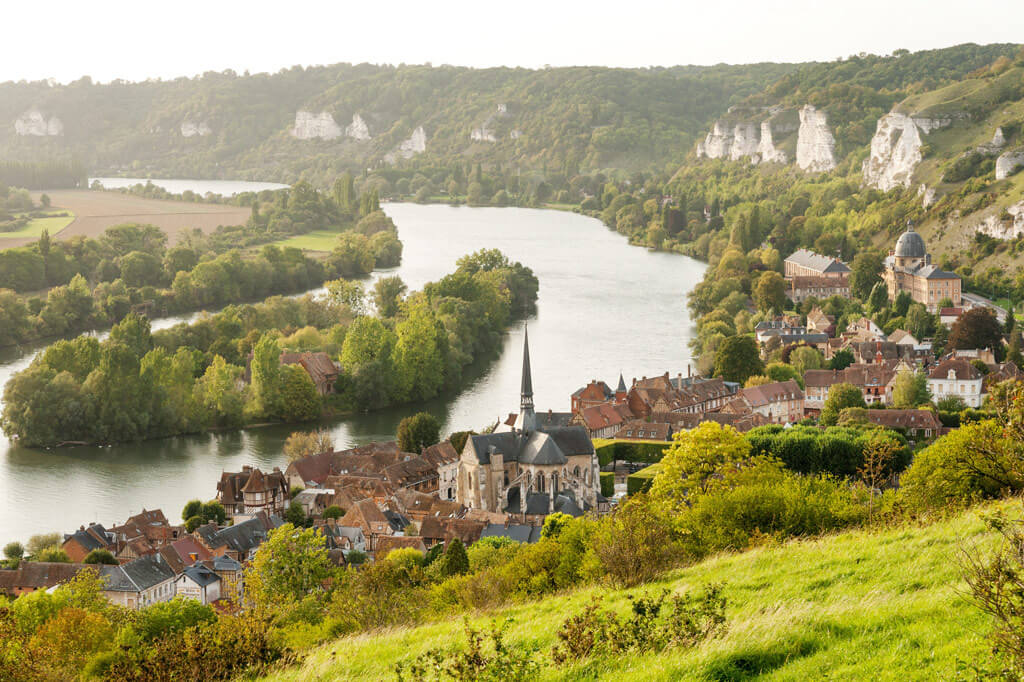
Les Andelys is a picturesque town located in one of the most beautiful sites in the Seine Valley, nestled between the river and a high cliff. The town has different religious buildings from the 13th century and beautiful family houses from the 16th to 19th centuries.
Les Andelys is a great stop on your way to Rouen or Giverny. It is surveyed by the splendid ruins of Château-Gaillard , a medieval fortress built in the 12th century by King Richard the Lionheart (who was also Duke of Normandy) to protect his lands against the French King Philippe Auguste.
Early in 1314, Château Gaillard became the prison of Queen Margaret of France. The French Queen was allegedly caught in the act of adultery in the Tour de Nesle Affair , and she was imprisoned for the last two years of her life, along with her sister-in-law Blanche of Burgundy in this château where she died.
Today, the castle is in ruins, but despite this, there’s a lot to see, including most of the keep and inner bailey and large parts of the outer walls. The view from the castle, over Les Andelys and the Seine’s meanders, is terrific.
7. Medieval City of Rouen
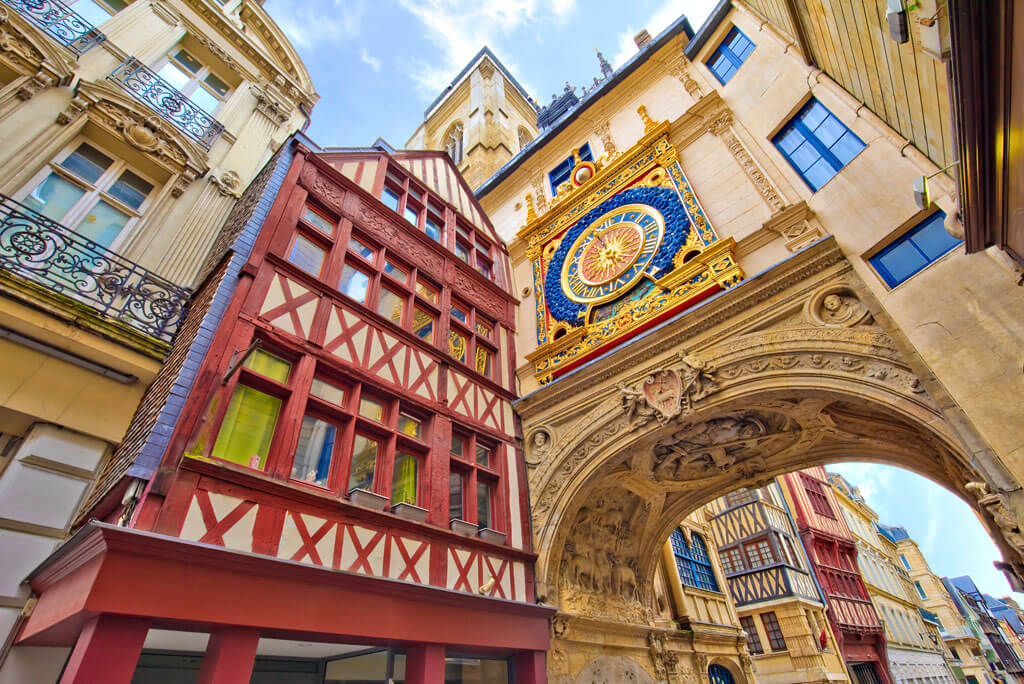
Rouen is one of the two capitals of the Region of Normandy. Because of its numerous churches, abbeys, and other religious buildings, Rouen is nicknamed the ‘city of a hundred bell towers.’ Rouen was the capital of the Duchy of Normandy from 911 to 1204.
Since the 13th century, this city bisected by the Seine River has undergone remarkable economic expansion thanks, in particular, to maritime and river trade.
Disputed by the French and the English throughout the Hundred Years War , it was here that the English imprisoned Joan of Arc and burned her alive on 30 May 1431.
Apart from its rich past, Rouen has an incredible and well-kept medieval heritage. Its cathedral, world-famous thanks to Monet, is one of the highest in the world. The city also has many well-known museums, such as the Museum of Fine Arts , the museum Secq des Tournelles, and the National Museum of Education.
The city can easily be reached by direct train from Paris, and it is a popular day-trip destination for people who want to see other than the French capital. However, we recommend spending at least one night on-site to get the most out of this interesting city.
Click here to book your stay in Rouen
8. The Cider Route
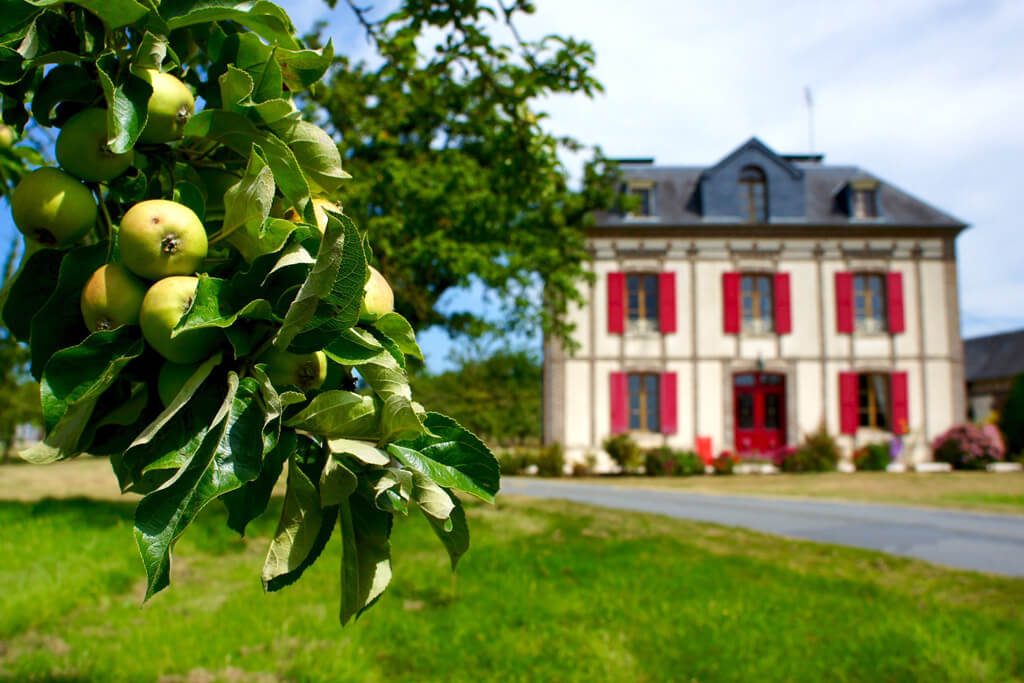
In addition to the numerous sites and things to see in Normandy, the region proposes many interesting circuits, often related to Normandy’s gourmet treasures.
In Normandy, apples abound, and the region produces some famous French drinks based on apples, like cider , Pommeau, or the apple liquor called Calvados .
If you are wondering what to do in Normandy to know more about these drinks, the Cider Trail is worth considering. The Cider Trail is a well-marked 40km tourist circuit through the region of Pays d’Auge in Lower Normandy. The Pays d’Auge is popular for its typical Normandy villages , stud farms, and apple orchards. Some of the orchards are more than 200 years old! Today, Calvados, Cider, and Pommeau are the main products of these orchards.
Get ready to unfold the journey of apples from farms to the table. Some twenty cider producers and distillers of ‘Cambremer Vintage’ Calvados open their cellars and pressing sheds to visitors and encourage them to taste their products along this circuit.
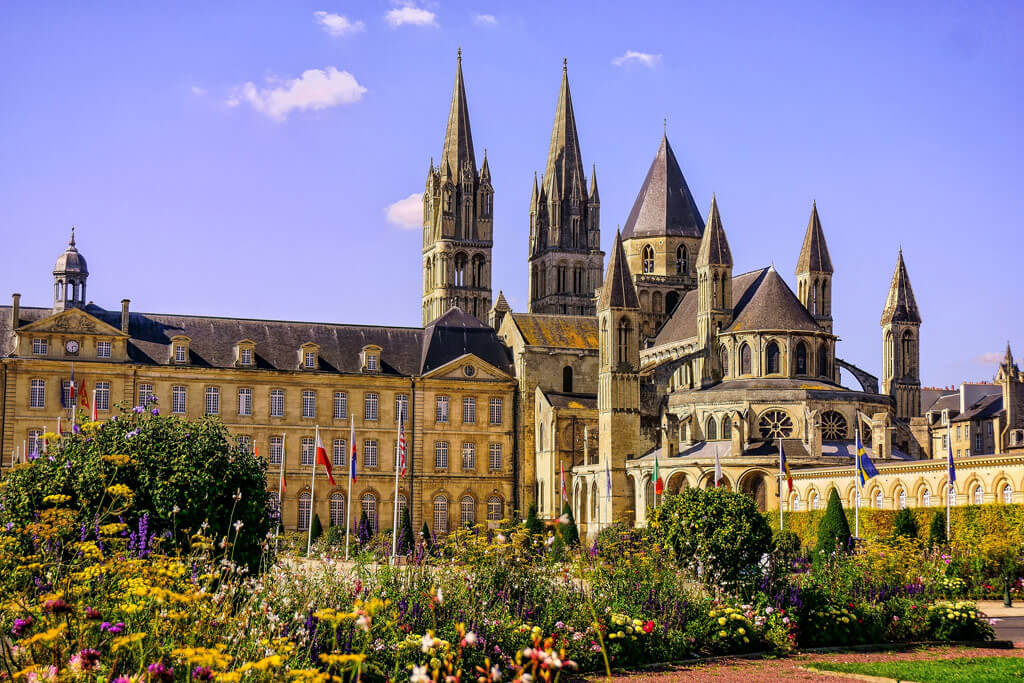
Caen is one of the best cities in Normandy. It is a city with a vibrant history and an attractive place to visit, with plenty of museums, shops, restaurants, gardens, plus the liveliness of a university town. Its strategic position, well connected with Paris and Portsmouth in the UK, makes Caen a great place to start your Normandy wanderings.
During the 11th century, Caen grew into a great city beside the Orne river thanks to William the Conqueror and his wife Matilda of Flanders.
King William built Caen’s Citadel and the impressive Abbaye aux Hommes in Norman Romanesque style. Today the remains of the citadel ramparts are the perfect place for locals to relax when the weather is good, while the Abbaye aux Hommes hosts the tomb of this Duke of Normandy, who later became William I King of France.
One of the latest additions in the city is the Caen Memorial and Museum . This is an excellent museum about WW2, the French occupation, the holocaust, and the post-war era. The museum has a room dedicated to the D-Day Landing Beaches in Normandy, located not far from Caen.
Book your stay in Caen
10. Monet’s Garden & House in Giverny
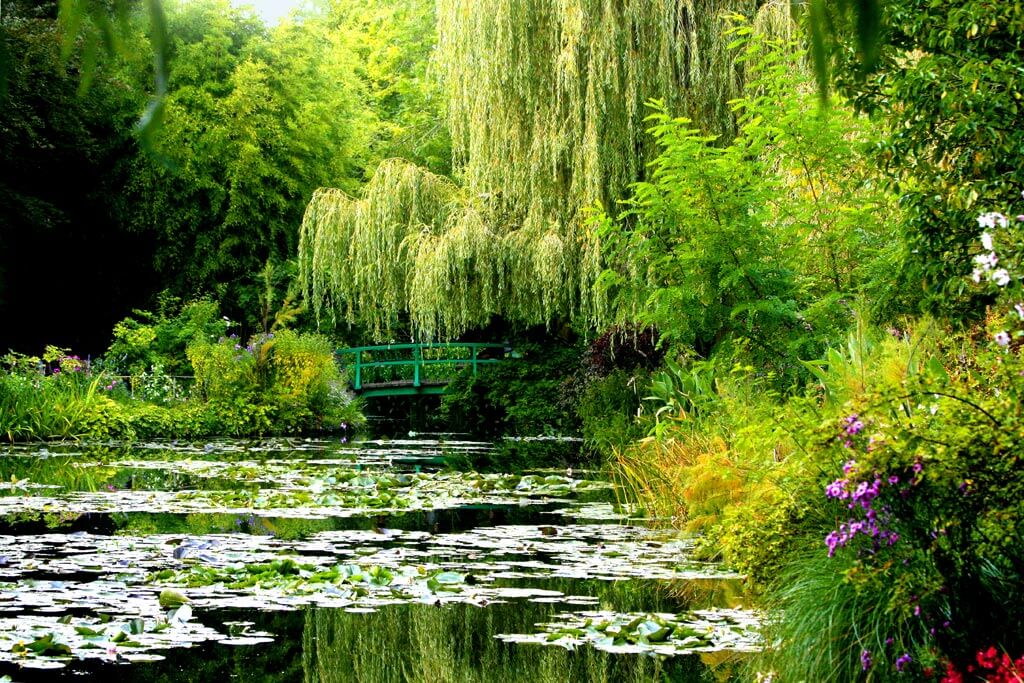
Monet’s Garden in Giverny is another of the top places on our list of what to see in Normandy. Due to its proximity to the French capital, Giverny is also one of Paris’s most popular day trips.
After his success in Paris, Monet had enough money to buy an old construction in the tiny town of Giverny, where he believed he could work better on the light and color. For 40 years and until his death, Monet arranged, rearranged, and enlarged this house and the surrounding gardens, where he died in 1926.
Monet’s gardens are famous for the water lily pond, where Monet painted his world-famous water-lilies series. The house and the attached workshop are also worth the visit, and it is a great opportunity to get a glimpse of Monet’s life and work in Giverny.
Monet’s estate opens its doors with the spring, from 1 April to 1 November 2021. This is one of our favorite places to visit in France in spring , to see the first blossoms, but it is also great to visit under the fall colors. However, June is when the famous water-lilies start to wake up to reach their full blossom in July.
In Giverny, there’s also a small museum dedicated to Impressionism, which is well worth visiting if you have an extra hour in the village.
TIP: This half-day trip to Giverny from Paris is a best seller!
11. Castles of Normandy
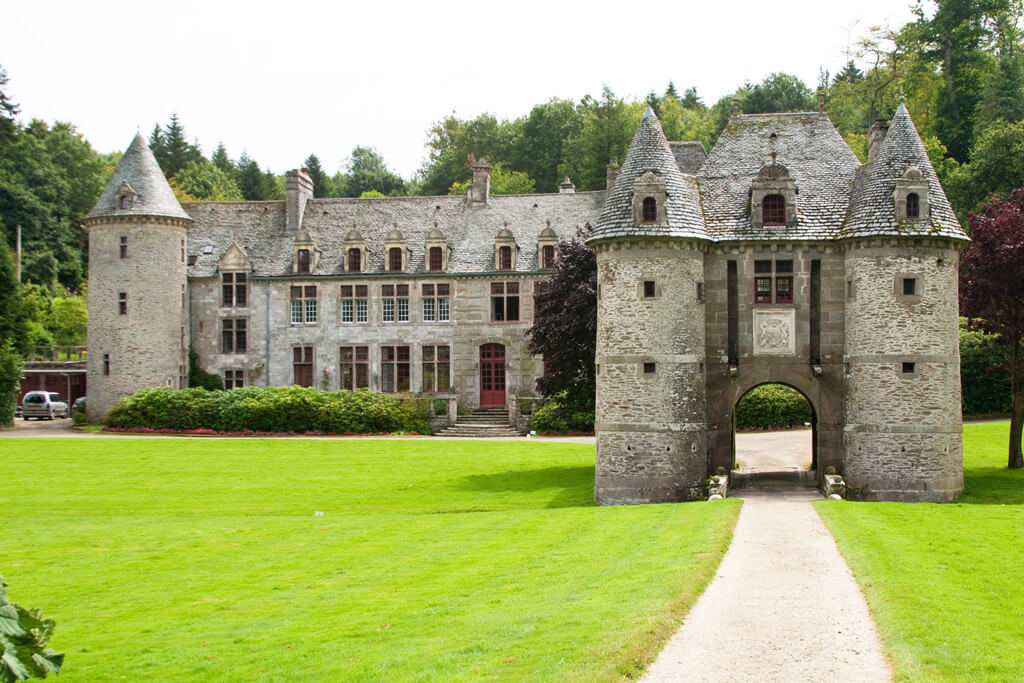
Normandy boasts so many beautiful castles that you could easily justify making a trip to nearly all of them.
During the Hundred Years’ War, many castles were built and fortified in Normandy, ensuring they could serve as strongholds during battles. But there are also beautiful castles built for their owners’ glory that could rival famous castles in France like Versailles or Chantilly .
Our list of best castles in Normandy includes the already mentioned Castle of Caen and Château Gaillard , plus Château of Gisors and Château d’Harcourt (on the picture).
Château d’Harcourt is considered to be one of the best-preserved castles in Normandy. Over the years, enhancements and additions were added, including a curtain wall and nine round towers in the 13th century. Château d’Harcourt is also famous for its arboretum, the oldest arboretum in all of France.
TIP: if you ever dreamed of sleeping in an authentic French château, you will love this list of best château-hotels in Normandy ! The fairy-tale Château de Canisy , in the Manche department, and many others make the perfect shelter for a romantic getaway.
Food & Drinks in Normandy
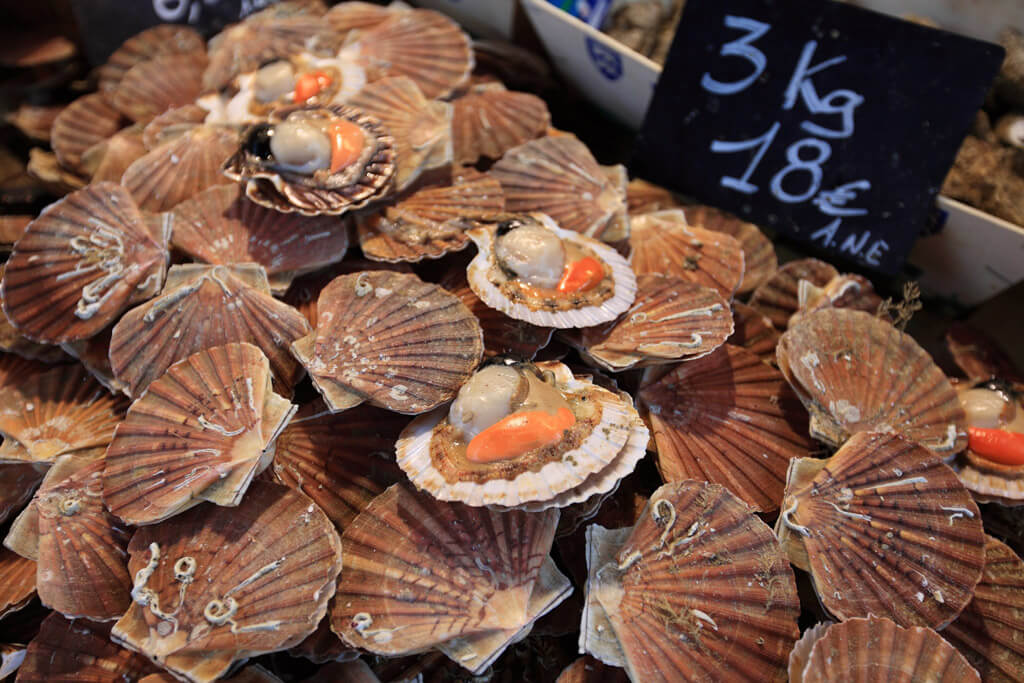
Normandy’s cuisine is determined by its excellent geographical position between fertile lands and the sea. Also, the Norman cows are well known for their milk quality, hence the variety and good quality of the cheese and other milky products.
Normans eat a lot of meat, and if you are around Mont Saint-Michel, you should taste the famous agneau des prés salés . These sheep graze around the Abbey when the tides are low, and the salty taste of this grass gives a unique taste to this tender meat.
Normandy is also the leading producer of oysters, mussels, and scallops in France, so you are in the right place if you like this kind of food!
Apples also play an essential role in Norman cuisine, both in desserts and cider making. The trou normand (Norman hole) is a small glass of calvados, swallowed at once in the middle of the meal, to stimulate the appetite… you should definitely try that!
We cannot finish this chapter on food in Normandy without mentioning the cheese. The list of great Norman cheeses includes famous names like Camembert, Pont-l’évêque, Neufchâtel, or Livarot (all A.O.C), but we invite you to taste and discover other names.
We hope that you enjoyed this list of best things to do in Normandy. If you want to learn about other regions, head to this article about the Regions of France , where we have summarized each region’s highlights.
Click here to explore other French regions
Back to Homepage
Disclaimer: This article may contain compensated links, meaning we get a small commission if you make a purchase through our links. It costs you nothing more (in fact, if anything, you’ll get a nice discount) but helps us to go on creating incredible French content for you. We trust all products and brands promoted here and would never recommend anything that isn’t of value. Please read disclaimer for more info.
(C) Copyright 2019 - 2024 France Bucket List. All Rights Reserved. Designed & Developed by France Bucket List || Disclaimer || Privacy Policy || Contact |
Normandy Travel Guide
Courtesy of © Marco Bottigelli | Getty Images

Best Times To Visit Normandy
The best time to visit Normandy is June to August. Though this is the height of the peak tourist season – which can last from May to mid-October – this period also promises the most pleasant weather. Fall and spring can be optimal shoulder seasons if you're hoping for fewer crowds and better accommodation rates, but a visit during this time will likely require coats (highs hover around the 50s). Winter will usher in the best hotel rates, but some of the businesses in the region's small towns and cities will likely close up shop for the season. Plus, some of the region's top museums close for the month of January.
Weather in Normandy
Data sourced from the National Climatic Data Center
Find Flight and Hotel Deals
Navigate forward to interact with the calendar and select a date. Press the question mark key to get the keyboard shortcuts for changing dates.
Navigate backward to interact with the calendar and select a date. Press the question mark key to get the keyboard shortcuts for changing dates.
Popular Times to Visit Normandy
Tourism volume is estimated based on in-market destination search query interest from Google and on travel.usnews.com in 2015-2016. Hotel prices are sourced from a sample of U.S. News Best Hotels rates through 2015-2016.
Explore More of Normandy

Things To Do
Best Hotels

You might also like

# 1 in Best Christmas Vacations

Aix-en-Provence
# 4 in Best Cheap European Honeymoon Destinations

If you make a purchase from our site, we may earn a commission. This does not affect the quality or independence of our editorial content.
Recommended
The 28 Best Water Parks in the U.S. for 2024
Holly Johnson|Timothy J. Forster May 8, 2024

The 18 Best Napa Valley Wineries to Visit in 2024
Lyn Mettler|Sharael Kolberg April 23, 2024

The 25 Best Beaches on the East Coast for 2024
Timothy J. Forster|Sharael Kolberg April 19, 2024

The 50 Best Hotels in the USA 2024
Christina Maggitas February 6, 2024

The 32 Most Famous Landmarks in the World
Gwen Pratesi|Timothy J. Forster February 1, 2024

9 Top All-Inclusive Resorts in Florida for 2024
Gwen Pratesi|Amanda Norcross January 5, 2024

24 Top All-Inclusive Resorts in the U.S. for 2024
Erin Evans January 4, 2024

26 Top Adults-Only All-Inclusive Resorts for 2024
Zach Watson December 28, 2023

Solo Vacations: The 36 Best Places to Travel Alone in 2024
Lyn Mettler|Erin Vasta December 22, 2023

26 Cheap Beach Vacations for Travelers on a Budget
Kyle McCarthy|Sharael Kolberg December 4, 2023

- 0 Favorites
How to get to Normandy
Normandy Tourism, France
- Active & outdoor
- Lifestyle & Wellness
- Discover Normandy
- Plan your trip
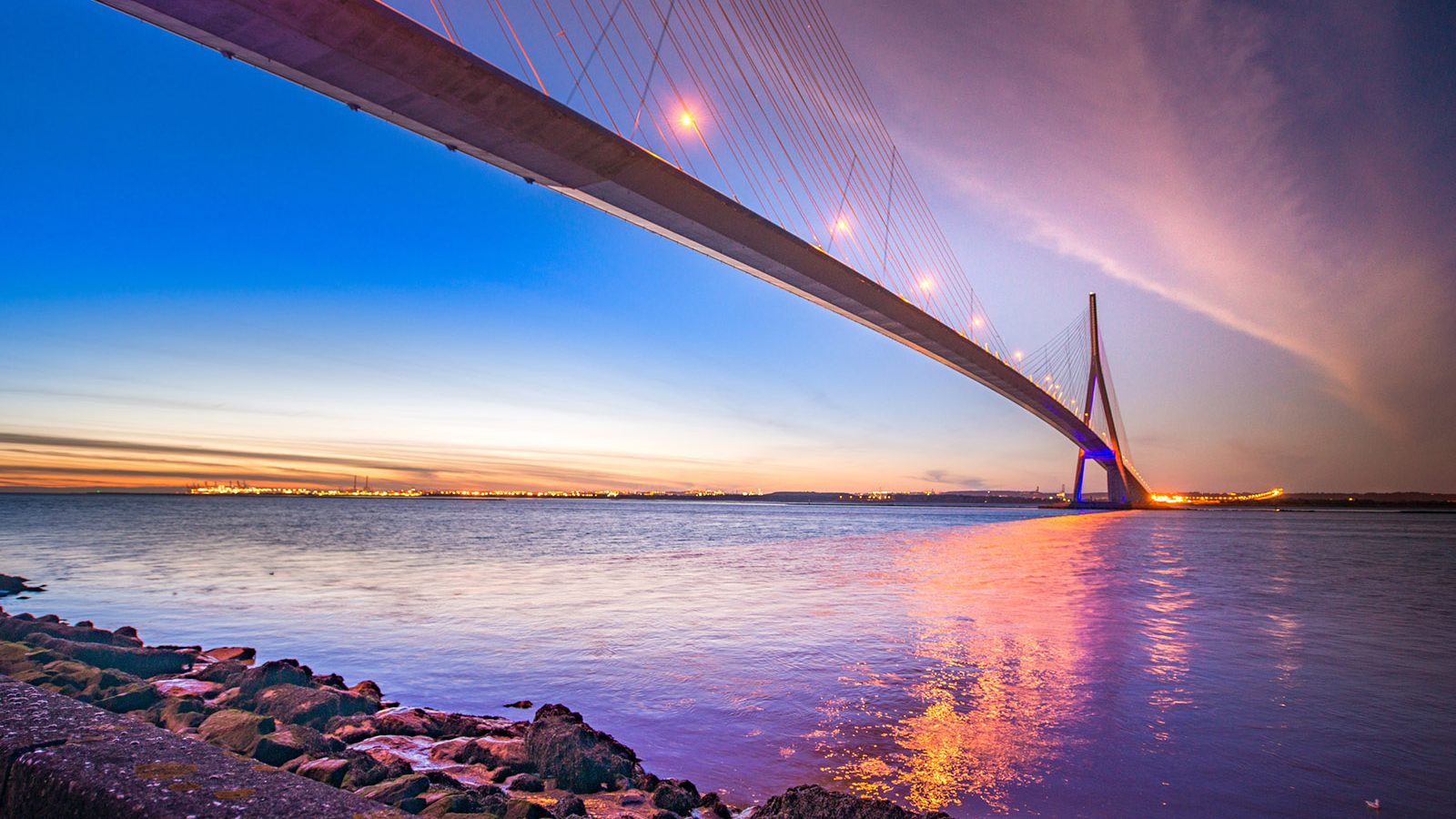
© Laurent-6494 / Fotolia.com
Find out more
Updated on 29 April 2024
Reading time: 3 minutes
Add to my bookmarks :
- Add to bookmark
A two-hour train journey from Paris, with one international airport and four cross-Channel ports, Normandy is easily accessible by rail, air, ship and road, thanks to excellent transport connections and a fantastic public transportation network.
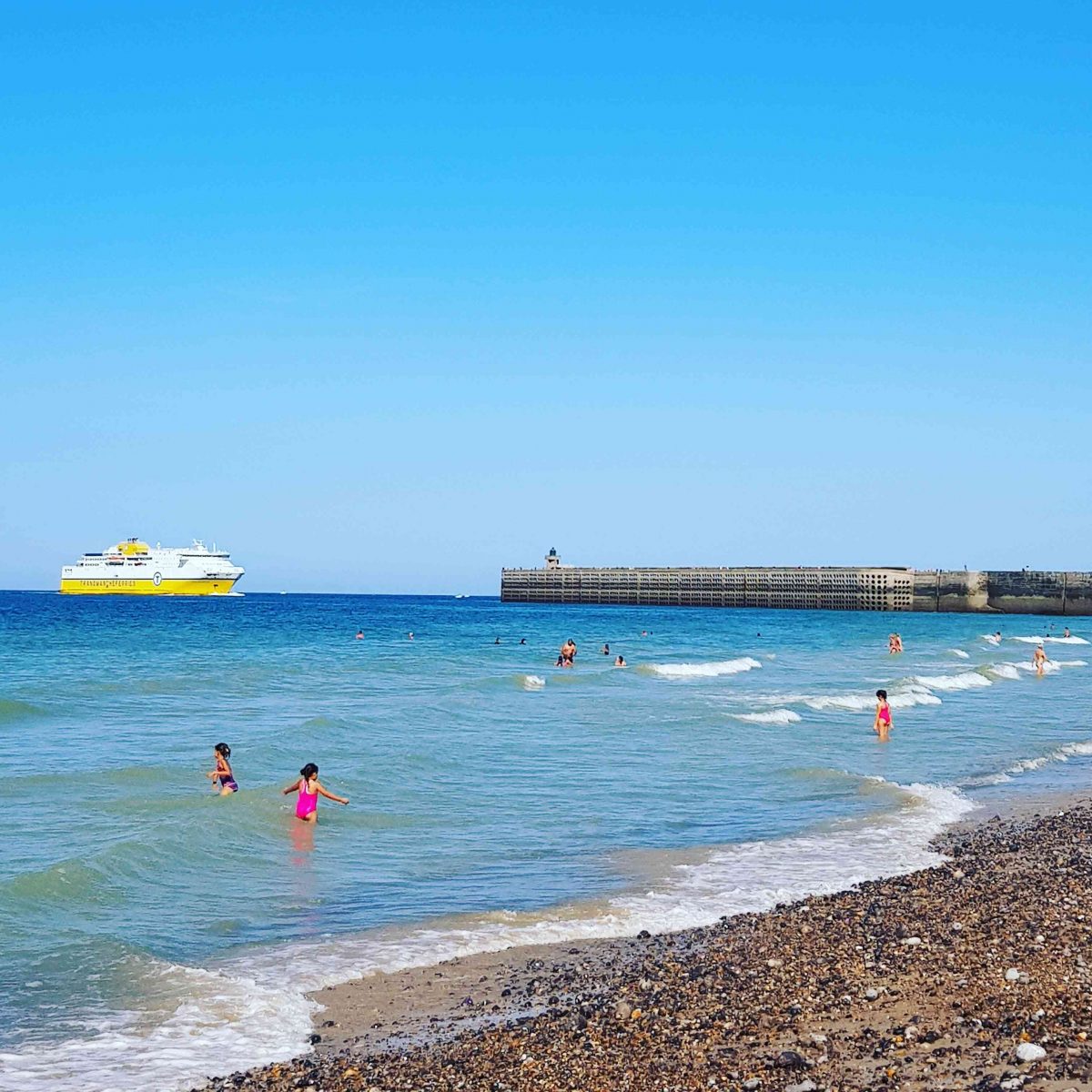
From the UK
Direct to Normandy:
- Brittany Ferries : Portsmouth to Le Havre, Caen-Ouistreham and Cherbourg; Poole to Cherbourg
- DFDS Seaways : Newhaven to Dieppe
From Dover to Calais:
Calais is 1h30′ drive to the first border of Normandy
- P&O Ferries
- DFDS Seaways
- Irish Ferries
From Ireland
- Irish Ferries : Dublin to Cherbourg
- Stena Line : Rosslare to Cherbourg
- Brittany Ferries : Rosslare to Cherbourg and Rosslare to Le Havre (new for 2023)
The price comparison websites aferry.co.uk and directferries.co.uk have a search function to compare the available ferries from all operators at your chosen port between the UK and France.
From the Channel Islands and the Chausey Islands
- Manche Iles Express *: From Diélette, Barneville Carteret and Granville, to the Channel Islands of Jersey, Guernsey, Sark and Alderney, and to the Chausey Islands
- Jolie France *: From Granville to the Chausey Islands
*Please note some ferry crossings are seasonal
Whether travelling on national roads, motorways or country lanes, plan your route, distances, travel time, and tolls and petrol costs on viamichelin.com
- From Paris Saint-Lazare train station: Rouen, Le Havre, Dieppe, Evreux, Bernay, Lisieux, Deauville-Trouville, Caen, Bayeux and Cherbourg
- From Paris Montparnasse train station: Alençon, Bagnoles-de-l’Orne, Argentan, Granville and the Mont-Saint-Michel (via Pontorson or Villedieu-le-Poêles).
To plan your trip by train, check the national train network SNCF CONNECT To plan your trip by train, check the regional train network Normad Normandie
Via Eurotunnel: The Eurotunnel terminus in Coquelles is only 1h30′ from Le Tréport, one of the gateways to Normandy.
- The coach company Blablabus runs out of Paris and a few other French cities to Normandy
- Flixbus also connects Paris to many cities in Normandy
Public transport
Normandy has an extensive public transport network, enabling you to have a full day out exploring the area without using the car.
Travelling around Normandy
Make use of the Atoutmod search engine to get as quickly as possible from A to B on public transport in Normandy (website available in English).
With over 310 miles (500km) of cycling routes, there’s no better way to explore the stunning scenery and rich heritage of Normandy than on a bike. The varied cycling routes offer a range of great cycling experiences to suit all ages and abilities, from traffic-free family rides to challenging hilly trails.
Normandy is surrounded by three international airports – Paris Charles de Gaulle , Paris Orly and Nantes International Airport , with daily flights from destinations all over the world.
Normandy itself boasts four airports mainly for domestic flights. However, Caen-Carpiquet and Deauville Airports also run regular international flights.
The French and Norman independent regional Chalair airline launches a new seasonal route between Kerry in Ireland to Caen , on Saturdays from 29 June to 21 September 2024.
A new route is also available from Southampton to Caen-Carpiquet airport , on Fridays from 28 June to 20 September – on Sundays from 30 June to 22 September 2024.
Reservations are open and can be made on the Chalair website chalair.fr and through travel agencies (physical or online).
- Caen-Carpiquet Airport
- Deauville Airport
- Cherbourg Airport
- Le Havre Airport
- Rouen Airport

Caen in all seasons
Updated on 17 August 2023
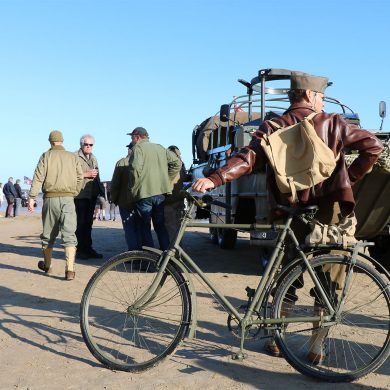
Ten good reasons to visit Normandy in 2024
Updated on 19 January 2024
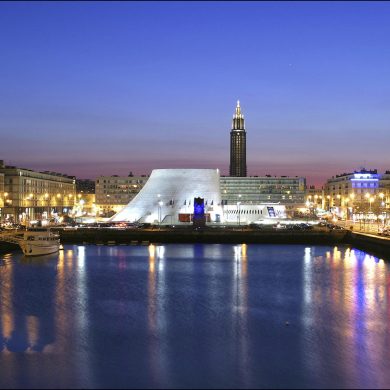
Le Havre in all seasons
Updated on 24 June 2020
don’t miss
Day trips from Paris Travelling to Normandy by ferry Holidays in Normandy Frequently asked questions
Return to top
Are you already in Normandy?
Plan what to see and do while you’re here by visiting normandy-secrets.com, which lets you in on all of the local secrets and hidden gems in the immediate vicinity!
Close search box

D-Day 80: What key events are happening in France and the UK?
D -Day veterans, royalty and world leaders are expected to gather in Normandy to mark the 80th anniversary of the largest seaborne military invasion in history.
Events will occur in the UK and France , commemorating the allied troops involved in Operation Overlord on June 6 1944.
Here are some of the key commemoration events taking place:
– May – June A Torch of Commemoration organised by the Commonwealth War Graves Commission will travel from the UK to Normandy to mark D-Day’s 80th anniversary.
Events will take place at locations across the UK before crossing to Normandy for the 80th anniversary of D-Day.
The torch ceremony will begin at Botley Cemetery, Oxford on May 15 and the flame will then travel to City Cemetery, Cambridge on May 16, Brookwood Military Cemeteries in Surrey on May 17, and the Naval Memorial, Kent on May 18.
It will continue on to Plymouth’s Naval Memorial on May 20, Haycombe Cemetery, Bath, on May 21, Newark Cemetery on May 23, and Stonefall Cemetery in Harrogate on May 24.
Further events will include a torch ceremony and exhibition at Imperial War Museum North in Manchester on May 29 and a symbolic lighting of the torch followed by speeches by veterans at the National War Museum in Edinburgh on the same date.
Other events paying tribute to those carrying the torches will take place at Runnymede Memorial, Surrey on May 30 and the D-Day Story museum in Portsmouth on June 3.
The final leg, starting on June 4, will see the living flame of commemoration light every Commonwealth War Graves Commission grave in Normandy.
The Royal British Legion (RBL) will lead a service at the Bayeux war cemetery in Normandy, hosting D-Day veterans and the families of those who served, and focusing on the personal experiences of troops.
In the evening, a candlelit vigil is to be held at the cemetery, where 4,500 graves will be illuminated, while the Commonwealth War Graves Commission is leading a service at Bayeux Cathedral.
Meanwhile, thousands of people will join D-Day veterans and VIP guests on Southsea Common in Portsmouth.
The event is set to feature military musicians, a Royal Air Force flypast and tributes from speakers, and will be broadcast live across the UK and the world.
The UK national commemorative event in France will be held in the daytime at the British Normandy Memorial in Ver-sur-Mer, which contains the names of the 22,442 servicemen and women who fell during D-Day.
Veterans and 2,000 guests will be in attendance, including high-ranking figures, with this year marking the first time the British Normandy Memorial has been at the heart of major anniversary commemorations.
The official international ceremony takes place at Omaha Beach, where around 2,500 American soldiers died.
French President Emmanuel Macron is expected to attend along with other global heads of state, as well as veterans.
On Normandy’s Juno Beach, the Government of Canada will host a ceremony to honour Canadian soldiers involved in the invasion.
At 2pm in the UK, the RBL will host a service of remembrance at the National Memorial Arboretum in Staffordshire, with veterans and their families set to attend.
The arboretum will be open as normal on the day, allowing visitors to watch the service within the grounds.
The Spirit of Normandy Trust is due to host a service at Ranville cemetery.
Register now for one of the Evening Standard’s newsletters. From a daily news briefing to Homes & Property insights, plus lifestyle, going out, offers and more. For the best stories in your inbox, click here .

Lucas: Protesters missing a lesson in history
Share this:.
- Click to share on Facebook (Opens in new window)
- Click to share on Twitter (Opens in new window)
- Click to share on Reddit (Opens in new window)
- Click to print (Opens in new window)
- Entertainment
- Multimedia/Video
Latest Headlines

That would be the kindest way to deal with the virulent and mindless cross country campus attacks on Jews, who happen to be fellow students as well as fellow Americans.
They don’t know what they are doing.
Otherwise, they would not be chanting, among other menacing slogans, that “There is only one solution” in dealing with Jews, which instantly recalls Hitler’s “Final Solution.”
That was the Nazi World War II systematic murder of six million innocent Jewish men, women and children merely on the grounds that they were Jews.
Do these supposedly educated students at Columbia, Yale, Harvard, George Washington University, MIT and elsewhere really know what they are chanting about? Do their professors know?
Do they even teach history in college these days, let alone World War II? Are places like Dachau, Auschwitz and Buchenwald even mentioned?
Perhaps they do not know, which is bad enough. But it would be pure evil if they do know and chant their death chants anyway.
Either way it is what Hannah Arendt called the “banality of evil.”
That is what happens when evil behavior and immoral principles among average people are normalized, like Hitler and Nazi’s Germany attitude toward killing Jews because they were Jews.
It is similar to the behavior of the thousands of average American college students who have suddenly morphed into virulent Jewish haters under the guise of Israel’s justified invasion of Gaza after Hamas first invaded Israel
Arendt, a Jewish philosopher and writer, made her remark about the “banality of evil” in her 1963 book “Eichman in Jerusalem: a Report on the Banality of Evil.”
Eichmann, an average German who embraced Naziism, was responsible for transporting millions of Jews to Nazi death camps to be exterminated during the Holocaust.
He was captured by the Mossad, Israel’s secret service, hiding out in Argentina after the war and brought to Israel to stand trial. He was found guilty and hanged in 1962. What surprised many was that there was nothing remarkable about Eichmann.
There is nothing remarkable about the pro Hamas, Jew-baiting college students taunting Jews and wrecking college campuses and college life either.
In Germany, however, the Jews were falsely blamed for Germany’ defeat in World War One, and the Nazis built on that lie to vilify all Jews, including German Jews, many of whom had fought for Germany in the war. The Nazis claimed that they Jews had stabbed Germany in the back and the German people bought into it as though it were true.
In the United States, unlike in Germany, the feverish anti-Jewish hate that has swept across college campuses is not natural, but has been brought in by immigrants, professors and “students” from Mideast Arab and Muslim nations.
They have impacted tenured progressive college professors and weak-minded college presidents and administrators to not only turn against U.S. support for Israel, but to turn against their own Jewish students as well.
It is shameful what they are doing to the country.
During summer break, some of these professors should be forced to take their students to Normandy where the U.S. landed on the beaches on June 6, 1944—eighty years ago next month– to begin the defeat of Hitler, Germany, and the Nazis. The U.S, and its allies freed the Nazi occupied European democracies like France, Belgium, The Netherlands and so on.
Belatedly as it was, they also freed the still living Jews from the Nazi death camps like Dachau and the other Nazi extermination hellholes.
Above the beach at Normandy is the American cemetery at Colleville-sur-Mer with its sweeping view of the sea and beaches below. There are 10,000 young American soldiers buried there, many killed on those beaches. They died fighting for freedom.
There are rows upon rows of crosses upon the graves. There are also many graves marked with the Star of David.
It was America at its best. Go see it.
Peter Lucas is a veteran political reporter. Email him at: [email protected].

More in Opinion Columnists

Robbins: At 100, Lt. Benjamin continues to inspire

Editorial: Biden can’t read the room – it could cost him

Letters to the editor

Cain: Warren challenger targets practical solutions

IMAGES
VIDEO
COMMENTS
Welcome to the official Normandy Tourism website, packed with ideas for things to see and do, places to stay, events, maps, videos and more! Close menu. Normandy Meetings & Events ; Normandy Travel Trade ; ... Normandy Travel Trade; Normandy Meetings & Events; Supported by. organiser of.
Located along the northwest coast of France, planning the perfect 3, 4 or 5-day Normandy road trip itinerary is an excellent way to experience this diverse region. Boasting picturesque countryside, charming coastal towns, and iconic landmarks, this is an excellent corner of France to explore. Whether you're interested in the history of the D ...
Holly Johnson December 1, 2023. Ranking of the top 18 things to do in Normandy. Travelers favorites include #1 D-Day Beaches, #2 Mont Saint-Michel Abbey (Abbaye du Mont-Saint-Michel) and more.
Normandy Travel Tips. Best Months to Visit. The best time to visit Normandy is June to August. Though this is the height of the peak tourist season - which can last from May to mid-October ...
The great diversity of landscapes throughout Normandy offers the perfect backdrop for adventure activities like climbing, hiking, sailing, cycling, skydiving and more. Ideal for adding a touch of action and thrills to your holiday! Normandy is well known for its simple pleasures and relaxed way of life. Whether you're here for the weekend or ...
Detour: Coutances is a 15-minute drive from Gouville-sur-Mer and is home to one of Normandy's best creperies, Crêperie Le Râtelier, which has been around for over 20 years. Call ahead to reserve a table (+33 2 33 45 56 52) since it's often fully booked and ask for the soubise, a simple crepe of confit onion and butter. 6.
France, Europe. Check out this year's Best in Travel winners. From the Norman invasion of England in 1066 to the D-Day landings of 1944, Normandy has long played an outsized role in European history. This rich and often brutal past is brought vividly to life by the spectacular and iconic island monastery of Mont St-Michel; the incomparable ...
1. Abbaye du Mont-Saint-Michel. 14,722. Historic Sites. Admission tickets from $9. The Benedictine Abbey of Mont-Saint-Michel is one of the most remarkable examples of mediaeval religious and military architecture and was one of Christianity's most important pilgrimage sites from the 8th to the 18th century.The Abbey comprises a superb ensemble ...
Get information on Normandy Travel Guide - Expert Picks for your Vacation hotels, restaurants, entertainment, shopping, sightseeing, and activities. Read the Fodor's reviews, or post your own.
D-Day beaches. Normandy was also the scene of significant events in the 20th century, including those of June 6, 1944. The Normandy landings changed the face of World War II and, more broadly, the world, as Allied soldiers from a variety of nations including Canada set foot on the French shore in the largest sea invasion in history.
The food of Normandy. The food of Normandy owes its most distinctive characteristic - its gut-burting, heart-pounding richness - to the lush orchards and dairy herds of the region's agricultural heartland, and especially the Pays d'Auge southeast of Caen. Menus abound in meat such as veal (veau) cooked in vallée d'Auge style, which consists largely of the profligate addition of ...
Normandy. Sweeping coastlines, half-timbered towns, and thatched roofs decorate the rolling green hills of Normandy. Despite the peacefulness you sense today, the region's history is filled with war, from Viking invasions to William the Conqueror, from Joan of Arc, and of course the 1944 battles of D-Day. The rugged, rainy Norman coast harbors ...
Day 1: Drive along the coast in Normandy. Rent a car in Paris and drive to Normandy's coast. Be aware that avoiding toll roads in France is tricky and you should expect to pay up to 20 euros to get up to Normandy. If you don't have four days in Normandy, this part of the trip can easily be done as a weekend trip from Paris.
Barfleur. 23. Côte Fleurie. Map of Attractions & Places to Visit in Normandy. 1. Mont Saint-Michel. Mont Saint-Michel. An important medieval pilgrimage destination, Mont Saint-Michel is a UNESCO World Heritage Site. Both the Abbey of Saint-Michel and the Bay of Saint-Michel are protected under this designation.
The Perfect Itinerary for a Road Trip in Normandy. Planning a driving tour of Normandy? Well here are some terrific places to visit during your time there. Stop 1: Rouen. The capital of Northern France, Rouen is the perfect place to start your scenic drives in Normandy. Located on the River Seine, it is a city rich in history.
Here's an overview of my recommended one week itinerary for visiting Normandy: Day 1: Drive to Rouen, stop in Giverny or at Chateau Gaillard. Day 2: Explore Rouen. Day 3: Drive to Honfleur. Day 4: Day Trip To Etretat and/or Fecamp. Day 5: Day trip to Le Havre or Deauville. Day 6: Drive To Bayeux.
What's in this article. 4 day northern France itinerary - Rouen & Normandy's classic coast. Day 1 - Rouen: Medieval city with half timbered houses. Day 2 - Picturesque harbour town Honfleur. Day 3 - Trouville by the sea. Day 4 - Étretat - the spectacular Normandy coastline. Tips for visiting Normandy with kids.
Normandy Travel. BY FERRY: Normandy is well connected with the UK and Ireland through the ports of Cherbourg, Le Havre, Caen, and Dieppe. Book your ferry to Normandy. BY TRAIN: Traveling in France by train is straightforward. Four national train lines serve Normandy. Three lines connect Normandy to Paris, and there's a fourth one that ...
Best Times To Visit Normandy. The best time to visit Normandy is June to August. Though this is the height of the peak tourist season - which can last from May to mid-October - this period ...
9 days from $5,090. Settle into the Old Harbor of Honfleur, a favorite haunt of the impressionists, and spend a week immersed in the art, cuisine, history, and traditions of Normandy. Retrace the events of D-Day on Omaha Beach, admire the remarkable Bayeux Tapestry, and explore the fortified abbey of Mont-Saint-Michel. Request a Brochure.
Travelling around Normandy . Make use of the Atoutmod search engine to get as quickly as possible from A to B on public transport in Normandy (website available in English).. BY BIKE. With over 310 miles (500km) of cycling routes, there's no better way to explore the stunning scenery and rich heritage of Normandy than on a bike.
With the 75th anniversary of D-Day this year we felt it would be a great way to help people know some of the amazing places to visit in Normandy. From the D-...
Events will take place at locations across the UK before crossing to Normandy for the 80th anniversary of D-Day. The torch ceremony will begin at Botley Cemetery, Oxford on May 15 and the flame ...
Above the beach at Normandy is the American cemetery at Colleville-sur-Mer with its sweeping view of the sea and beaches below. There are 10,000 young American soldiers buried there, many killed ...